- Home
- //
- Blog
- //
- In the News: Capitol Federal® and Architecture Students Collaborate on Reptilian Pavilion
In the News: Capitol Federal® and Architecture Students Collaborate on Reptilian Pavilion
University of Kansas School of Architecture and Design students honor the original Capitol Federal building
Capitol Federal and the University of Kansas School of Architecture and Design have collaborated to offer a unique experience to Topeka’s children. The Reptilian Pavilion, a concrete and steel structure designed to honor the original Capitol Federal building that stood in downtown Topeka from 1924 until 1960, will open at the Kansas Children’s Discovery Center following phase one construction on May 27, 2021.
Third year KU architecture students enrolled in a design-build studio were inspired by the original Capitol Federal building at 534 Kansas Avenue in Topeka. The architectural landmark, designed by George Elmslie and within the Prairie Style originating in Chicago, blended local flora and themes derived from the State of Kansas in the sculptural details to produce a unique piece of architecture that carried with it stylistic blends emerging in major cities at that time.
Working with retired Architect Jim Dunlap, who provided reference materials on the project, the students studied the nature-inspired architectural ornamentation of the original building crafted in terracotta. The students then designed a shade pavilion and interior exhibit on architecture to be installed at the Kansas Children’s Discovery Center. The pandemic delayed the project and placed the interior exhibit on permanent hold, but the outdoor structure was still needed. A second group of students has brought the project to life at the children’s museum, and a later group will install the terracotta tiles.
The pavilion is the product of a partnership between the KU School of Architecture and Design, Capitol Federal, KBS Constructors, McClure Engineering, AZZ Galvanizing, Foley Equipment Rentals, the Kansas Children’s Discovery Center and other supporters.
“Capitol Federal is proud to honor and celebrate our history in this unique and creative way,” said Tom Hagen, Corporate Communications for Capitol Federal. “While our former CapFed headquarters has since been demolished, the inspiration and real world experience it has brought to these KU School of Architecture and Design students will last a lifetime. We are excited that kids who come to the Kansas Children’s Discovery Center will have the opportunity to learn more about Topeka’s past, and about architecture, for generations to come.”
That’s because the Discovery Center on Friday, May 13, unveiled a new, scaly roof on its Reptilian Pavilion that offers a cool place to play during the summer. The project began in 2020, with students from the University of Kansas School of Architecture and Design starting to design the pavilion. Construction began during spring 2021 with the base structure, and was then completed this spring by eight KU architecture students and presented to the public during an informal open house.
The student volunteers originally planned to use terra cotta tiles for the roof, according to KU associate professor Keith Van de Riet, but decided to instead go with recycled, aluminum traffic signs that were shaped to look like scales by the students. Van de Riet oversaw the project, as well as the New Years Pavilion that was constructed by another group of KU architecture students and unveiled in February 2022.
“It’s reptilian, so they came up with the scaly thing,” Van de Riet said. “They wanted it to be three-dimensional. They had a top and a bottom tile at one point that doubled the number of tiles and we ultimately engineered that out.”
Van de Riet said they created more than 500 aluminum tiles but only ended up using about 460 to create the scaly surface.
“Once we acquired all the flat street signs, we started drawing and laying them out and it was just a process of chopping, refining and then curling it on a roller,” Van de Riet said. “Then they’d reflatten the edge where it was attached and it was ready. Plus they had to sand the silver part to even it out. The ones that were facing up ended up getting sandblasted because the sanding didn’t kill the glare for us.”
The Reptilian Pavilion was designed and built in honor of the original Capitol Federal building in downtown Topeka. Built in 1924, the architectural landmark drew inspiration from local flora and fauna — a design approach known as biomimicry — in the sculptural details to produce a unique piece of architecture that stood until the 1960s. Starting in 2019, students from the KU School of Architecture and Design studied the architectural ornamentation of the original building before they designed this pavilion in 2020 using biomimetic style to honor the building’s legacy and architectural significance.
Three groups of students worked on the project at different stages throughout the pandemic. The students who worked on this project were:
Geraughty Badger, Kendall Belcher, Ethan Eben-Herrera, Jonathan Guzman, Jahnavi Kalani, Celine Khashram, Molly Knake, Hannah Kouri, Alyssa Mckee, Jonathan Moebius, Walter Rundgren, Salomi Saiyed, Ethan Seiler, Jordan Vonderbrink, Robert Zoschke, Lauren Black, Matt Gallentine, Julia Gillman, Jeffrey Mcbee, Eliott Freeman, Ryan Nguyen, Maggie Roux, Ethan Witt, Santiago Patino, Leo Aguilar-Behsman, Justin Fontaine, Jodi Gore, Jack Leff, Jared Lombardi, Ethan Overland, Zach Poelzl and Sarah Preston.
Collaborators and supporters of the project included Capitol Federal; KBS Constructors; McClure Engineering; AZZ Galvanizing; City of Lawrence, Traffic Engineering; Douglas County Public Works; City of Topeka, Traffic Engineering and Masters Media Blasting.
-
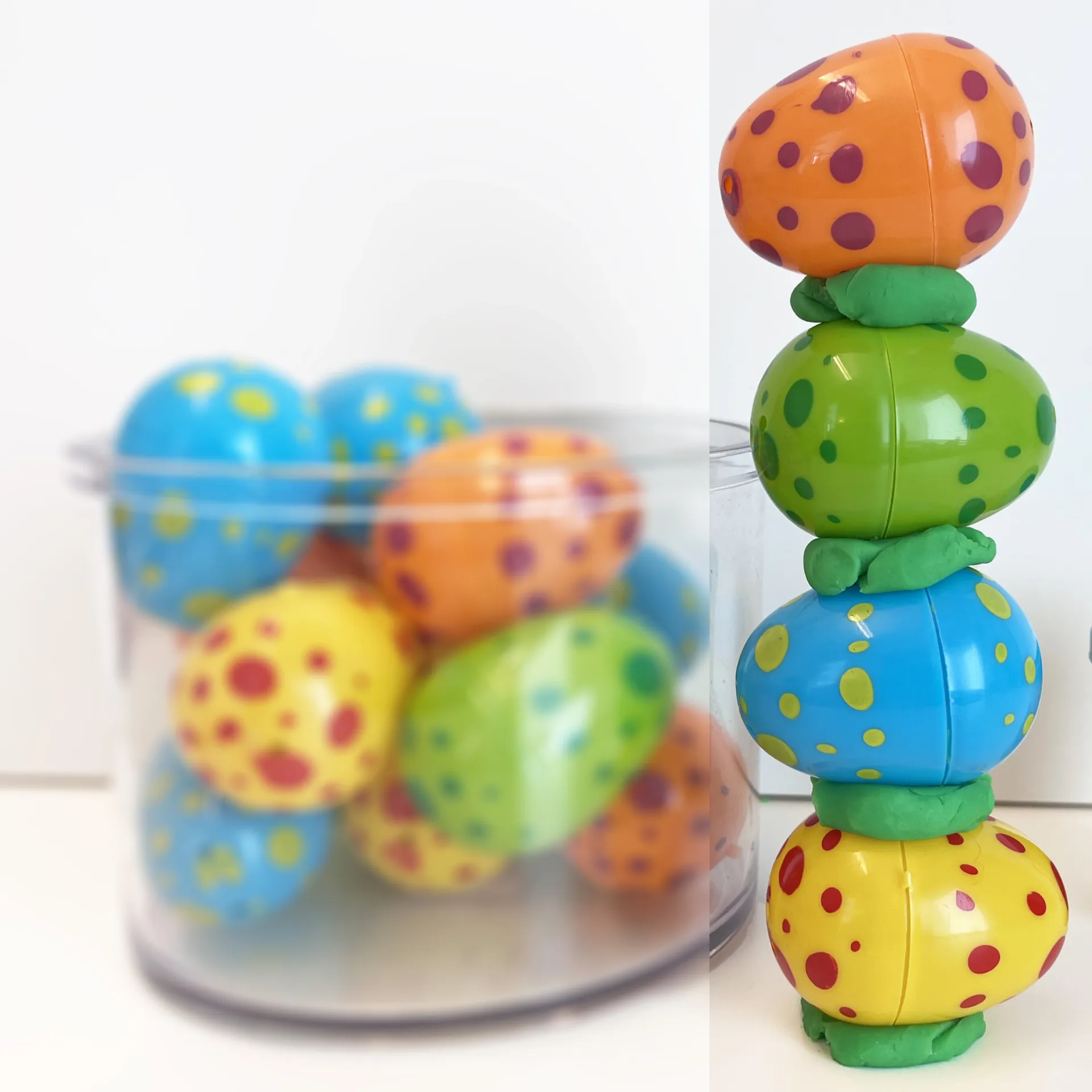
April 15, 2025
Eggy Engineering: Discovery at Home
Scrambling for a fun, hands-on activity that cracks open creativity and learning? This egg-cellent play idea is sure to hatch some serious...
-
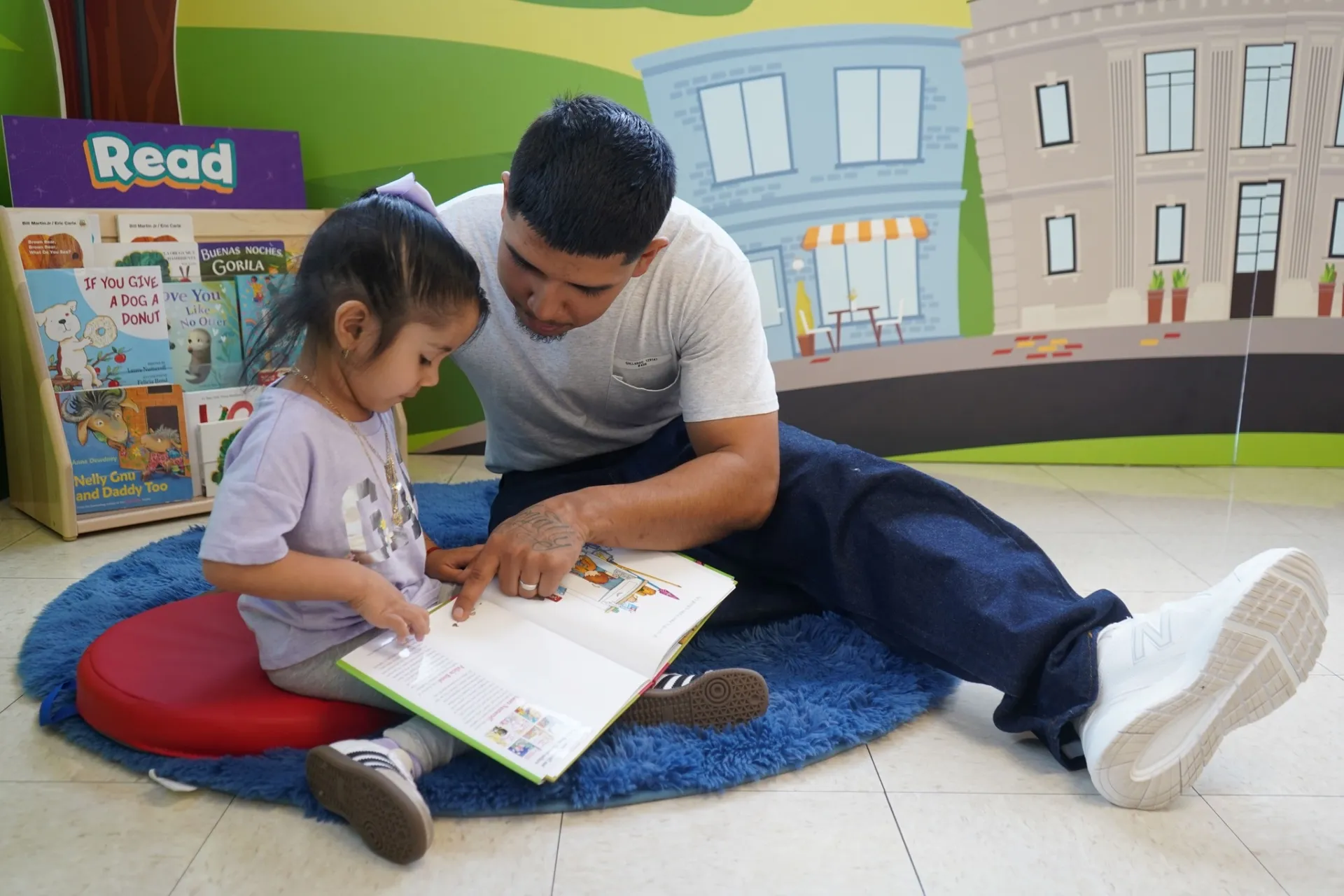
April 2, 2025
Discovery Center Unveils New Visiting Room at Ellsworth Correctional Facility
For the first time in Kansas, children impacted by parental incarceration will be welcomed into visiting spaces specifically designed to...
-

March 28, 2025
Thank you, Topeka Correctional Facility Residents!
Residents raise funds for Play Free program to support children with incarcerated parents.Residents at Topeka Correctional Facility held a...
-
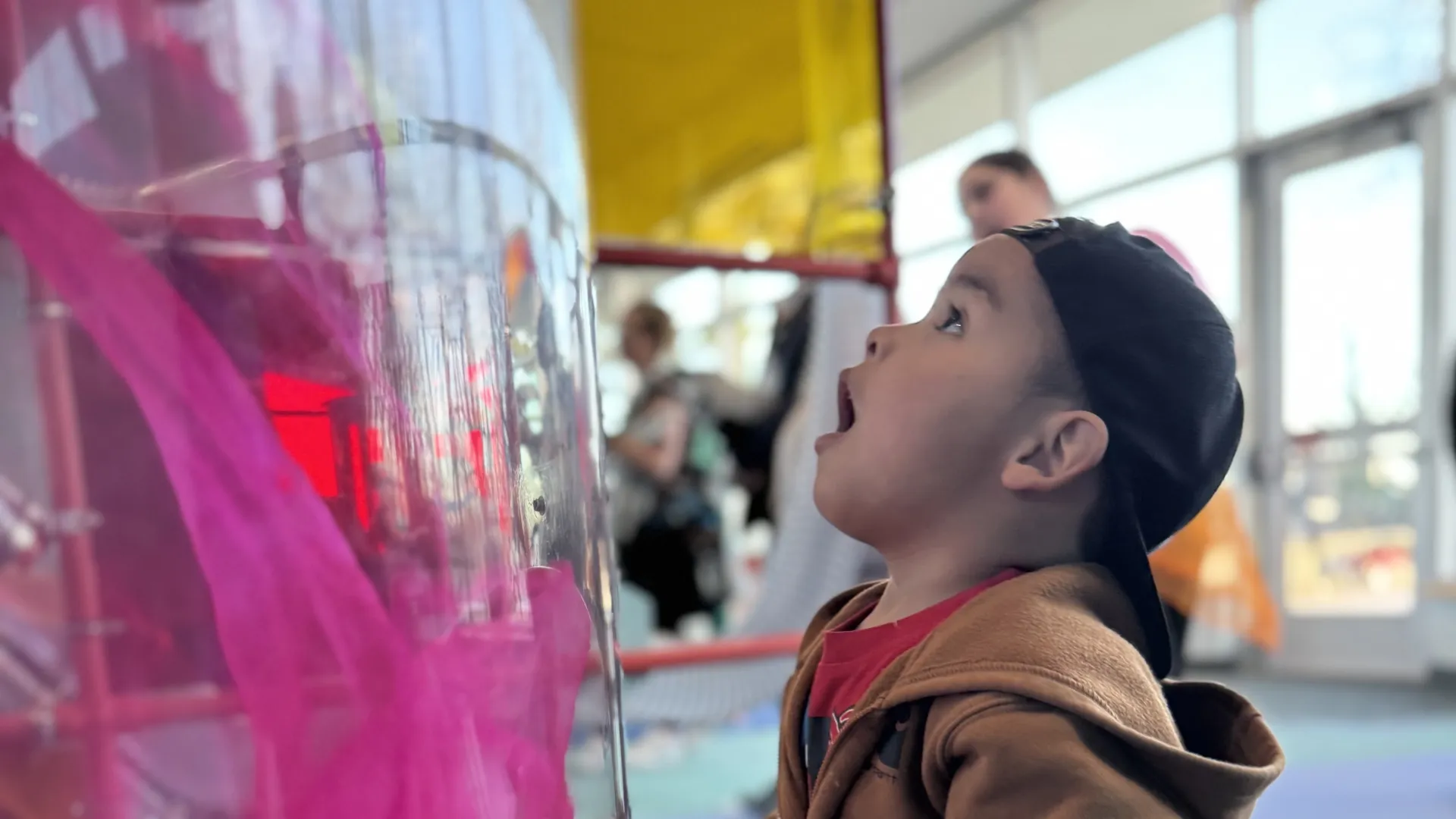
March 20, 2025
Discovery Center Breaks Single Day Attendance Record
Attendance record comes as building addition is under construction Topeka, Kansas, March 20, 2025 – The Kansas Children’s Discovery Center...
-
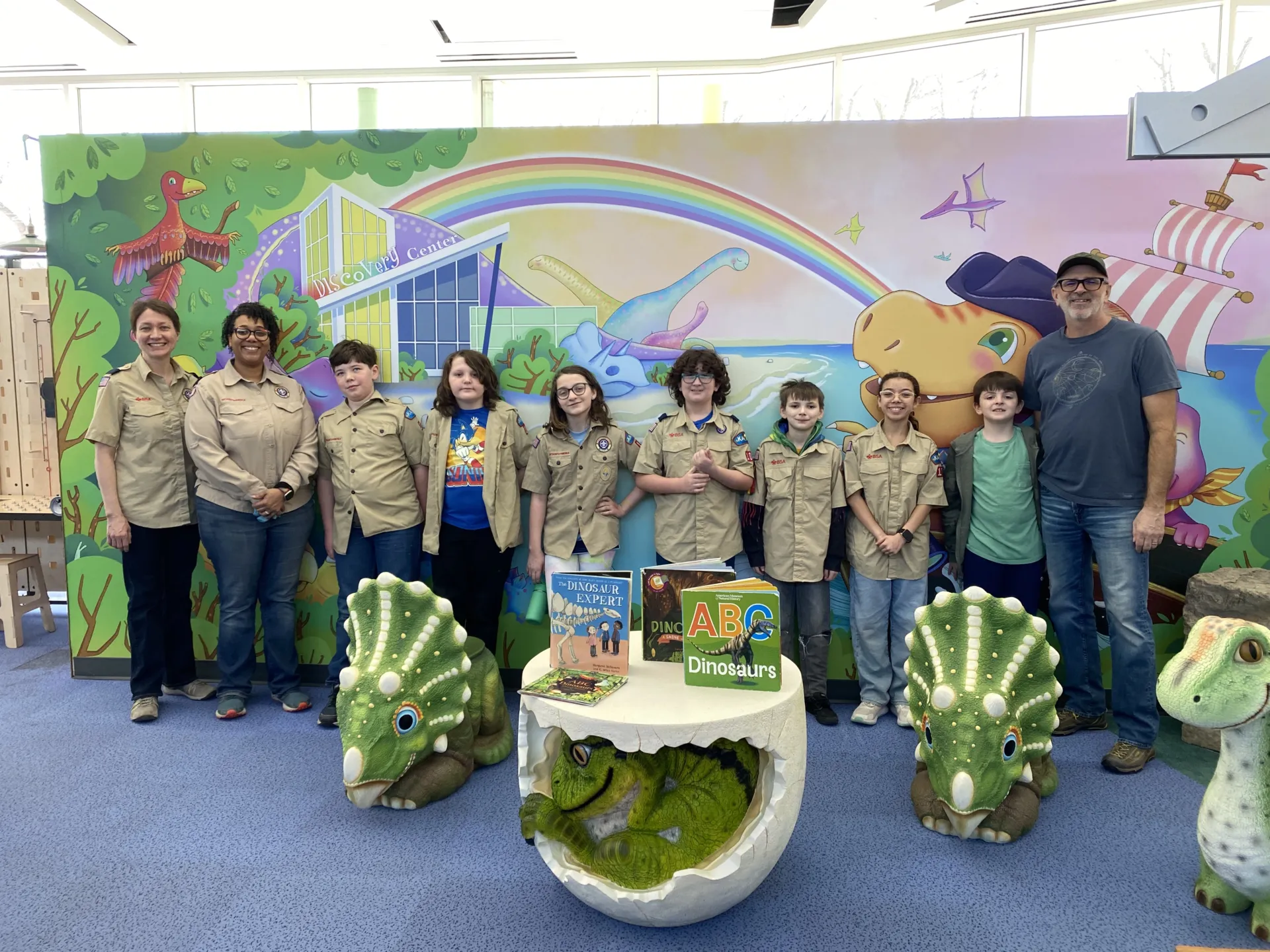
February 24, 2025
Thank you, Cub Scout Troop 10!
Thank you, Cub Scouts!Shoutout to Cub Scout Troop 10 for bringing their teamwork and enthusiasm to the Discovery Center! They tackled a...
-
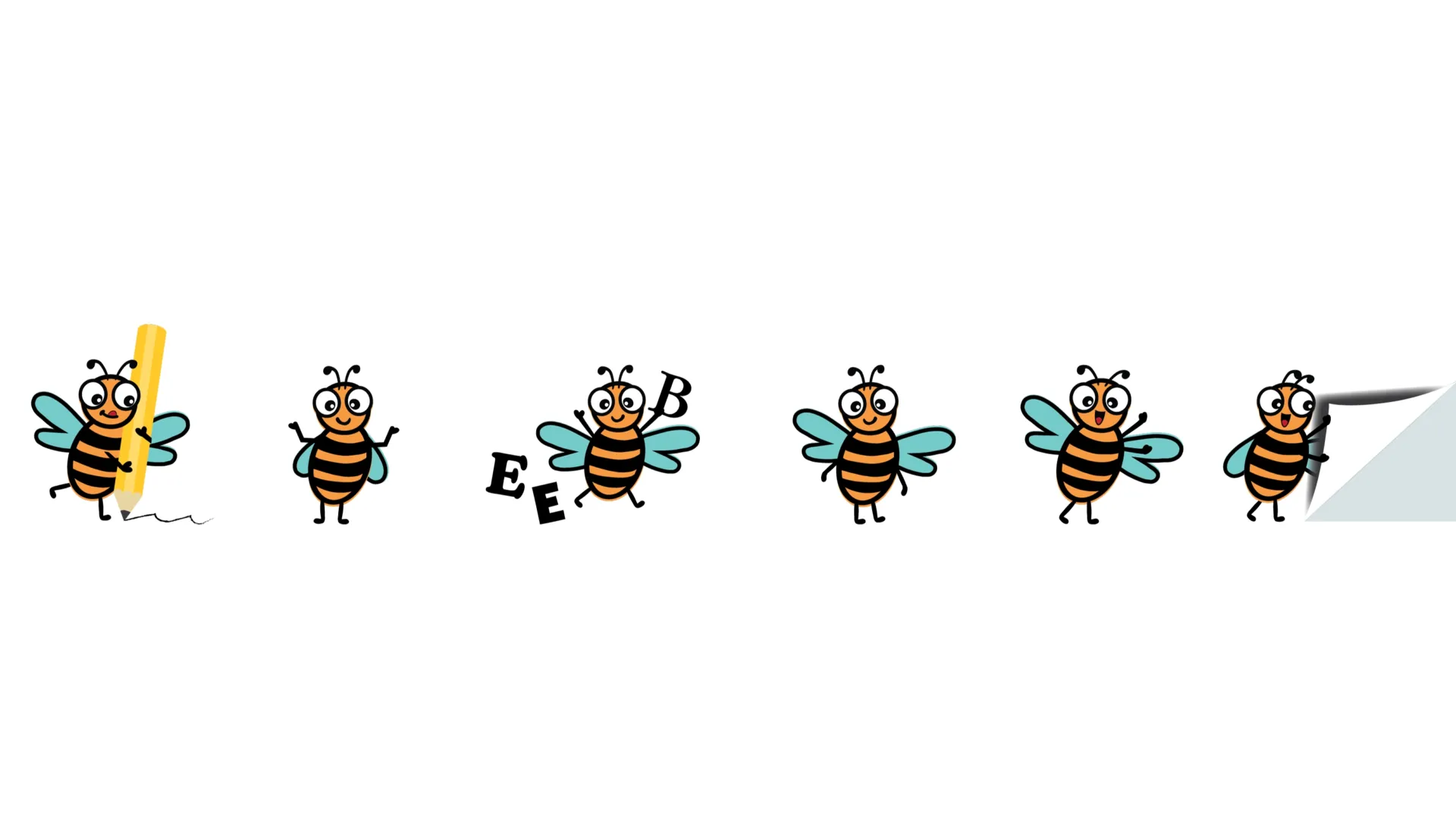
February 21, 2025
Meet Discover Bee!
Yup! It's still us! Our refreshed logo is a great opportunity to introduce our new ambassador: Discover Bee! Discover Bee is your guide to...
-
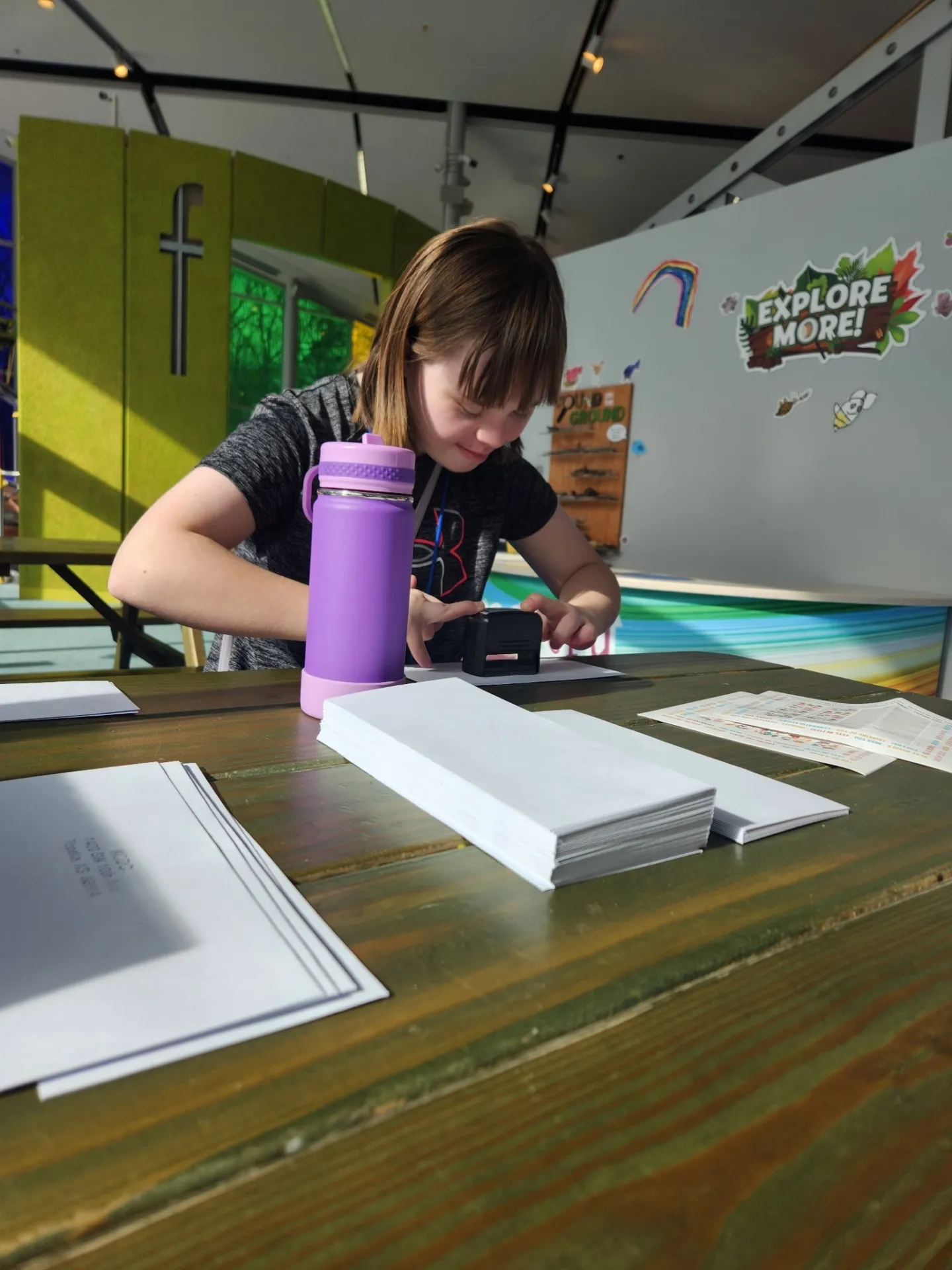
February 12, 2025
Volunteer Spotlight: Seaman High School Work Study Program
Thank you, Seaman High School Work Study Program students! For over 30 years, the Seaman High School Work Study Program has helped...
-
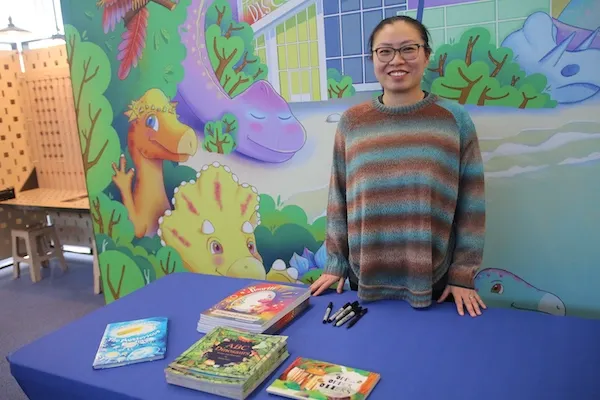
February 10, 2025
Visitors Really Digging New Dinosaur Exhibit
New dinosaur exhibit brings the past to life with larger-than-life murals by local illustrator Yanfei Gao, dino-mite play spaces, and...
-

January 16, 2025
Thank You, Thomas and Friends Exhibit Volunteers!
Not even 14 inches of snow could stop our amazing exhibit volunteers! Our traveling exhibit space turned from Riley's mind to the Isle of...
-

January 6, 2025
Oh Snow! Our Favorite Things to Do with Kids on a Snow Day
Snow days can be serious fun with the help of these fun activities! Stuck at home with kids bouncing off the walls? We have you covered...
-

January 5, 2025
Volunteer Spotlight: Janelle Burgardt!
Volunteer Spotlight: Janelle Burgardt! Janelle has been a dedicated volunteer with us since 2019, and she lights up our space every...
-
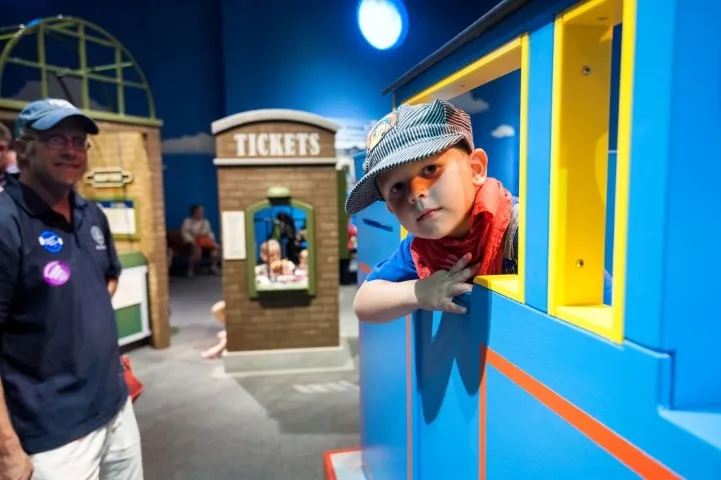
December 9, 2024
All Aboard for Thomas & Friends™: Explore the Rails! at the Discovery Center
Full steam ahead to the island of Sodor! December 10, 2024, Topeka, KS - The Kansas Children’s Discovery Center, Topeka’s nonprofit...
-

November 21, 2024
Sock Skate is Back (thanks to Advisors Excel volunteers!)
Slide, spin, and glide across our indoor Sock Skating rink! Sock Skate is BACK! Open now through February, grab your coziest socks and get...
-

November 13, 2024
Three Ways to Raise a Thankful Preschooler
Although we should expect hiccups along the way, there’s a lot parents can do to encourage thankfulness as children grow. One of our...
-
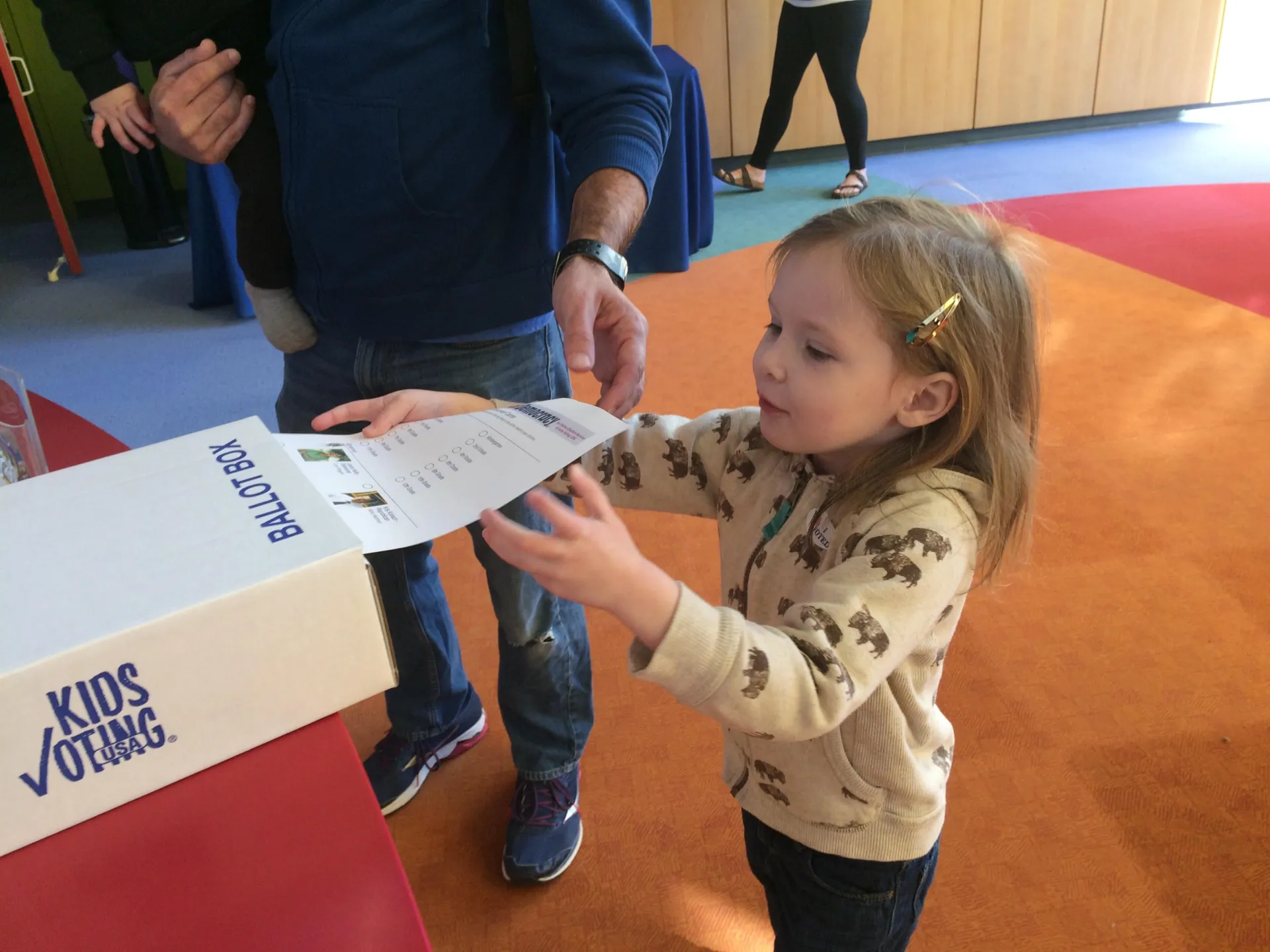
November 1, 2024
Kids Vote at the Discovery Center
Kids vote every Election Day at the Kansas Children's Discovery Center. Kids can vote every Election Day at the Kansas Children's...
-
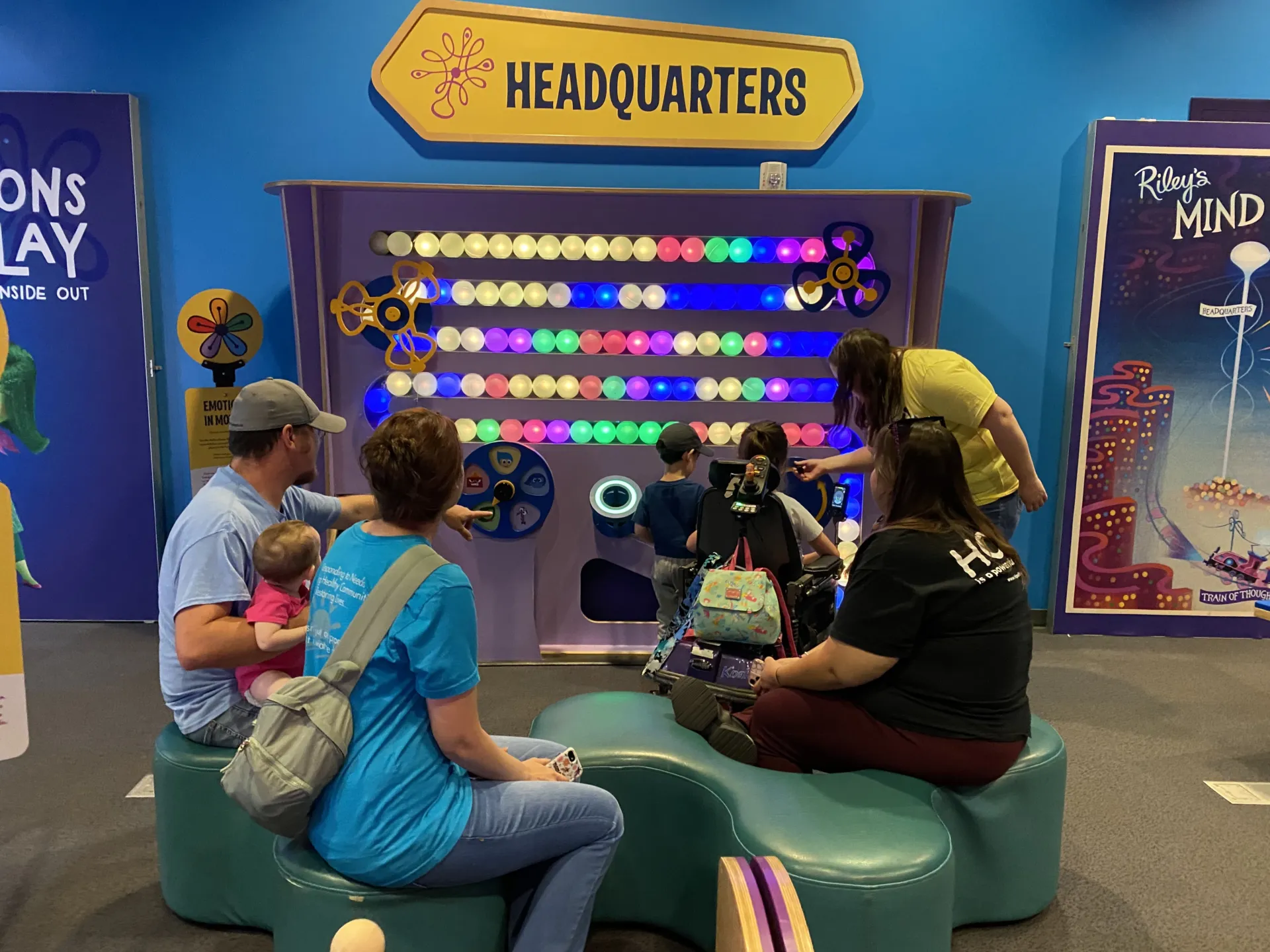
October 4, 2024
Discovery Center Hosts Medical Warriors Family Day with HopeKids KC
A special event brought families from HopeKids KC to the museum for a night of fun. October 4, 2024 - The Kansas Children's Discovery...
-
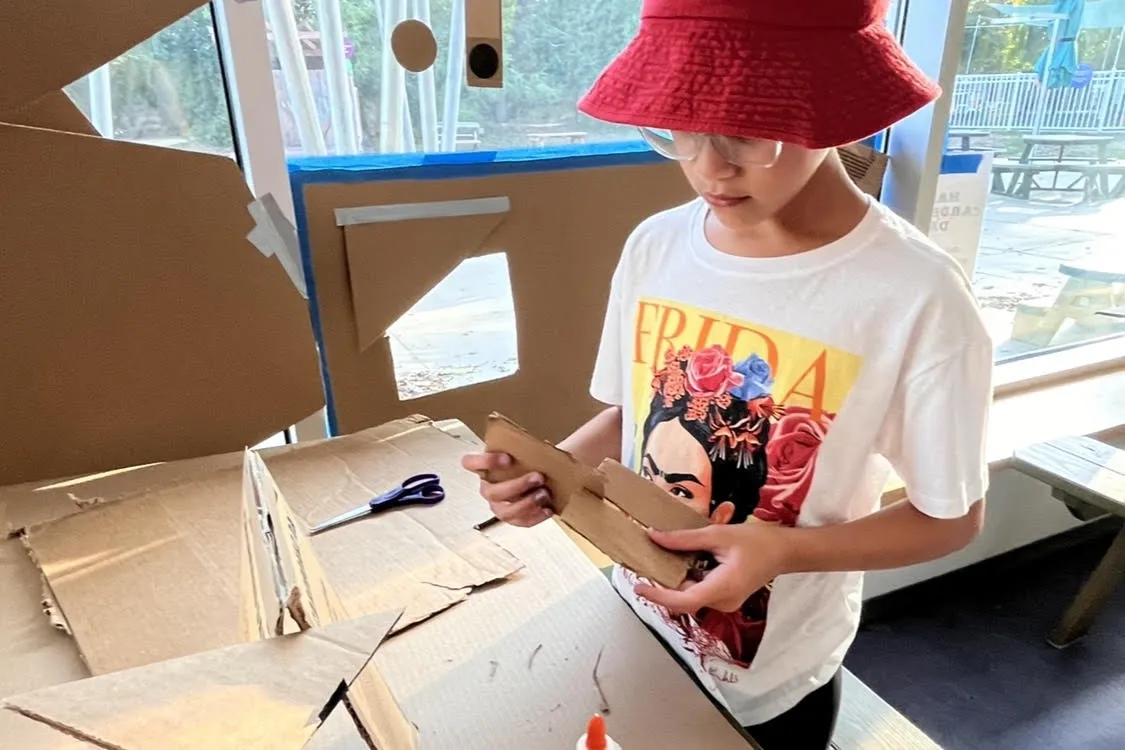
October 2, 2024
What's the Global Cardboard Challenge?
This holiday is a little out-of-the-box... What is the Global Cardboard Challenge? The Global Cardboard Challenge is celebrated by...
-
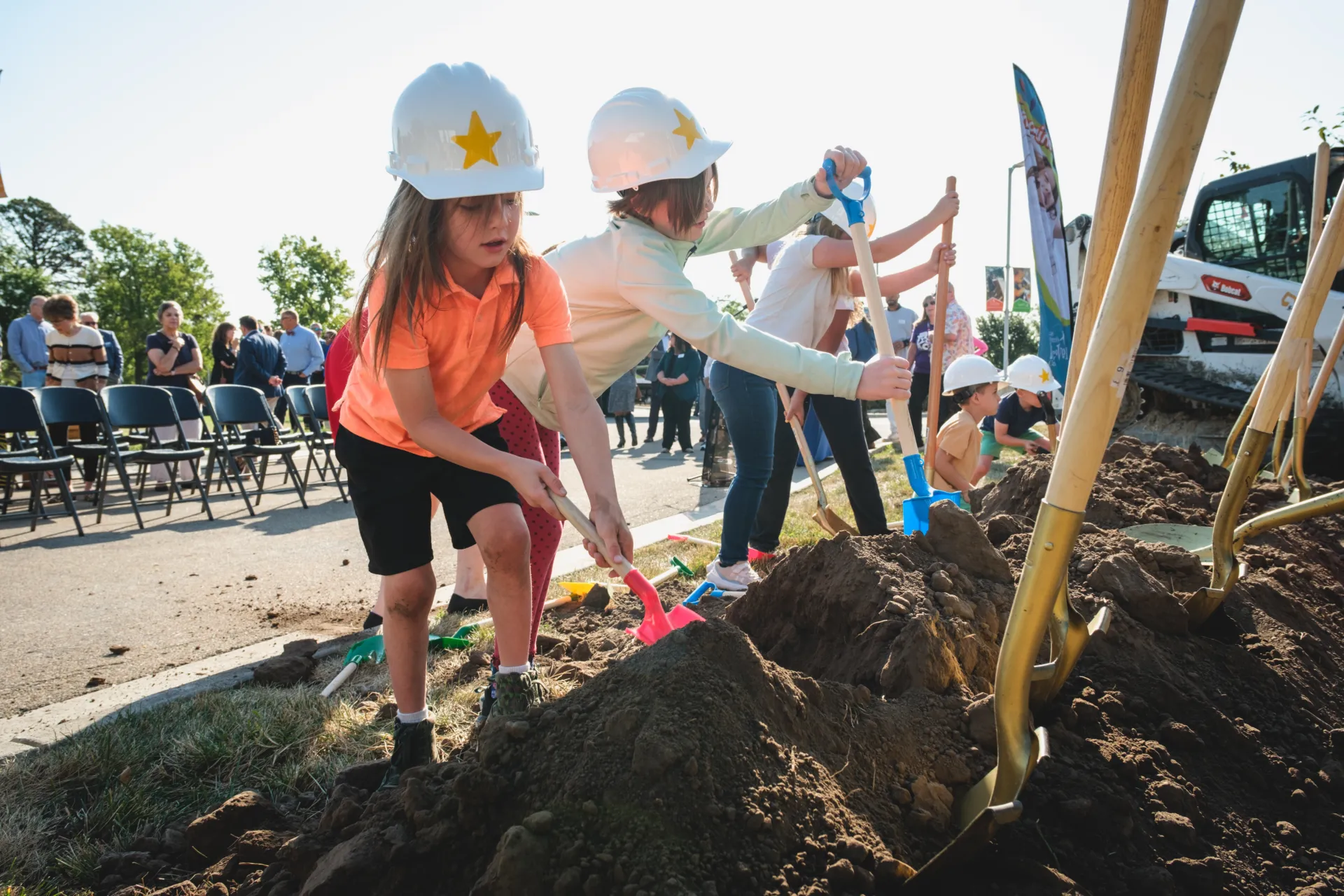
September 9, 2024
Discovery Center Breaks Ground on Major Expansion
The Discovery Center broke ground on a new $10 million expansion project that will more than double the size of the museum.September 9,...
-
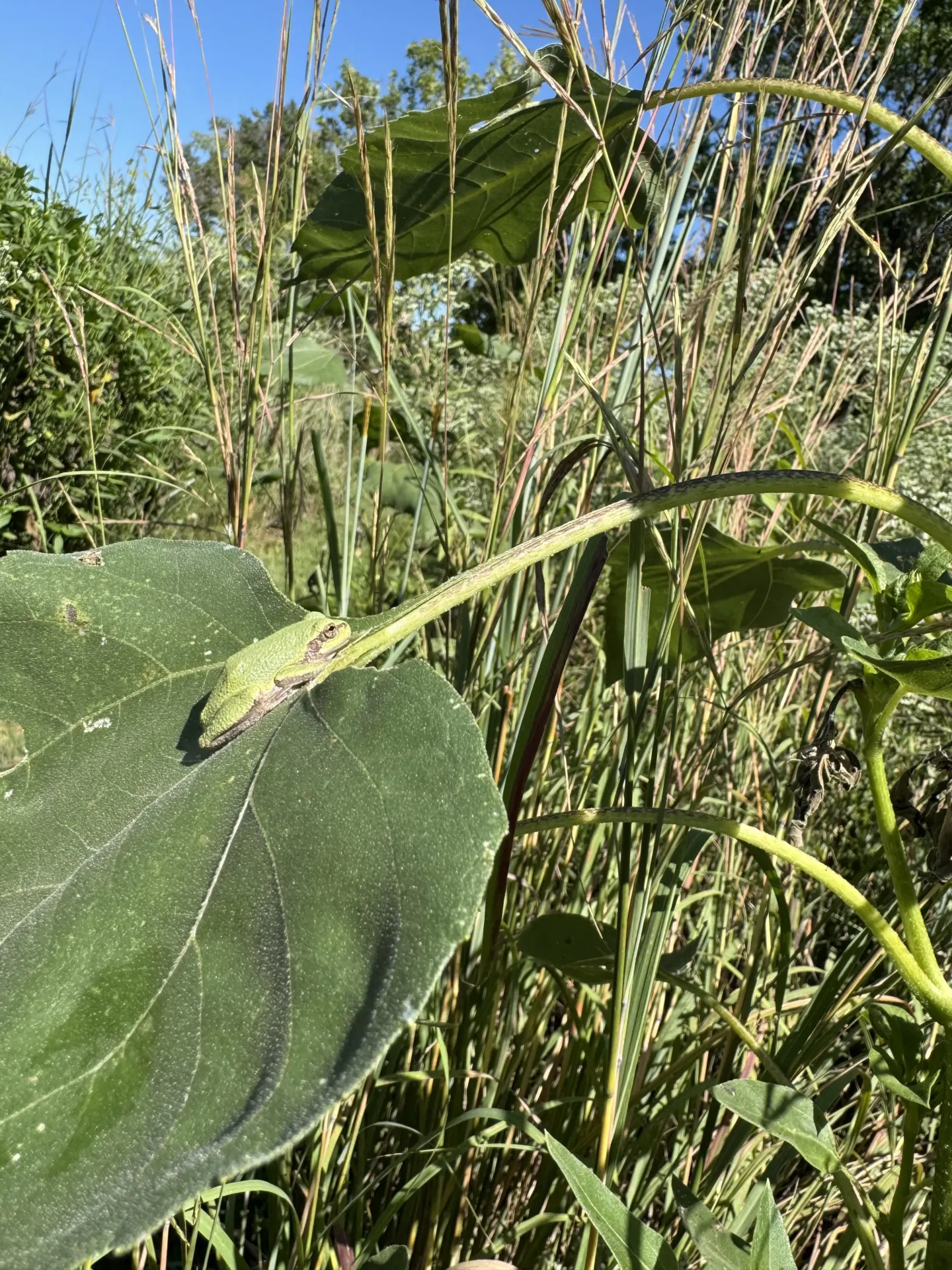
September 1, 2024
Why are we jumping in the prairie this week?
What did we spot in the prairie this week that has our team jumping for joy? Meet the Cope's Gray Treefrog! What did we spot in the...
-
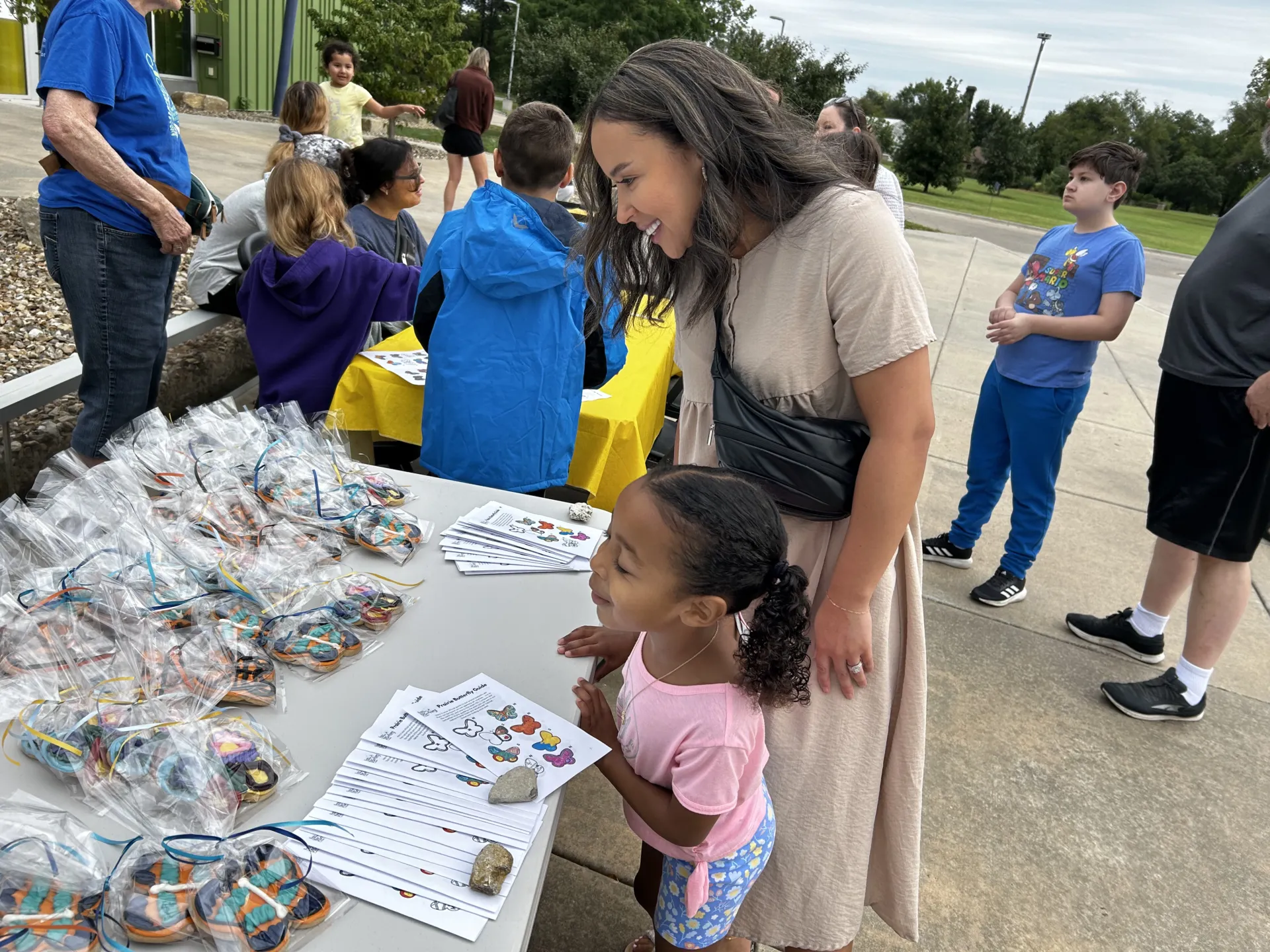
August 10, 2024
Discovery Center Unveils Prairie Butterfly Art
The Discovery Center hosted an art unveiling in the museum’s Native Prairie Grass and Wildflower Habitat and announced future...
-

May 1, 2024
Discovery Center Hosts Art Exhibit in honor of Brown v. Board
May 1, 2024 - The Kansas Children’s Discovery Center, Topeka’s nonprofit children’s museum, will host an art exhibit in honor of the 70th...
-
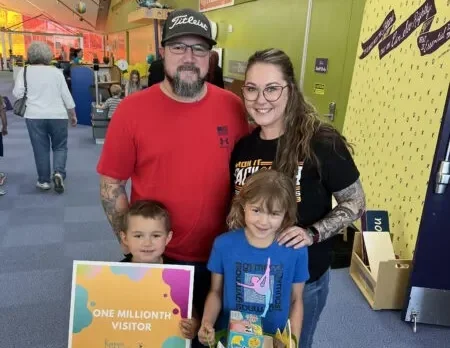
April 6, 2024
Kansas Children’s Discovery Center Celebrates One Millionth Visitor
April 6, 2024 - The Kansas Children’s Discovery Center welcomed the Kreshel family of Carbondale, Kansas as the museum’s one millionth...
-
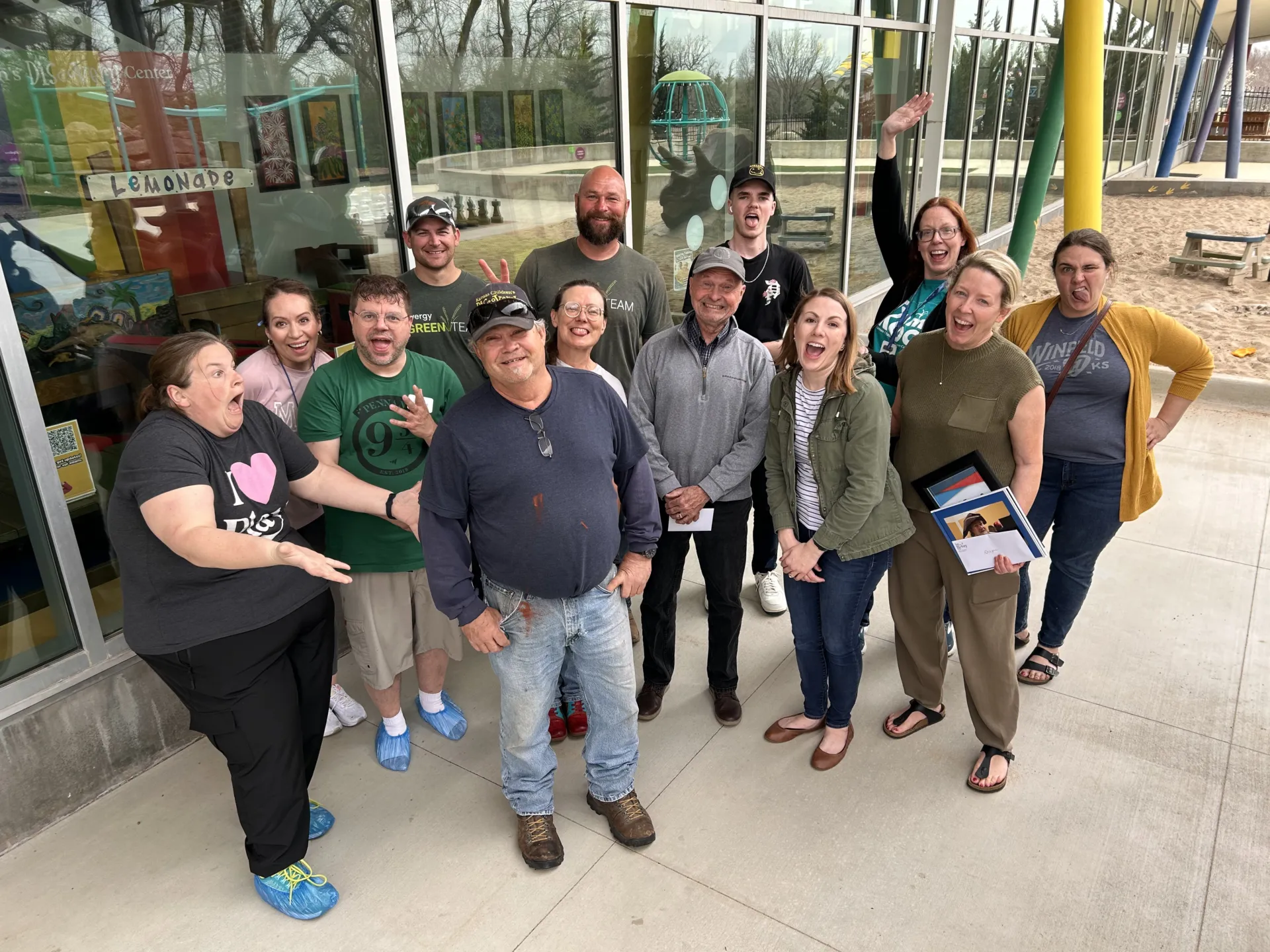
April 2, 2024
Congratulations on 10 years, Draque!
Earlier this summer the Discovery Center celebrated Draque Carver's 10 years of service to the museum. As Exhibit and Facilities...
-
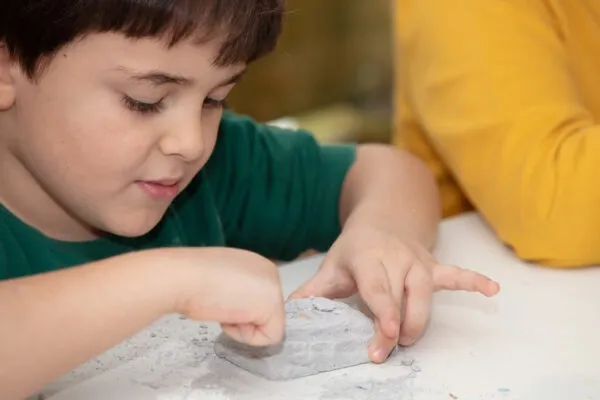
January 29, 2024
Discovery at Home: Limestone Rocks!
Hard science! Geologists use the chemical properties of rocks to help them identify and categorize things they find. In this activity,...
-
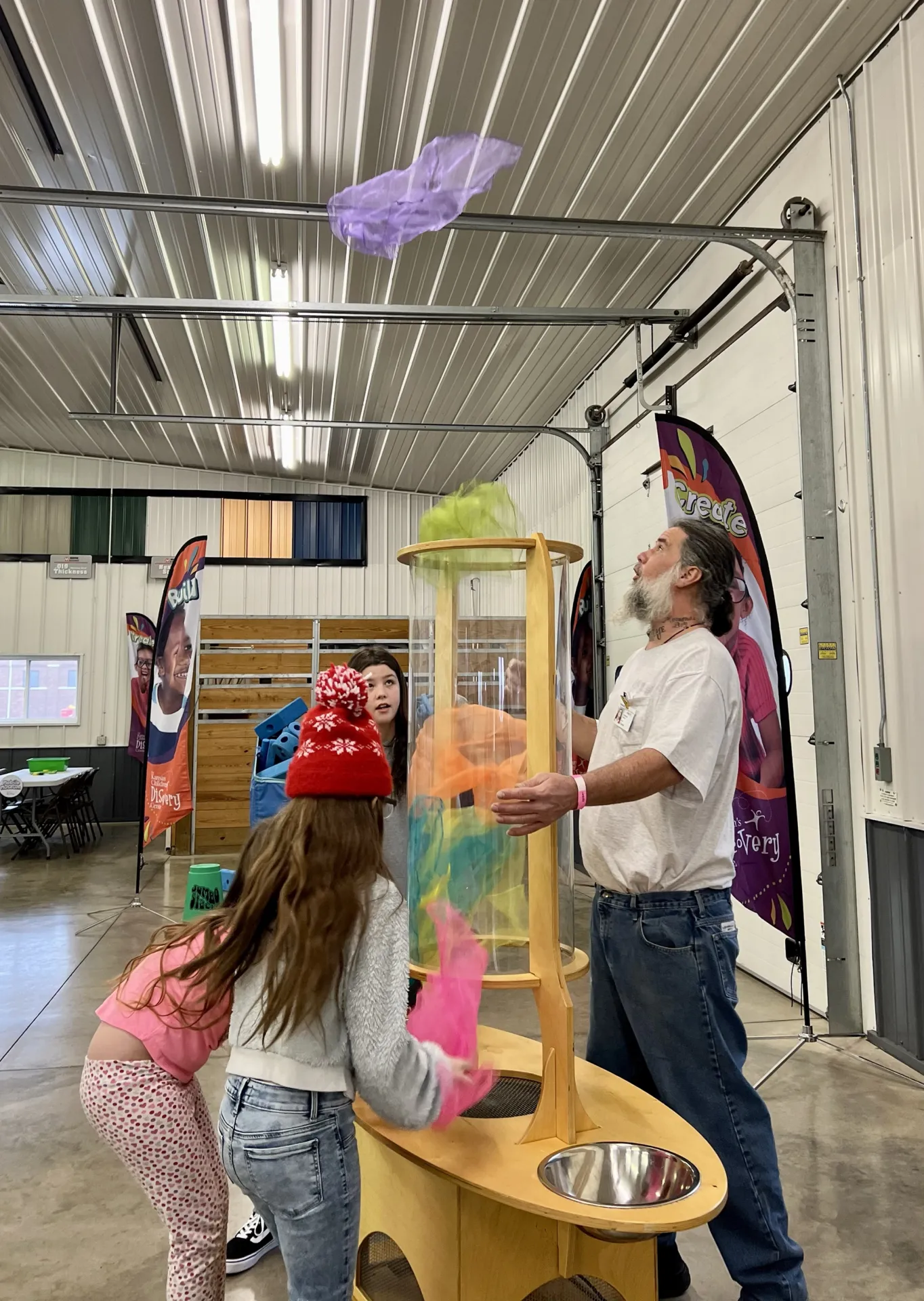
January 29, 2024
Play Free Prison Program Expands to Serve Dads, Kids
A new chapter in the Kansas Children's Discovery Center's work to serve children with incarcerated parents January 29, 2024 - "Dad!" a...
-
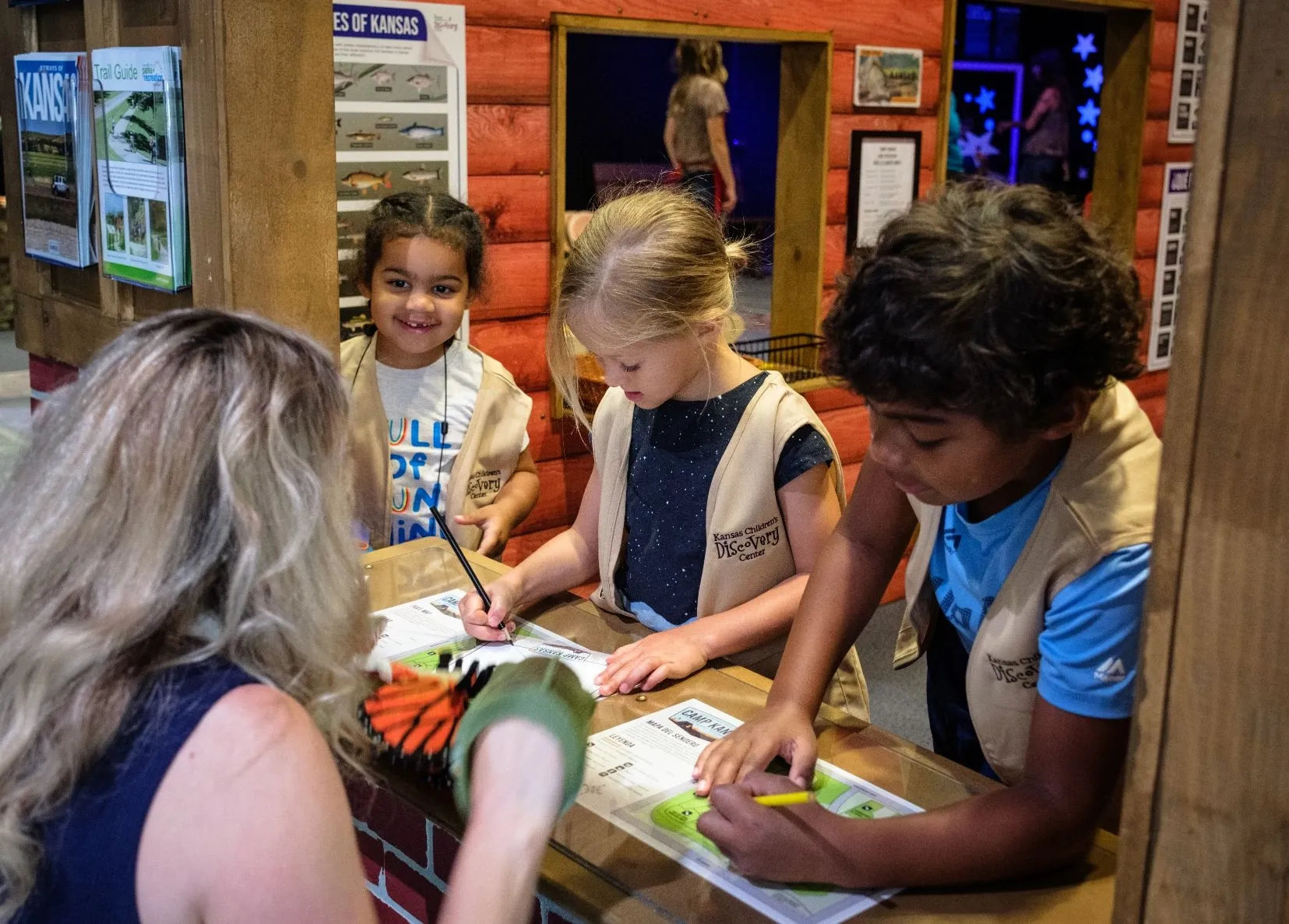
January 2, 2024
Discovery Center Attracts Record Number of Visitors in 2023
A record 50,000 admissions were free or reduced in 2023 The Kansas Children’s Discovery Center announced January 2, 2024 that the museum...
-
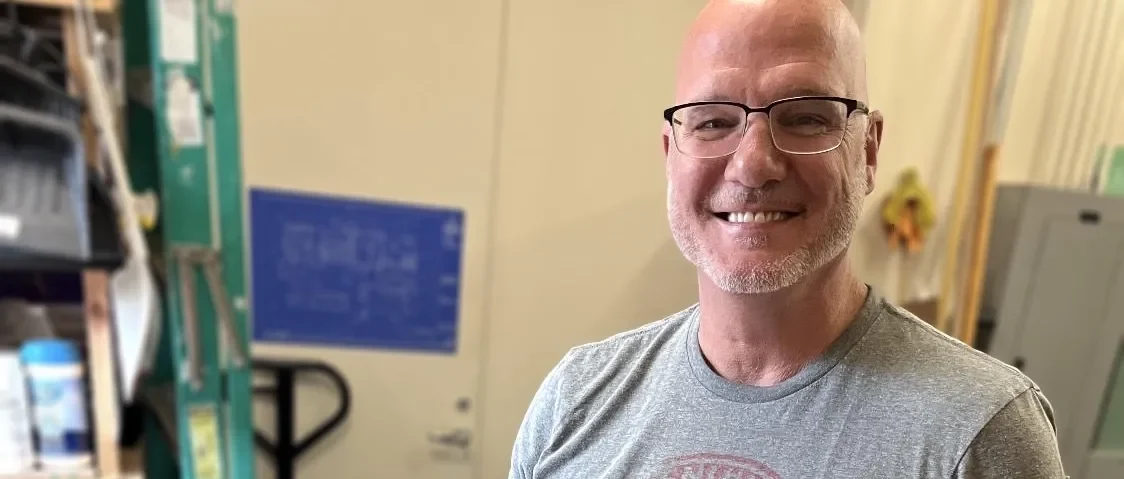
December 29, 2023
Volunteer Spotlight: John Sutton
Volunteer Spotlight: John Sutton! John is an exhibit volunteer at the Kansas Children's Discovery Center who helps with general facility...
-
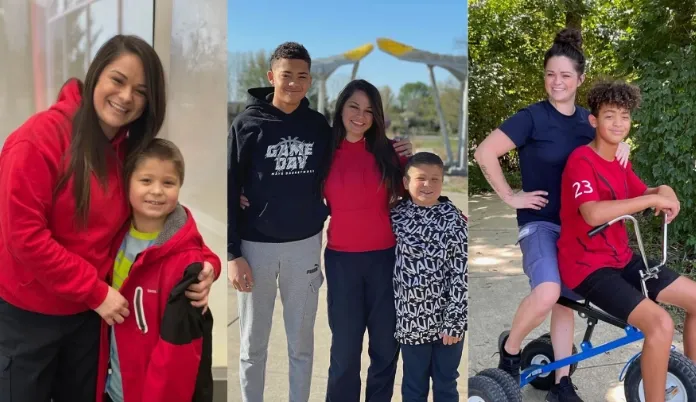
December 29, 2023
In the News: A Kansas prison helps kids bond with their mothers and grandmothers outside prison walls
In the News: A Kansas prison helps kids bond with their mothers and grandmothers outside prison walls Blaise Mesa, KCUR November 7,...
-
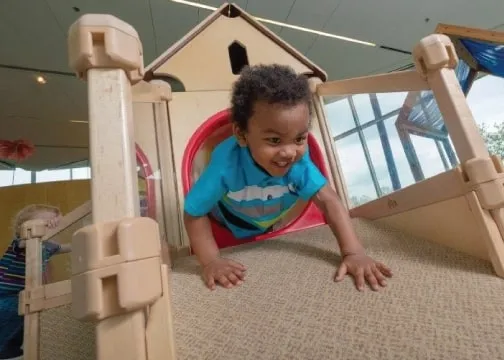
November 26, 2023
Black Friday + Cyber Monday Membership Sale!
Membership Sale! On Black Friday, Nov. 29, all new memberships and renewals are 10% off, online or at the museum with code...
-

November 15, 2023
Mixing Math and Muffins: questions you can use to teach math while cooking with kids
Simple kitchen activities can be the perfect ingredient for enhancing your child's mathematical understanding and extending their classroom...
-

August 19, 2023
Curious Kids: Six Ways to Build Scientific Literacy for Preschoolers
What is scientific literacy? Children are born scientists. Their brains are wired to experiment to help them understand the world around...
-

August 2, 2023
Things Just Got Messy
We could all recognize it - the suspicious silence that comes after the giggles and glee of play. We all know the hidden message: things...
-
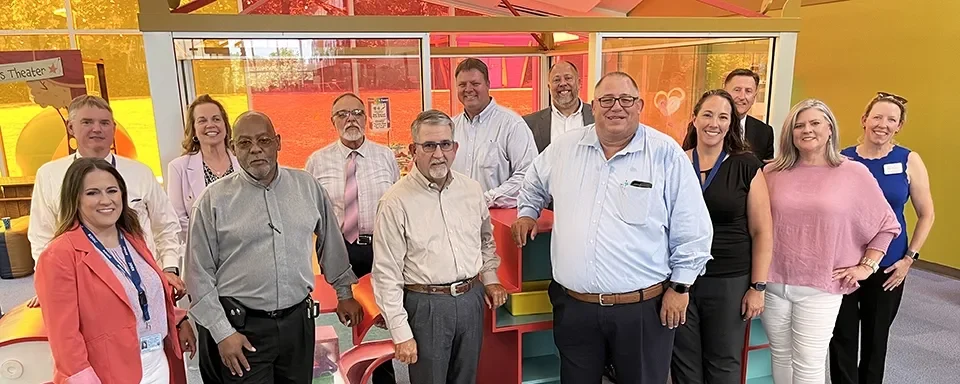
July 14, 2023
Play Free Prison Program Hosts Kansas Wardens
The Kansas Children's Discovery Center's Play Free program hosted all wardens from Kansas prisons, alongside Secretary of the Kansas...
-

June 30, 2023
Volunteer Spotlight: Zane Rentfro
Volunteer Spotlight: Zane Rentfro! Zane is an incoming sophomore at Washburn Rural High School who has volunteered at the Discovery Center...
-
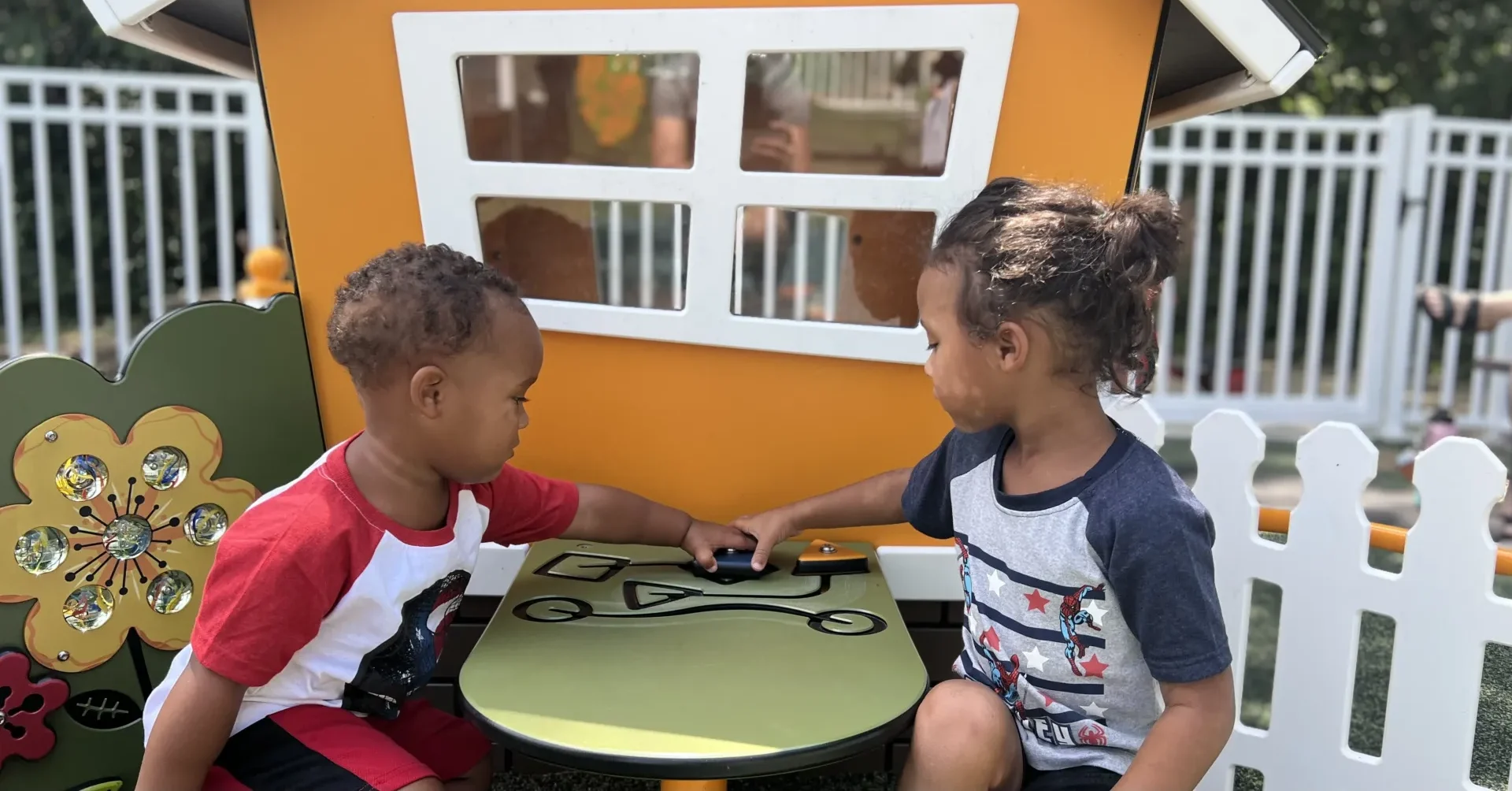
June 29, 2023
New Toddler Town is Just Right for Little Learners
Let’s face it - the world is designed for adults. Whether it’s using a step stool to wash their hands or sitting in chairs that require...
-
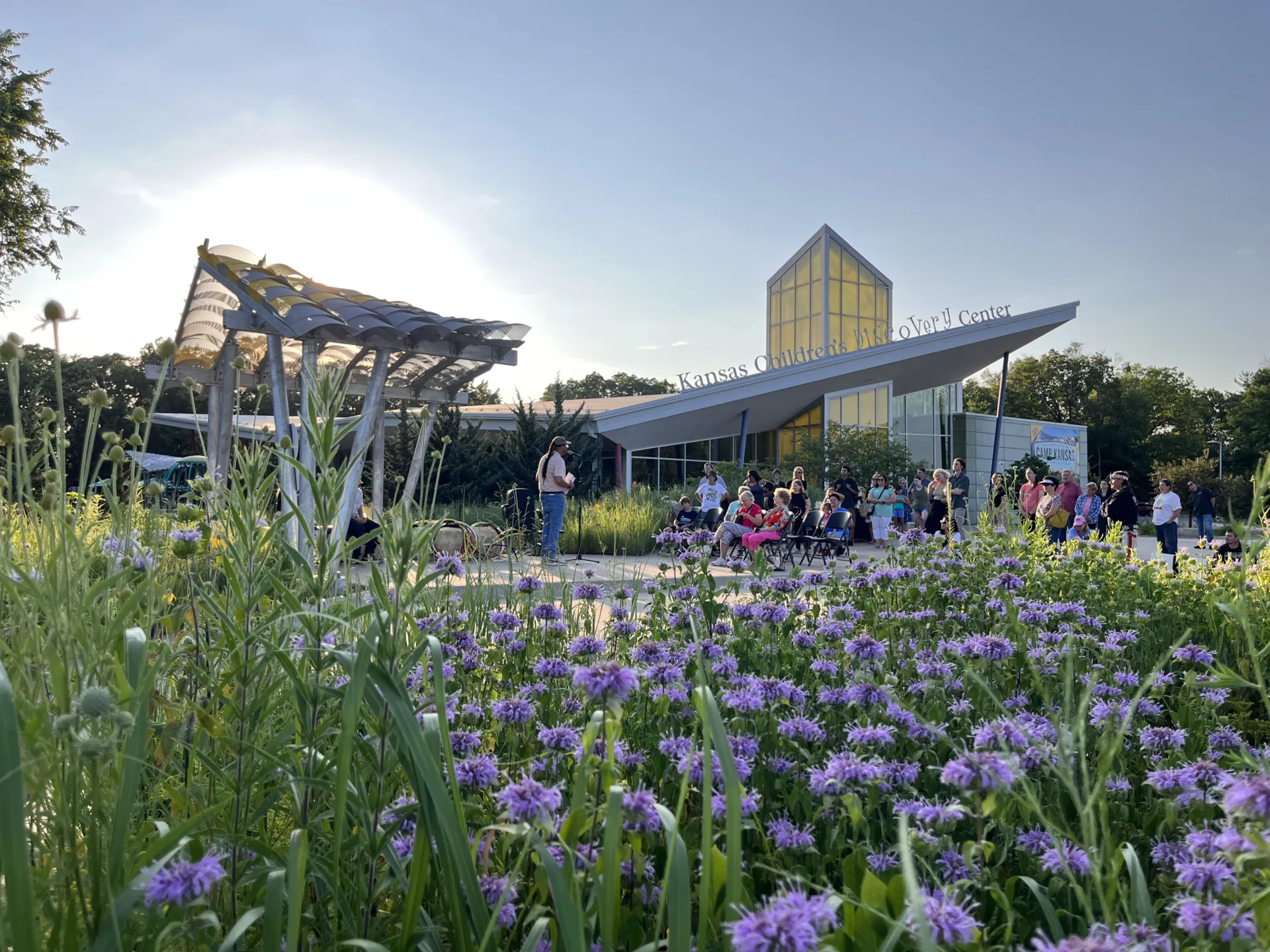
June 22, 2023
Discovery Center Launches New Prairie Project
The Discovery Center unveiled a new art installation in the museum's Native Prairie Grass and Wildflower Habitat and announced a multi-year...
-

May 10, 2023
BriggsAuto.com Renews Support for Military Families
Much is expected of our nation’s military, and BriggsAuto.com gives back, with support for the BriggsAuto.com Military Discount at the...
-

May 5, 2023
Volunteer Spotlight: Patty Foster
Patty Foster has volunteered with the Kansas Children's Discovery Center since the museum opened in 2011! Patty has done it all at the...
-
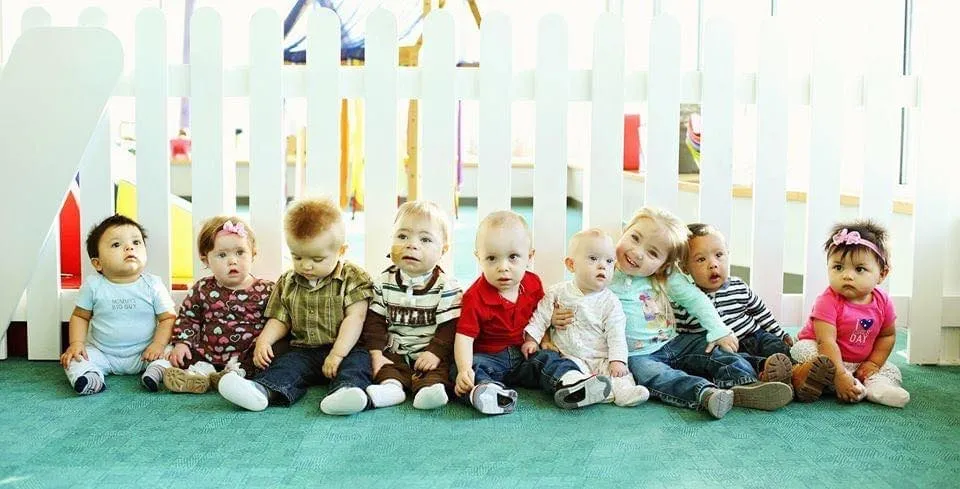
March 30, 2023
Capitol Federal Gift Funds TARC Visits to the Discovery Center
The Discovery Center has a long-term relationship with TARC Children’s Services Program as part of our work to ensure access to every child...
-

March 23, 2023
Discovery Center Sets Spring Break Attendance Record
Topeka, Kansas, March 23, 2023 – The Kansas Children’s Discovery Center announced today the museum set a spring break attendance record...
-

March 11, 2023
In the News: The Kansas Children’s Discovery Center in Topeka Ignites a Love of Science in Children
The Kansas Children’s Discovery Center in Topeka Ignites a Love of Science in Children National Informal STEM Education Network Program...
-
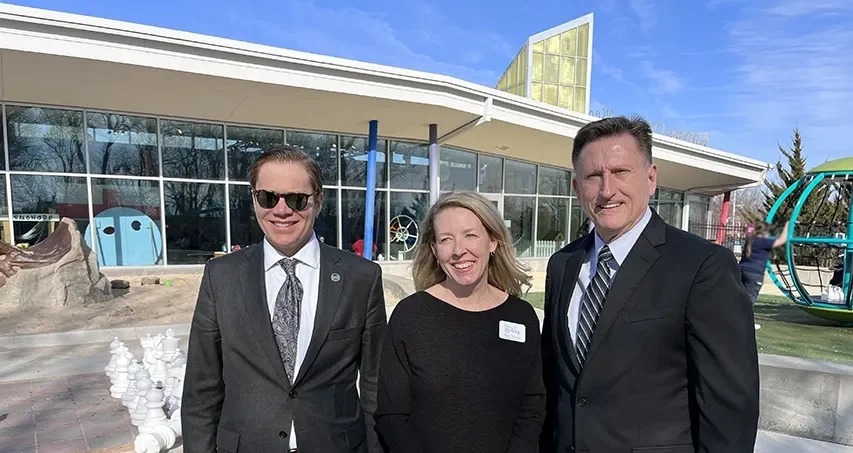
February 6, 2023
Play Free Reaches Milestone
Play Free Reaches Milestone Topeka, Kansas - February 6, 2023 - The Kansas Children's Discovery Center's Play Free program hit a milestone...
-

February 1, 2023
Volunteer Spotlight: Molly Wiseman
Volunteer Spotlight: Molly Wiseman Molly Wiseman has volunteered with the Kansas Children's Discovery Center since 2013, making her one of...
-
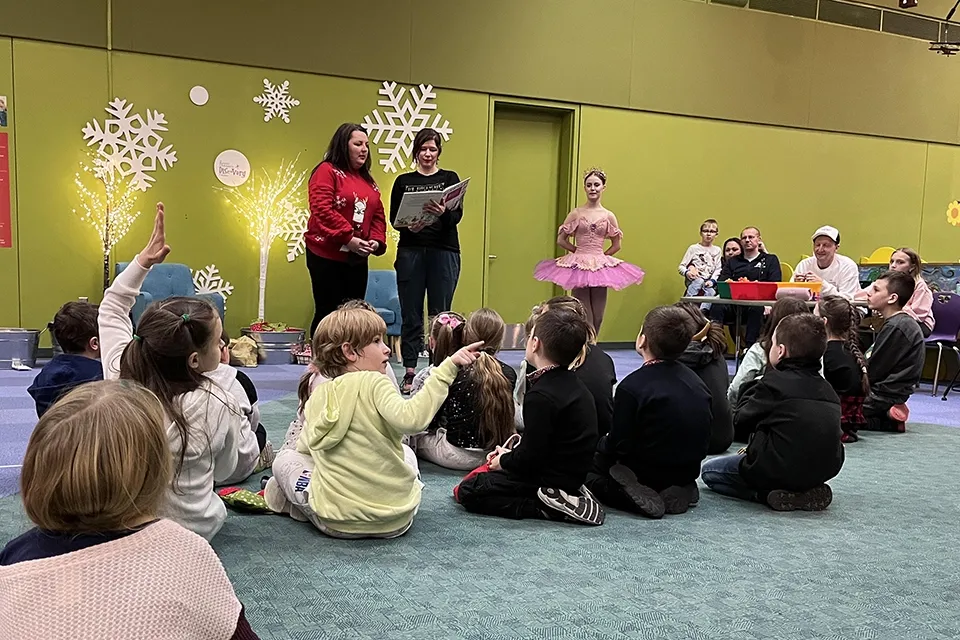
December 20, 2022
In the News: Kansas Children’s Discovery Center hosts special event for Ukrainian Families
Kansas Children’s Discovery Center hosts special event for Ukrainian Families Victoria Cassell, WIBW December 19, 2022 "The Kansas...
-
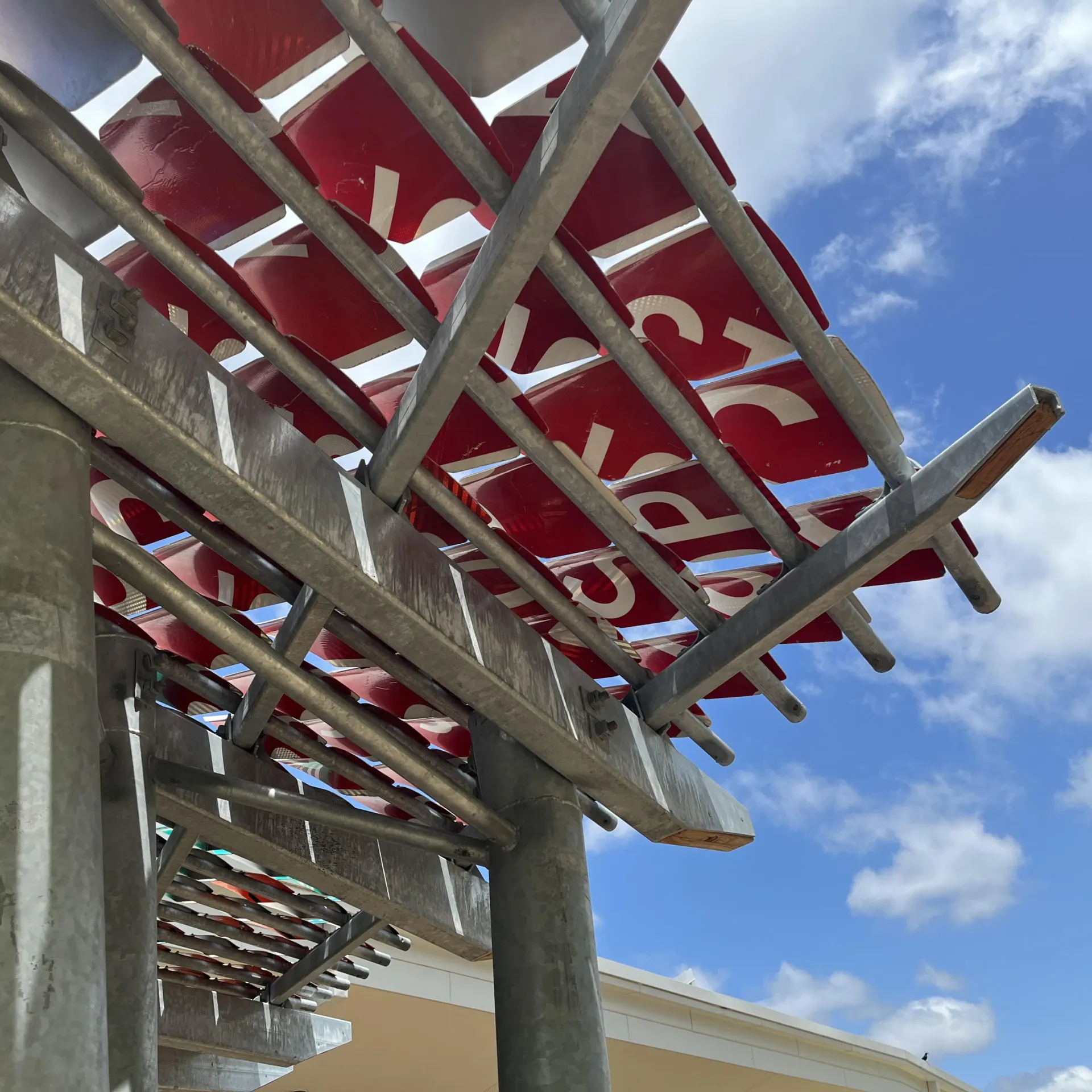
August 11, 2022
In the News: Capitol Federal® and Architecture Students Collaborate on Reptilian Pavilion
In the News: Capitol Federal® and Architecture Students Collaborate on Reptilian Pavilion University of Kansas School of Architecture...
-

August 2, 2022
Invisible Ink: Discovery at Home
Is it magic or science? Maybe it's both! Create an invisible message and reveal it using a chemical reaction. Supplies: Water ...
-

June 17, 2022
Discovery Center Welcomes 800,000th Visitor!
Discovery Center Welcomes 800,000th Visitor! Tim and Meeka Jordan of Beloit, Kansas visited the Kansas Children’s Discovery Center on June...
-

June 9, 2022
US Bank Starts Financial Literacy Conversations With Mobile Museum
US Bank Starts Financial Literacy Conversations With Mobile Museum A gift from US Bank is using the power of play to bring financial...
-
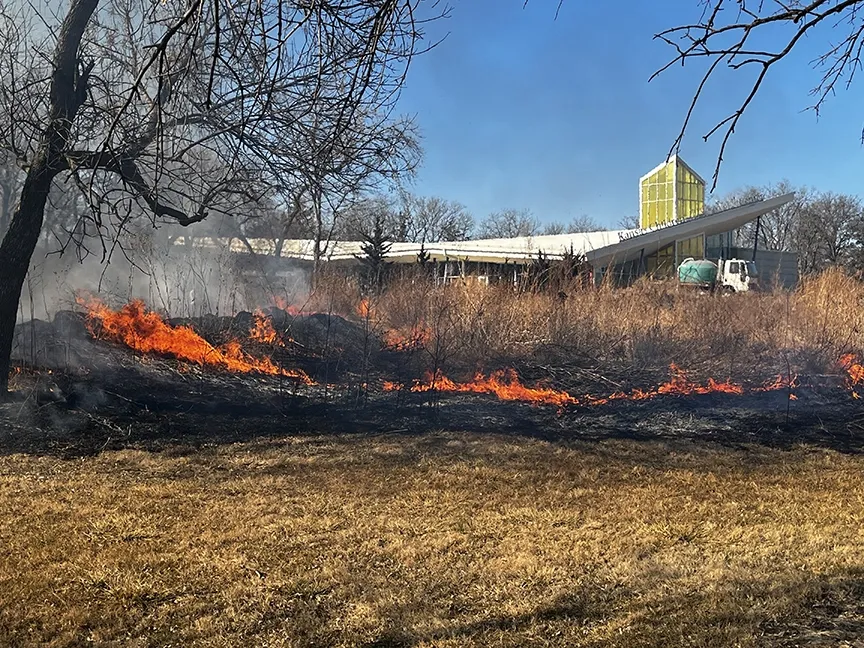
February 14, 2022
Discovery Center's prairie habitat undergoes prescribed burn
Discovery Center’s prairie habitat undergoes prescribed burn February 14, 2022 - The Kansas Children's Discovery Center's native prairie...
-
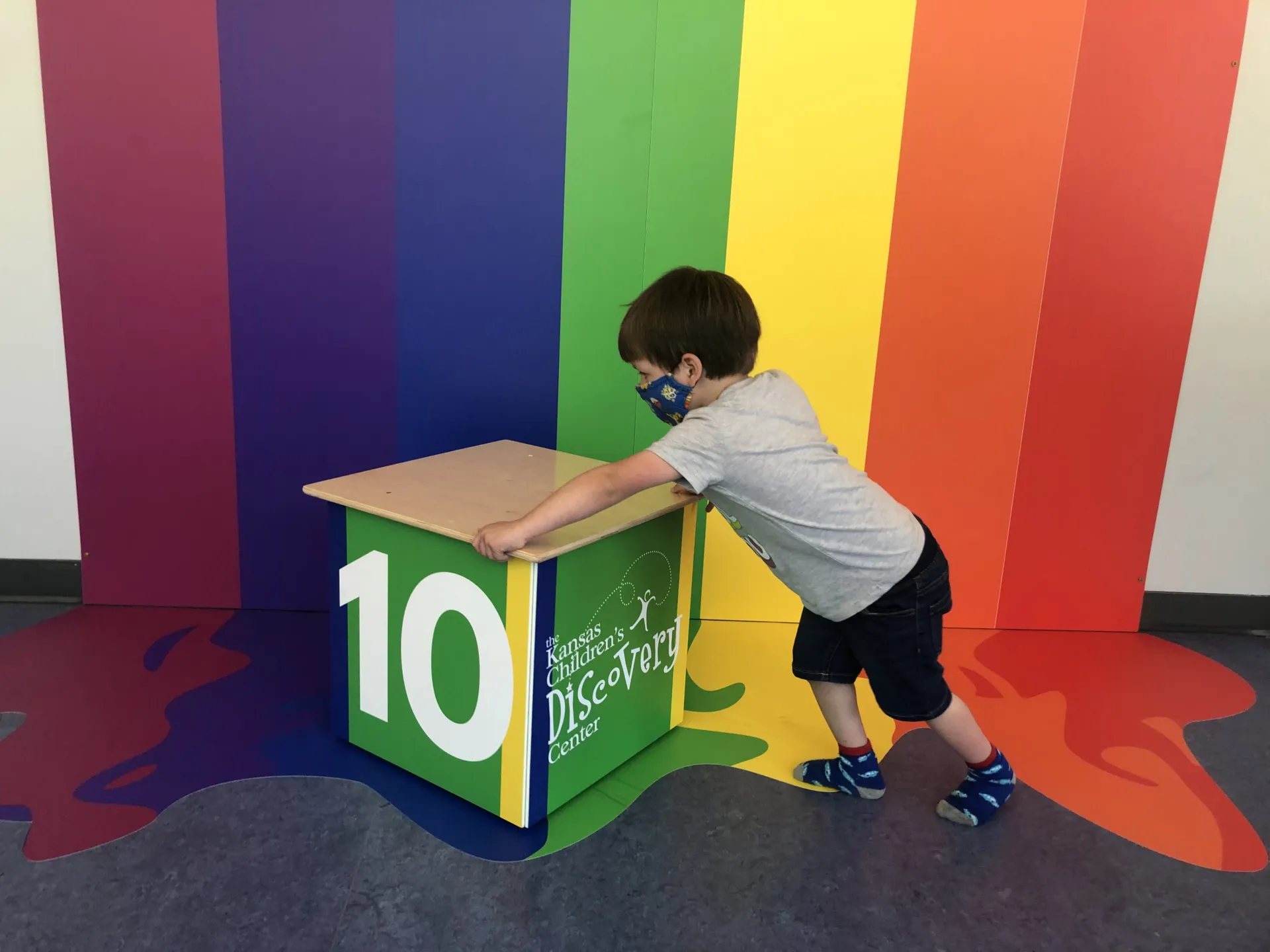
June 2, 2021
In the News: Discovery Center Celebrates 10 Years!
Discovery Center Celebrates 10 Years! June 2, 2021 - The Discovery Center is celebrating its 10th birthday this week. The nonprofit...
-
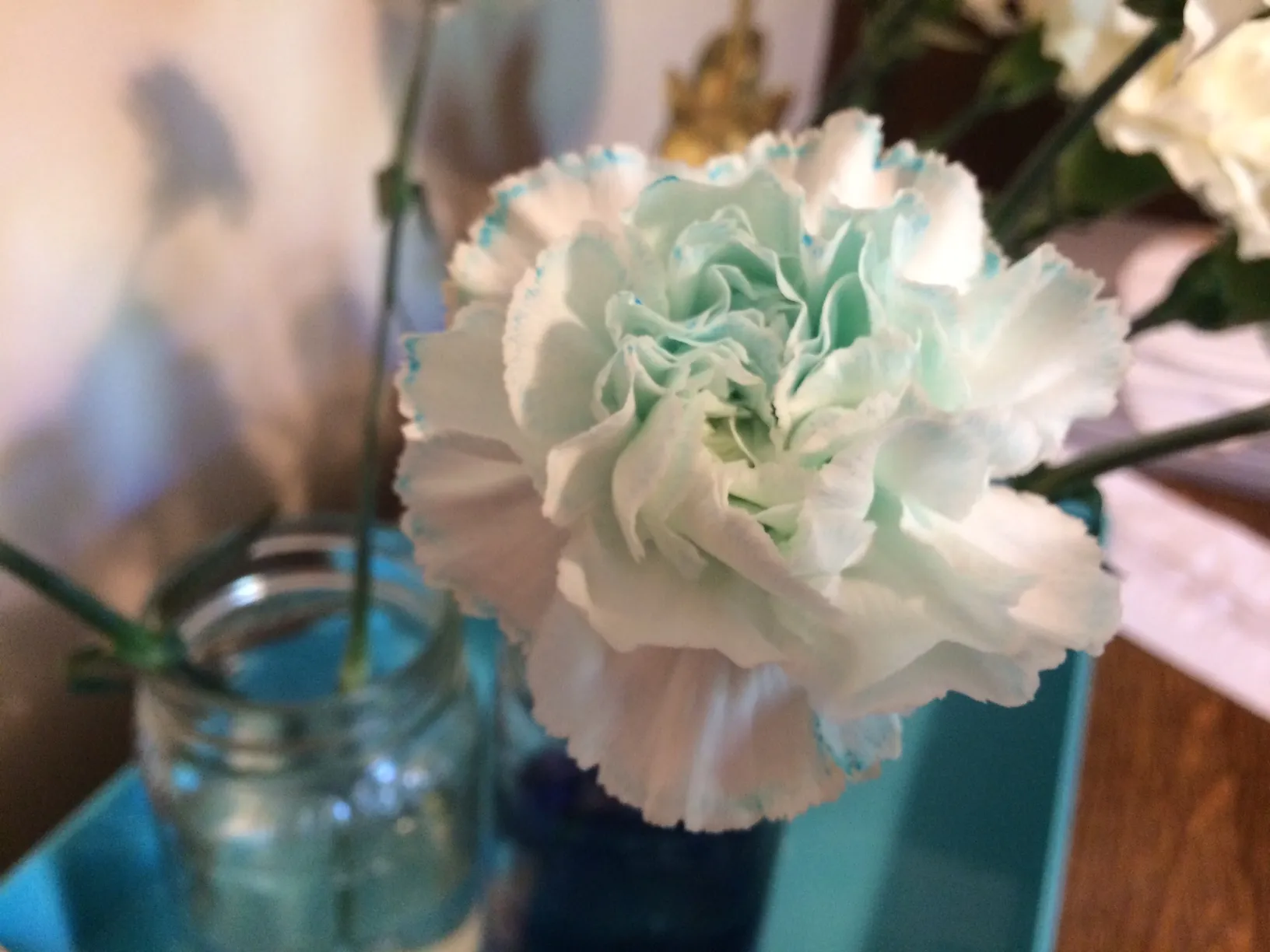
May 7, 2021
Colorful Carnations: Discovery at Home
Colorful Carnations This fun flower coloring experiment is both fun and beautiful. Questions you can ask with this experiment: How do...
-
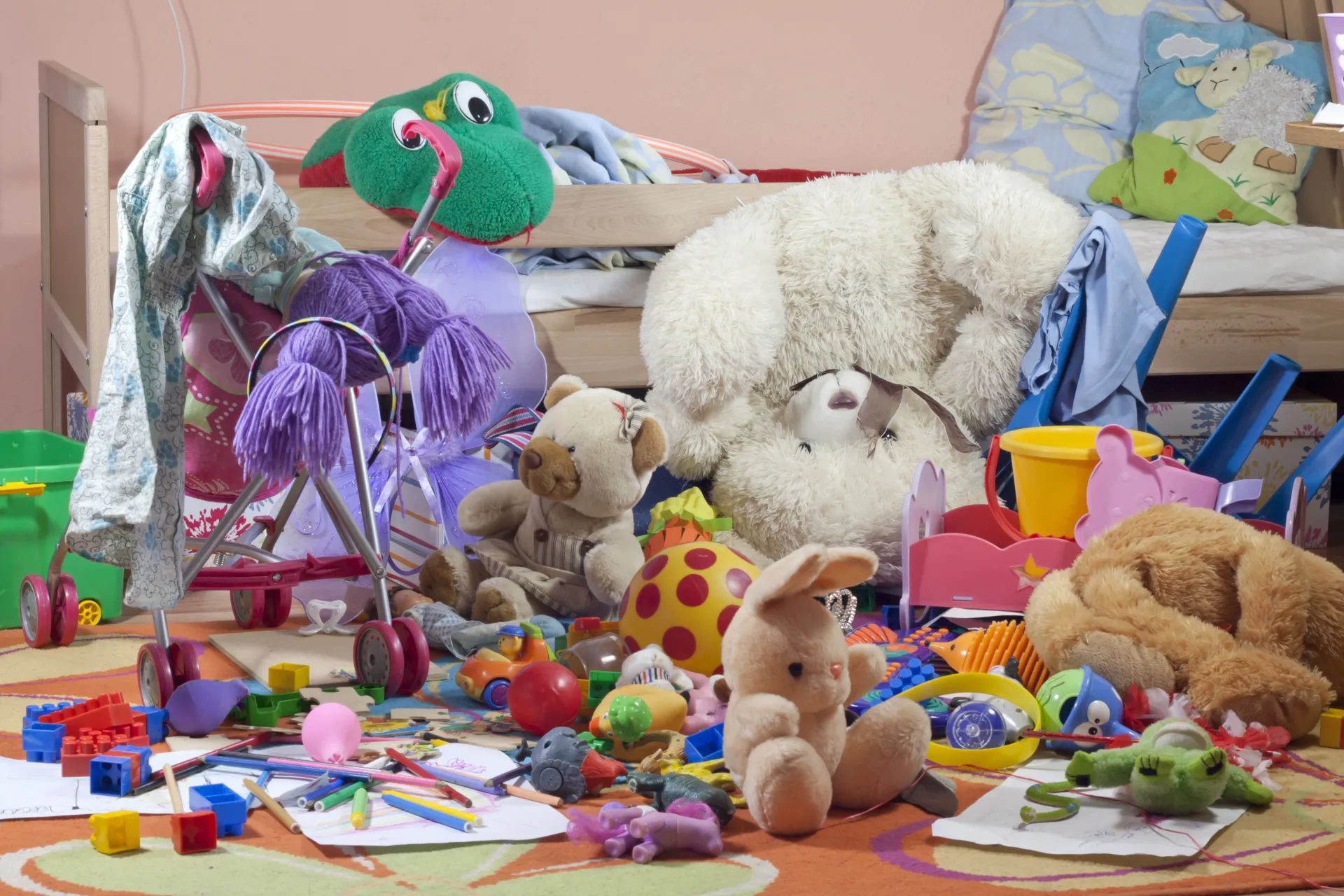
January 25, 2021
The Toy Monster: 10 Ways to Manage Too Many Toys
The Toy Monster: 10 Ways to Manage Too Many Toys The holidays are over, but what do you do with all the new toys in your house? How do you...
-
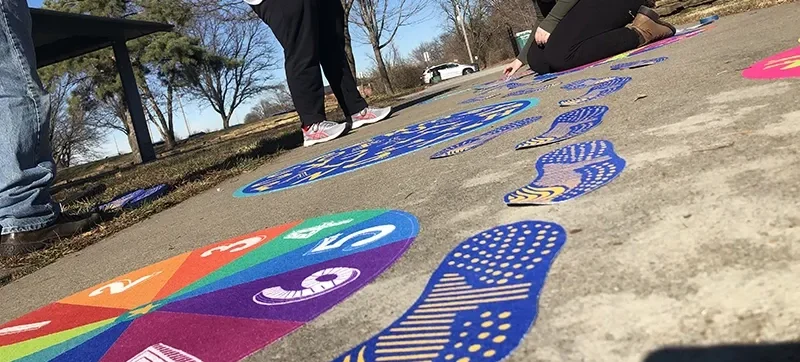
January 5, 2021
Discovery Center Gets Kids Jumping, Spelling, Counting in Local Parks
Discovery Center Gets Kids Jumping, Spelling, Counting in Local Parks January 4, 2021 - Local kids will find some educational, fun new...
-

December 5, 2020
Chilly Weather Yoga: Discovery at Home
It's great to play outside even when it is chilly! Bundle up and take a break outside with local yoga instructor and friend of the Kansas...
-

November 27, 2020
Squish Box: Discovery at Home
Sometimes we have big feelings, and that's okay! Join Ms. Nancy at the Kansas Children's Discovery Center as she shows us how to create a...
-
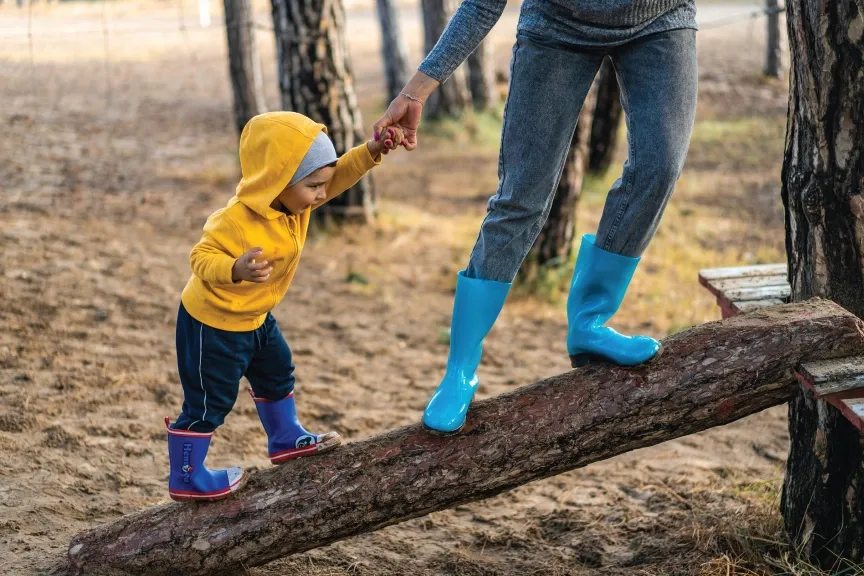
November 27, 2020
Toddler Terrain Challenge: Discovery at Home
It is time for the toddler terrain challenge! Join Ms. Nancy at the Kansas Children's Discovery Center as she shows us how to create a...
-

November 27, 2020
Tinfoil for Toddlers: Discovery at Home
The world is full of opportunities for toddlers to explore! Join Ms. Nancy at the Kansas Children's Discovery Center as she shows us how...
-

November 27, 2020
Rip and Tear: Discovery at Home
Destruction is fun for all ages! Join Ms. Nancy at the Kansas Children's Discovery Center as she destroys recycled materials while...
-

November 27, 2020
Toddler Finger Paint: Discovery at Home
Get messy! Ms. Nancy will show you one way to create safe finger paints for your toddler that will create lots of messy fun! This activity...
-

November 27, 2020
Spider Web Game: Discovery at Home
Practice problem solving! Trap toys at the bottom of a laundry basket under a spider web made of string to keep your toddler busy! Quick...
-

November 27, 2020
Toddler Kazoo: Discovery at Home
Dun-da-da-dunnn! Create kazoo sound waves with Ms. Nancy at the Kansas Children's Discovery Center! Using recycled materials and other...
-

November 27, 2020
Laundry Basket Train: Discovery at Home
Choo choo! Hop aboard with Ms. Nancy at the Kansas Children's Discovery Center for a fun toddler train! Using items from your house,...
-

November 21, 2020
Imitation Game: Discovery at Home
Copy cats are not always a bad thing! Join Ms. Nancy at the Kansas Children's Discovery Center as she describes the imitation game!...
-
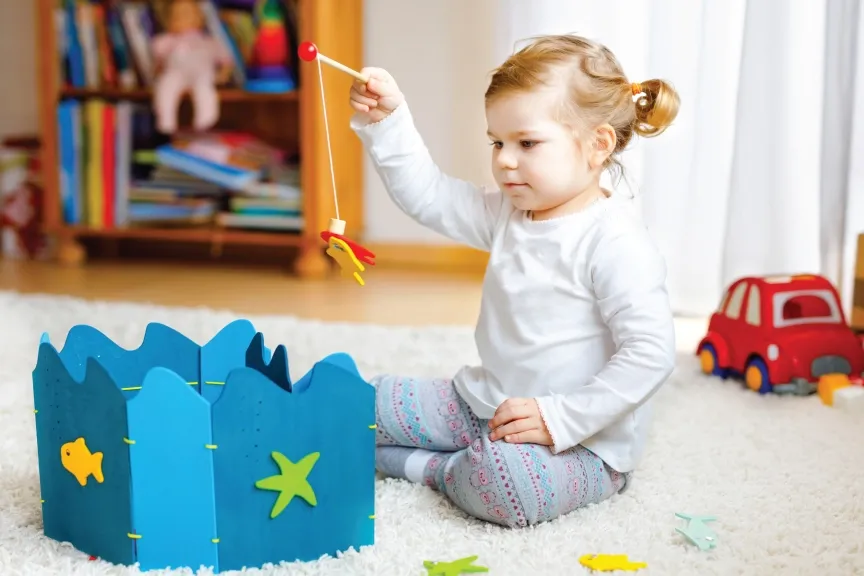
November 21, 2020
Fisher-tots: Discovery at Home
Need an adventure for your toddler? Join Ms. Nancy at the Kansas Children's Discovery Center in exploring the ocean as she heads out on an...
-

September 4, 2020
Pickup Challenge: Discovery at Home
Pick up sticks! It's time for a challenge from Caitlin Luttjohann, Director of STEAM Education at the Kansas Children's Discovery Center....
-
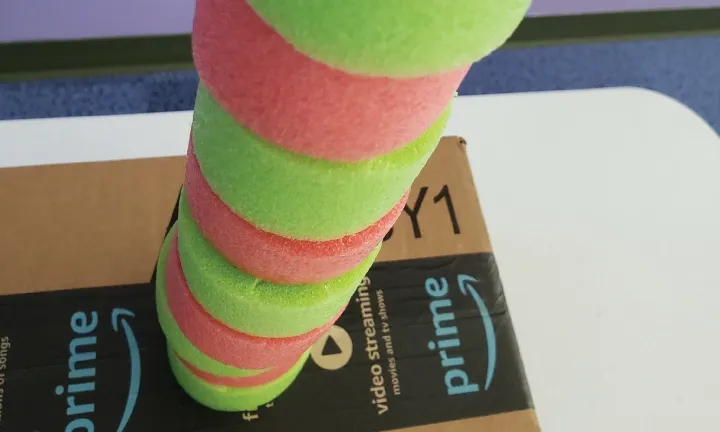
August 26, 2020
Pool Noodle Stacking Challenge: Discovery at Home
Stack 'em up! Engineer a platform and compete in a fine motor stacking challenge! This activity is generously supported by our friends at...
-
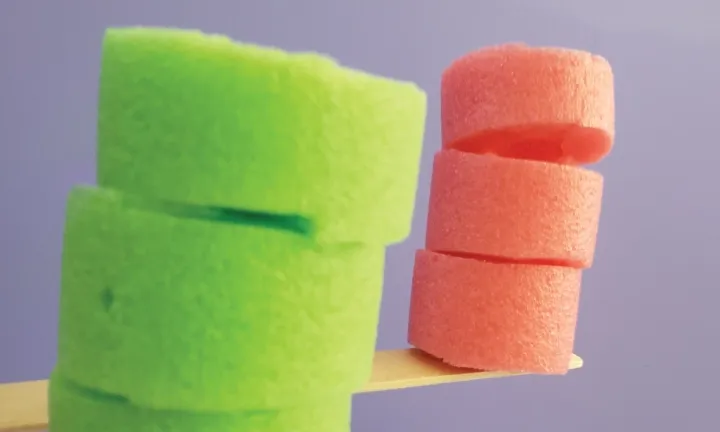
August 22, 2020
Pool Noodle Balancing Act: Discovery at Home
It's a balancing act! Recycle a pool noodle and hone your engineering skills for this scientific balancing act! This activity is...
-
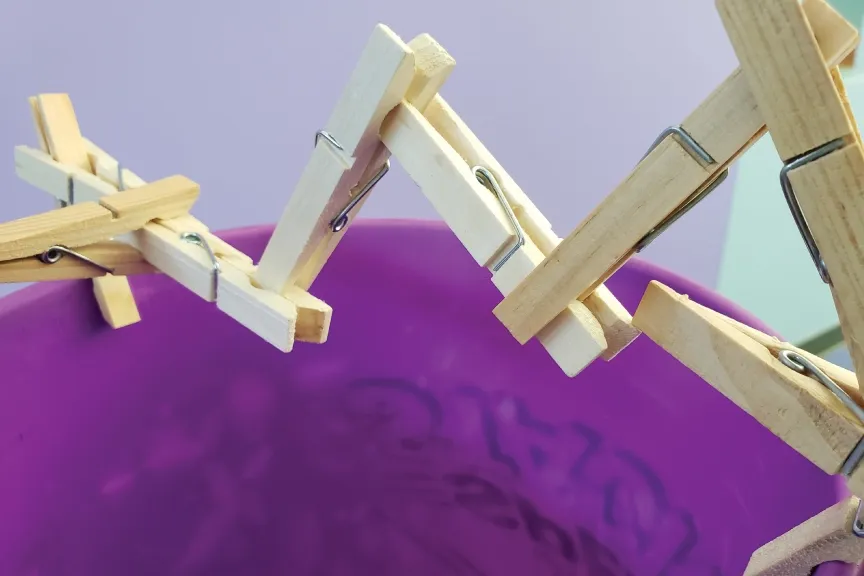
August 22, 2020
Clothespin Bridge: Discovery at Home
Engineering challenge! Join Caitlin Luttjohann, Director of STEAM Education at the Kansas Children's Discovery Center for a clothespin...
-
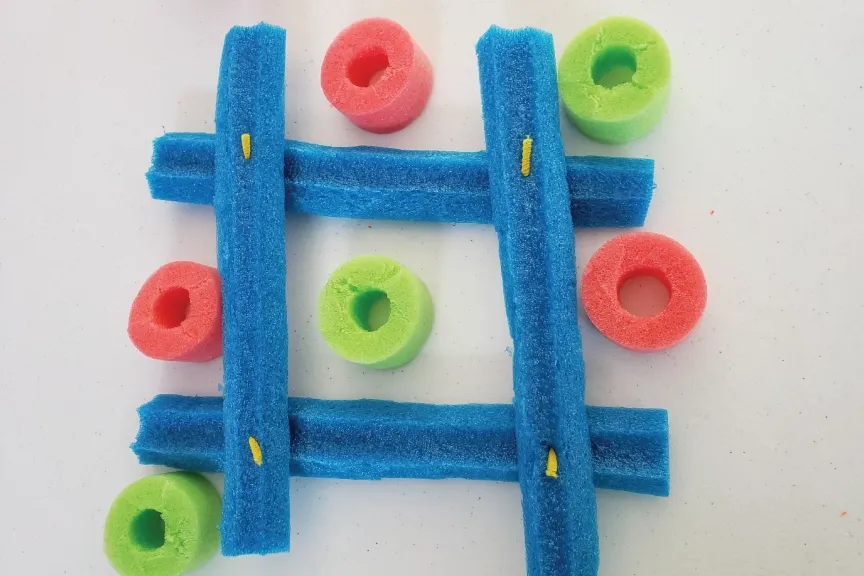
August 20, 2020
Pool Noodle Tic-Tac-Toe: Discovery at Home
XOXO We're using one of our favorite building materials for a classic game, join Caitlin Luttjohann, Director of STEAM Education at the...
-
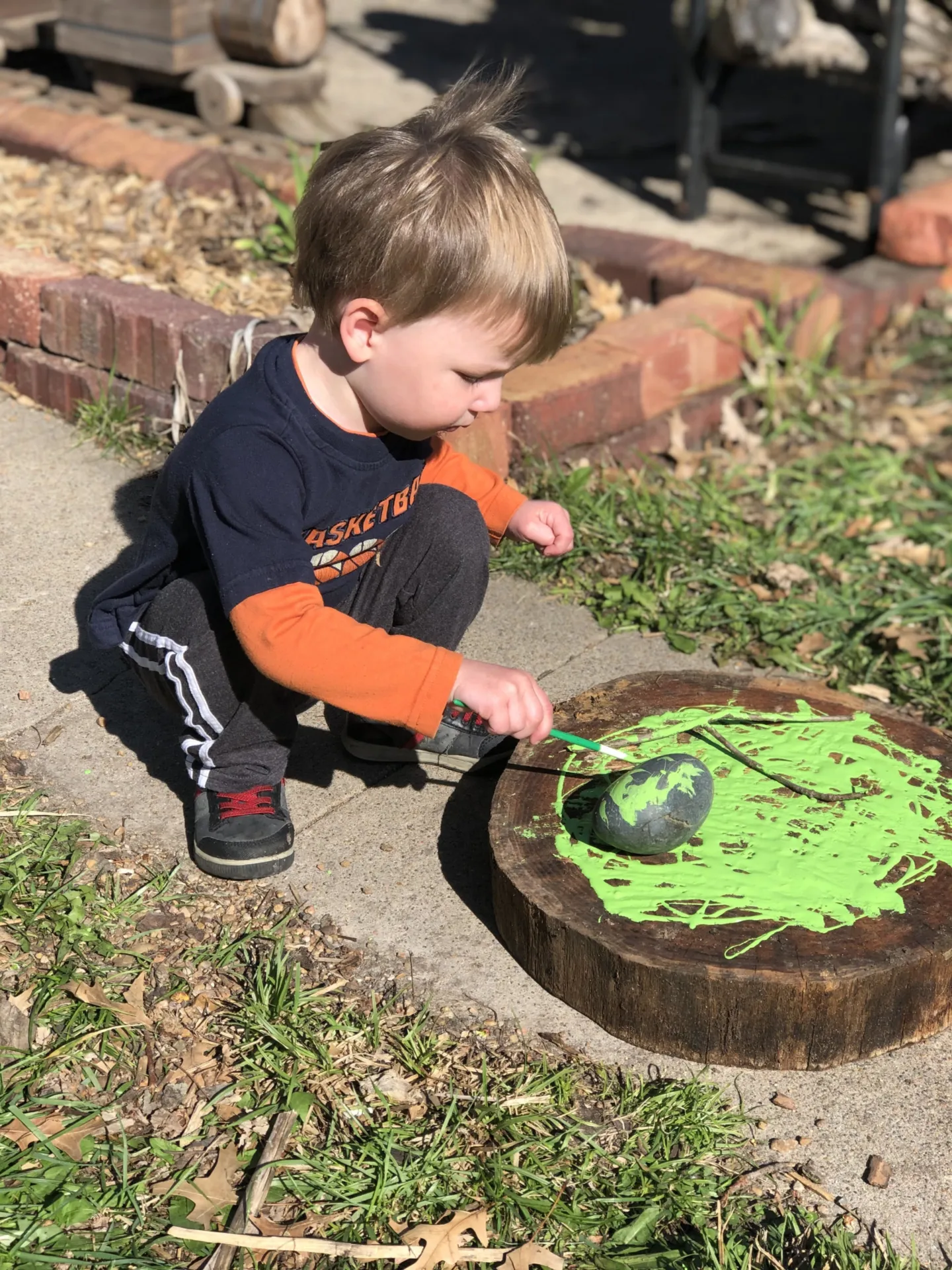
August 18, 2020
Rock Painting: Discovery at Home
An art activity that really rocks! Join Caitlin Luttjohann, Director of STEAM Education at the Kansas Children's Discovery Center for some...
-

August 17, 2020
Pool Noodles and Pipe Cleaners: Discovery at Home
We've discovered an awesome new building material: pool noodles and pipe cleaners! Join Caitlin Luttjohann, Director of STEAM Education at...
-

August 14, 2020
Unicorn Yoga: Discovery at Home
Yoga like a unicorn! Local yoga instructor and friend of the Kansas Children's Discovery Center Kathy Damron leads unicorn yoga! Find your...
-
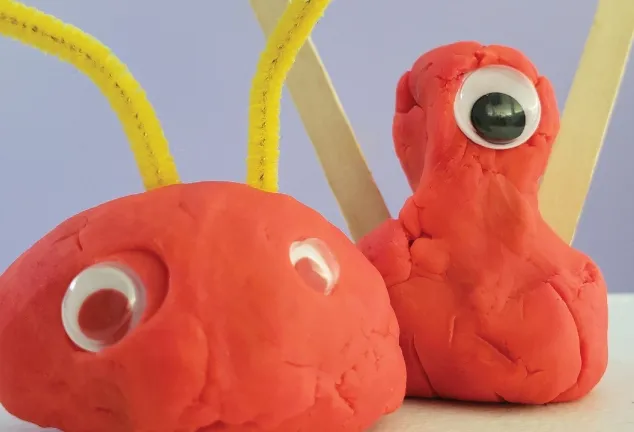
August 11, 2020
Playdough Monsters: Discovery at Home
Rarrrrr! Make playdough monsters with Caitlin Luttjohann, Director of STEAM Education at the Kansas Children's Discovery Center. Children...
-

August 7, 2020
Stick Letter Seek & Find: Discovery at Home
Make learning stick! Caitlin Luttjohann, Director of STEAM Education at the Kansas Children's Discovery Center shows you how to create a...
-
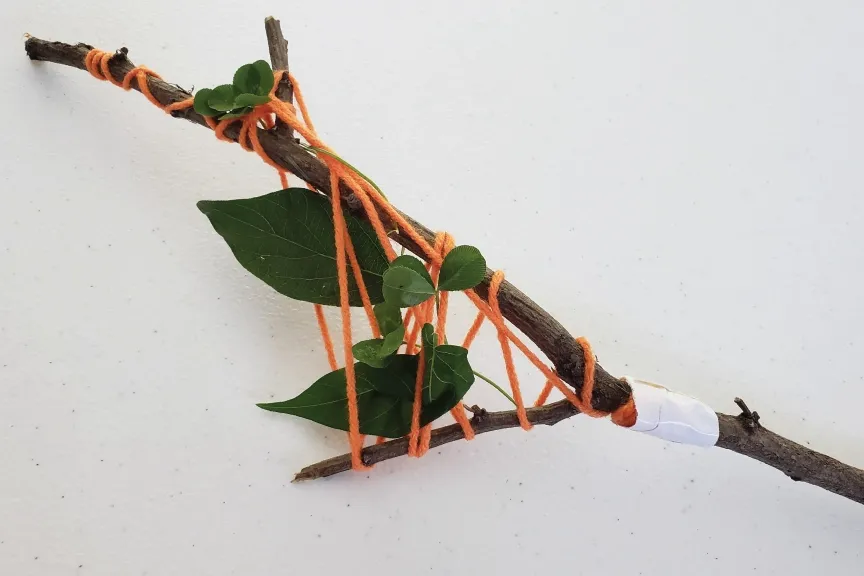
August 6, 2020
Nature Wands: Discovery at Home
Poof! Nature! Make a nature wand with Caitlin Luttjohann, Director of STEAM Education at the Kansas Children's Discovery Center and...
-

August 3, 2020
Leafy Printmaking: Discovery at Home
If we had a hammer...we'd make some cool leaf prints! Join Caitlin Luttjohann, Director of STEAM Education at the Kansas Children's...
-
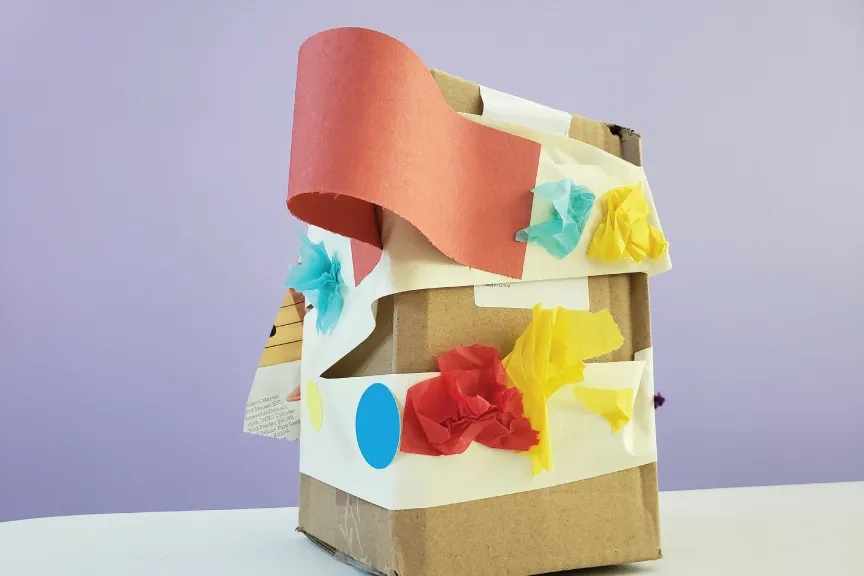
July 22, 2020
Abstract Art Box: Discovery at Home
Outside the box! Make an abstract art box with Caitlin Luttjohann, Director of STEAM Education at the Kansas Children's Discovery Center....
-
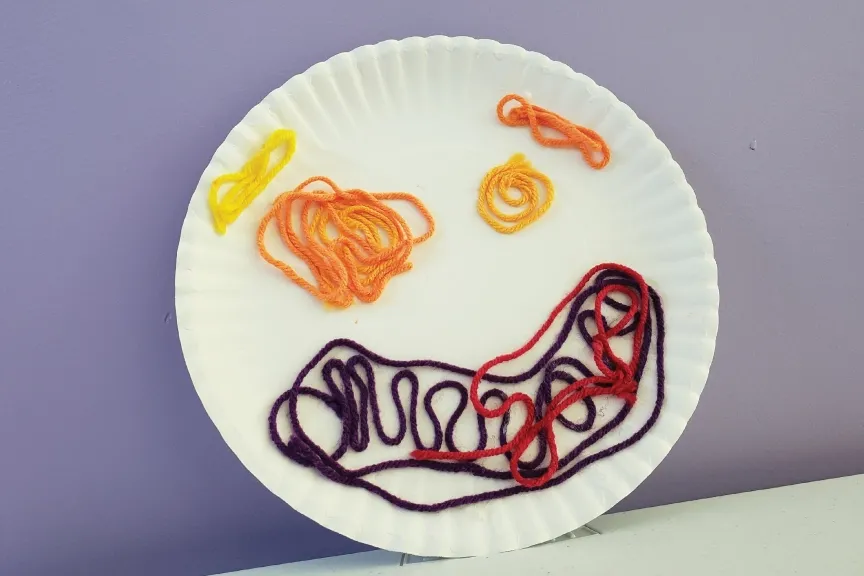
July 22, 2020
Yarn Monster: Discovery at Home
Yarn monsters on the loose! Creating art with limited materials is a great was to encourage creativity and get kids working with...
-
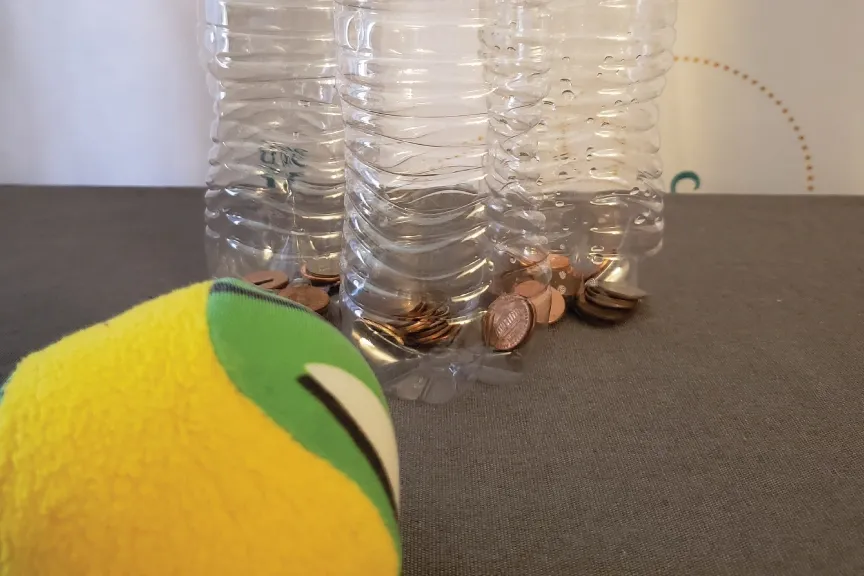
July 21, 2020
DIY Bowling: Discovery at Home
Get bowled over! We're bowling DIY-style with Caitlin Luttjohann, Director of STEAM Education at the Kansas Children's Discovery Center....
-
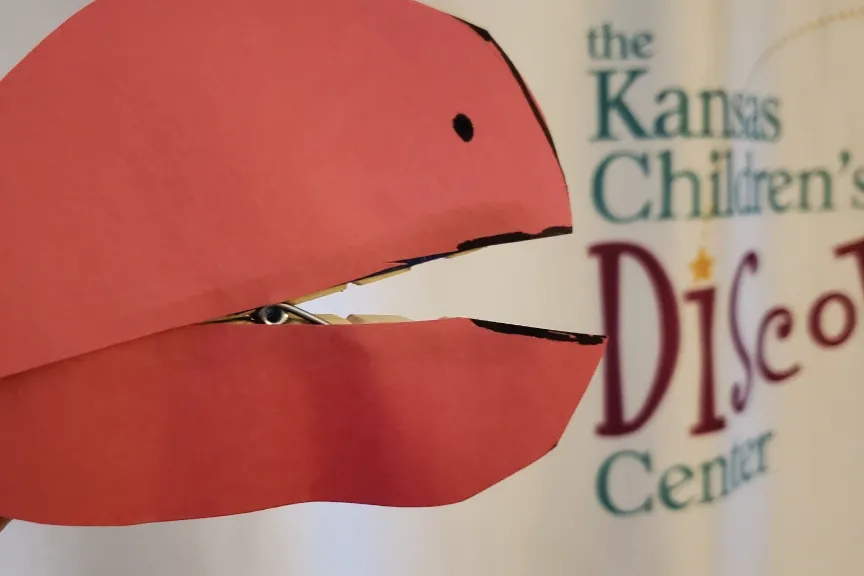
July 17, 2020
Clothespin Puppets: Discovery at Home
Nom Nom! Make a clothespin puppet with Caitlin Luttjohann, Director of STEAM Education at the Kansas Children's Discovery Center. Then use...
-

July 16, 2020
Hot vs Cold: Discovery at Home
It's an epic battle! Hot vs. cold, which temperature will best expand a balloon? Join Caitlin Luttjohann, Director of STEAM Education at...
-
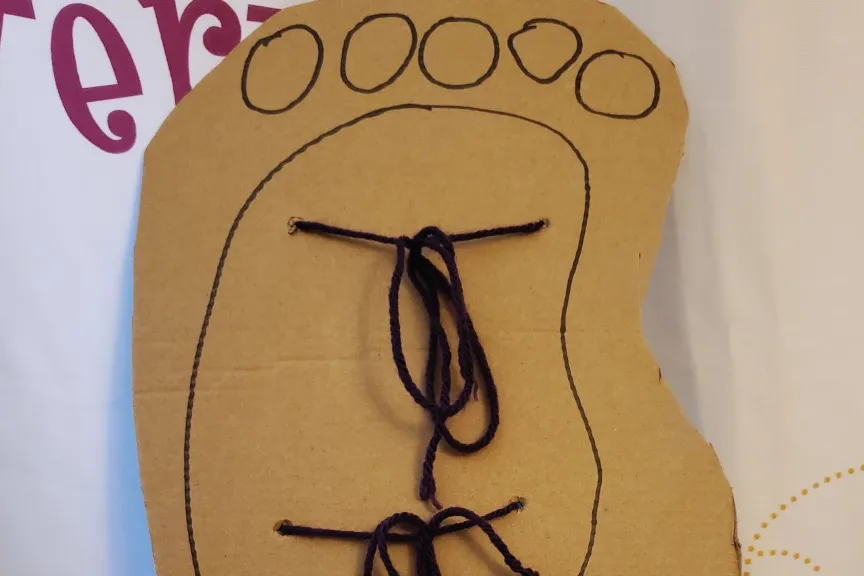
July 14, 2020
Bigfoot Obstacle Course: Discovery at Home
What's better than an obstacle course? An obstacle course with big feet! Join Caitlin Luttjohann, Director of STEAM Education at the...
-
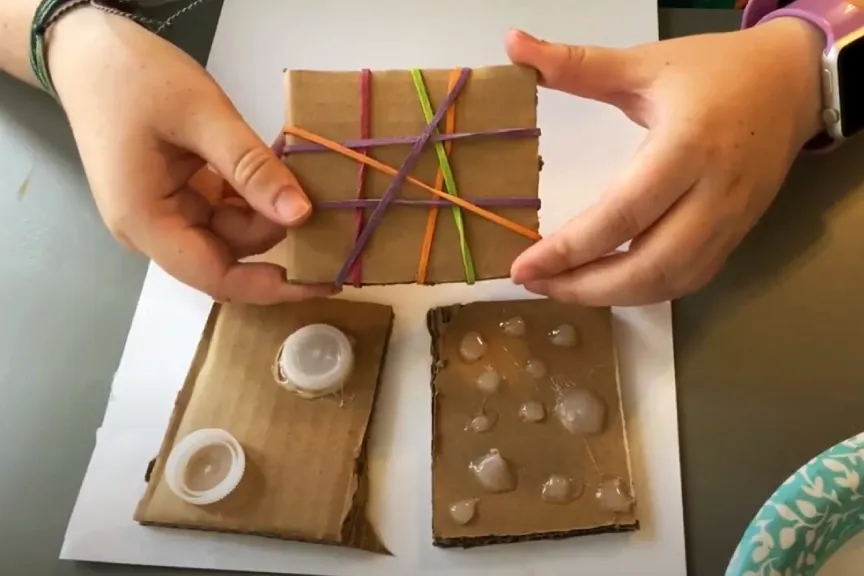
July 11, 2020
Stamp Making: Discovery at Home
Make an impression! Create stamps with Sarina Smith from the Kansas Children's Discovery Center. Sarina is an Art Studio major at Washburn...
-

July 10, 2020
Making a Flipbook : Discovery at Home
Flip out! Make a flip book with Sarina Smith from the Kansas Children's Discovery Center. Sarina is an Art Studio major at Washburn...
-

July 6, 2020
Silverware Sound Science: Discovery at Home
Listen up! Discover sound waves with Caitlin Luttjohann, Director of STEAM Education at the Kansas Children's Discovery Center. Create the...
-
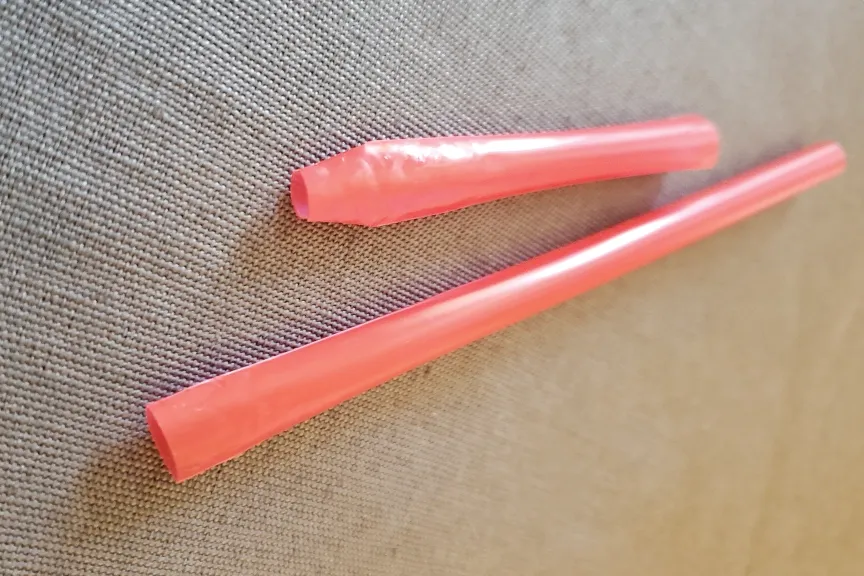
July 3, 2020
Straw Oboe: Discovery at Home
Play an instrument! Make a straw oboe with Caitlin Luttjohann, Director of STEAM Education at the Kansas Children's Discovery Center. In...
-
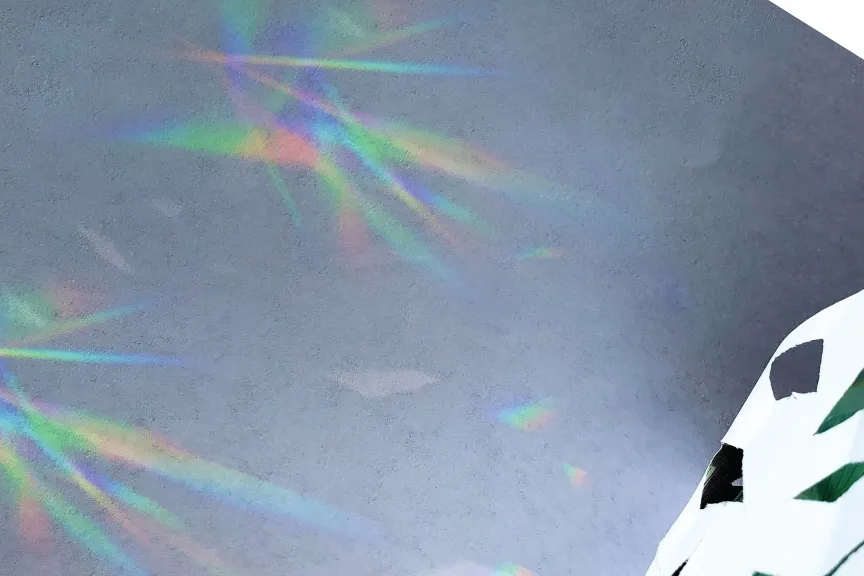
July 3, 2020
Solar Rainbow Dances: Discovery at Home
Rainbow connection! Make dancing rainbows with Caitlin Luttjohann, Director of STEAM Education at the Kansas Children's Discovery Center....
-

July 2, 2020
Brainy Yoga: Discovery at Home
Today from Discovery at Home: local yoga instructor and friend of the Kansas Children's Discovery Center Kathy Damron talks about the...
-
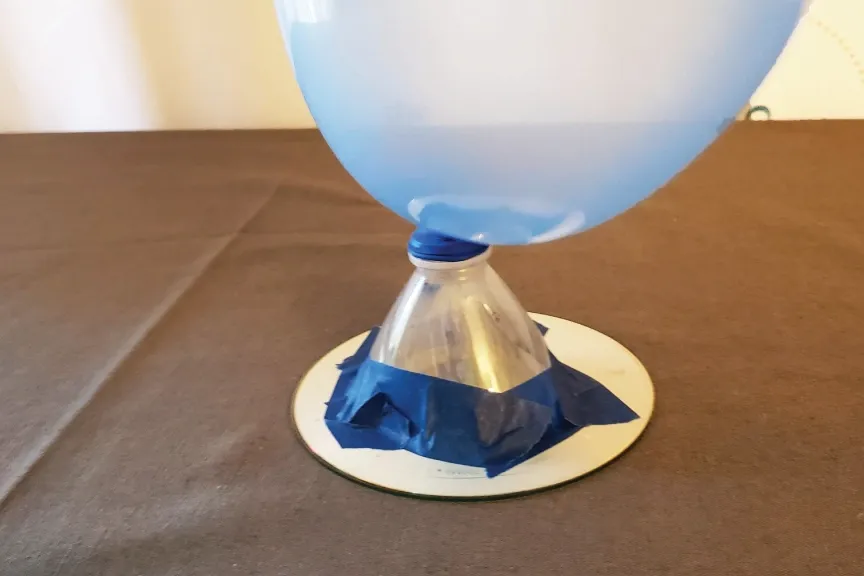
July 1, 2020
CD Hovercraft: Discovery at Home
Blown away! Make a tabletop hovercraft with Caitlin Luttjohann, Director of STEAM Education at the Kansas Children's Discovery Center. In...
-

June 30, 2020
Stop Motion: Discovery at Home
Stop here for fun! Learn how to make a stop motion video, and see your toys move like magic with Caitlin Luttjohann, Director of STEAM...
-
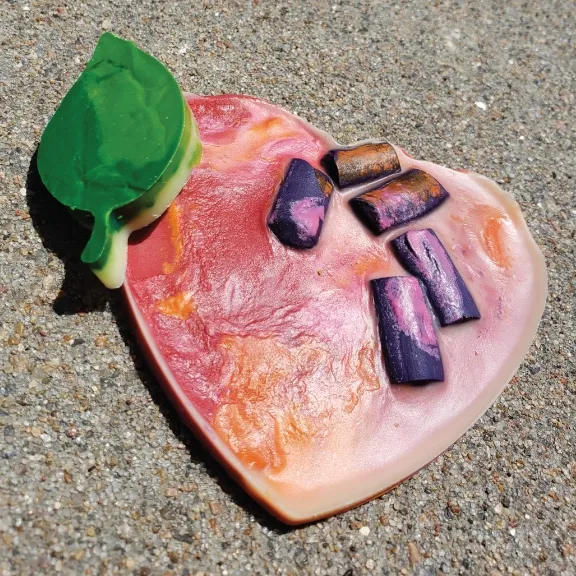
June 27, 2020
Recycled Crayons: Discovery at Home
Hot science! Make recycled crayons with Caitlin Luttjohann, Director of STEAM Education at the Kansas Children's Discovery Center. It is...
-
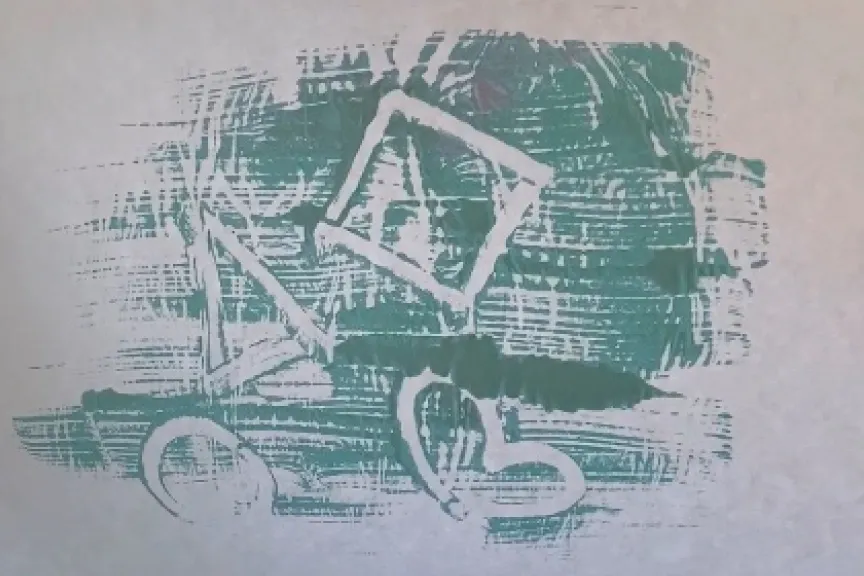
June 27, 2020
Wax Paper Monoprint: Discovery at Home
Good enough to print! Wax paper monoprint with Sarina Smith from the Kansas Children's Discovery Center. Sarina is an Art Studio major at...
-
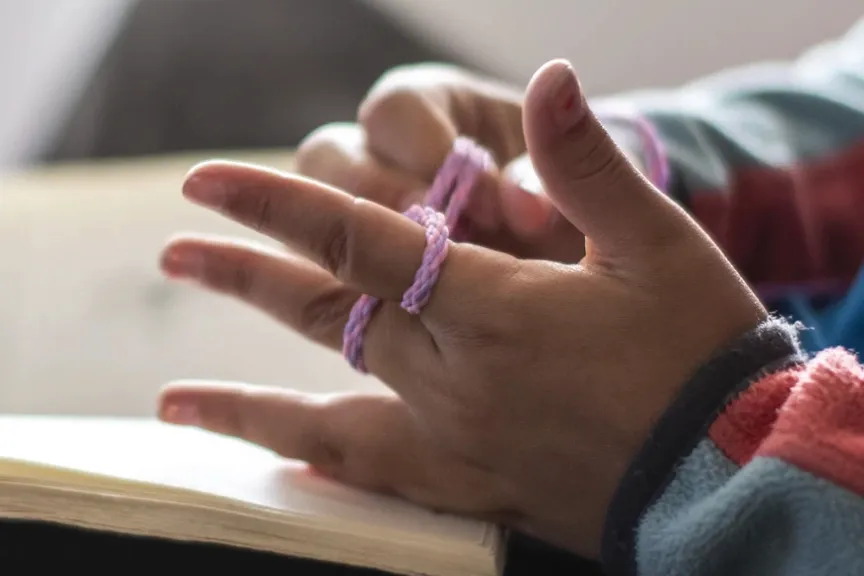
June 27, 2020
Elevator Pulley: Discovery at Home
Pull! Create an elevator pulley with Caitlin Luttjohann, Director of STEAM Education at the Kansas Children's Discovery Center. Simple...
-

June 24, 2020
Wind Turbine Design: Discovery at Home
Blown away! Design a wind turbine with Caitlin Luttjohann, Director of STEAM Education at the Kansas Children's Discovery Center. When...
-
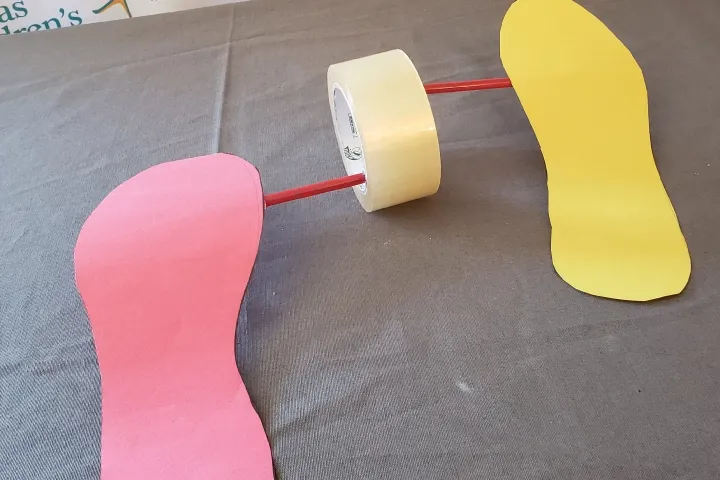
June 20, 2020
Walking Tape Roll: Discovery at Home | El Rollo de Cinta Adhesiva que Camina: Descubrimiento en Casa
Today from Discovery at Home: make a walking tape roll! This activity is presented in English and Spanish thanks to our friends at Hill’s...
-
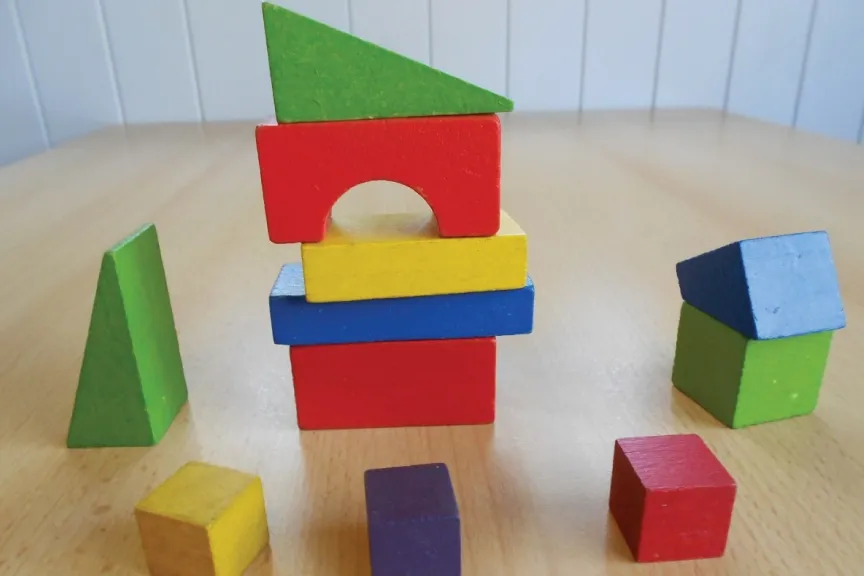
June 18, 2020
Materials Testing: Discovery at Home
Huff and puff and try to blow a structure down! Use your engineering skills to explore how different materials withstand force from wind....
-

June 18, 2020
Meditation Jar: Discovery at Home
Fun with glitter! Today from Discovery at Home: local yoga instructor and friend of the Kansas Children's Discovery Center Kathy Damron...
-

June 17, 2020
Toy Flotation Design: Discovery at Home
Be a rescue hero! Engineer a flotation device to save a toy with Caitlin Luttjohann, Director of STEAM Education at the Kansas Children's...
-

June 16, 2020
Domino Rally Bowling: Discovery at Home
Bowled over! Discover a new way to bowl with Caitlin Luttjohann, Director of STEAM Education at the Kansas Children's Discovery Center....
-
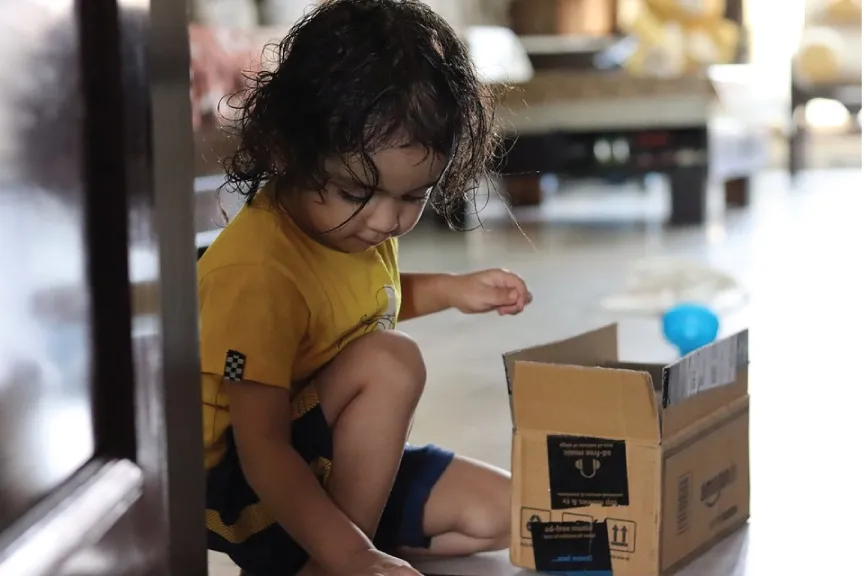
June 15, 2020
Recycled Fashion Show: Discovery at Home
Fashion statement! Learn a new way to create fashion with Caitlin Luttjohann, Director of STEAM Education at the Kansas Children's...
-
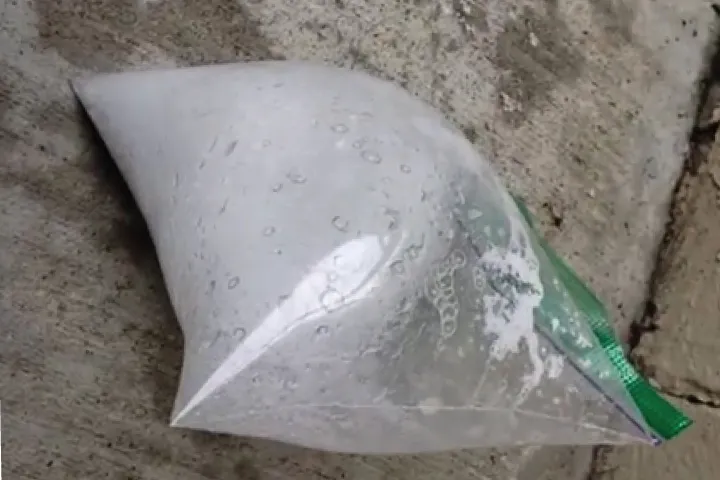
June 13, 2020
Exploding Bag Experiment: Discovery at Home | Experimento de la Bolsa Explosiva: Descubrimiento en Casa
Today from Discovery at Home: exploding bag experiment! This activity is presented in English and Spanish thanks to our friends at Hill's...
-
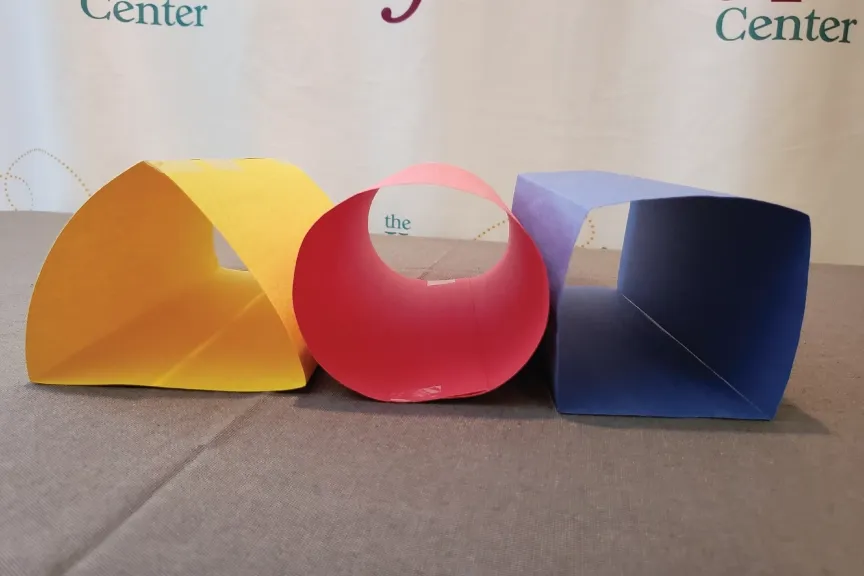
June 12, 2020
Shape Strength: Discovery at Home
How strong is a circle? Test the strength of shapes with Caitlin Luttjohann, Director of STEAM Education at the Kansas Children's...
-

June 11, 2020
Bug Yoga: Discovery at Home
Can you bend like a beetle? Can you move like a caterpillar? Try it out during bug yoga with local yoga instructor and friend of the...
-

June 10, 2020
Air Fort: Discovery at Home
Build with air! Make an air fort with Caitlin Luttjohann, Director of STEAM Education at the Kansas Children's Discovery Center. Fort...
-

June 9, 2020
Newborn Play: Discovery at Home
Get some great ideas on playing with your newborn from Sally Wright, educator at the Kansas Children's Discovery Center with special...
-

June 8, 2020
Paper Plate Ramp: Discovery at Home
Vroom, vroom! Make a paper plate car ramp with Caitlin Luttjohann, Director of STEAM Education at the Kansas Children's Discovery Center....
-

June 6, 2020
Water Droplet Exploration: Discovery at Home | Exploración con Gotas de Agua: Descubrimiento en Casa
Today from Discovery at Home: Explore water droplets! This activity is presented in English and Spanish thanks to our friends at Hill's Pet...
-
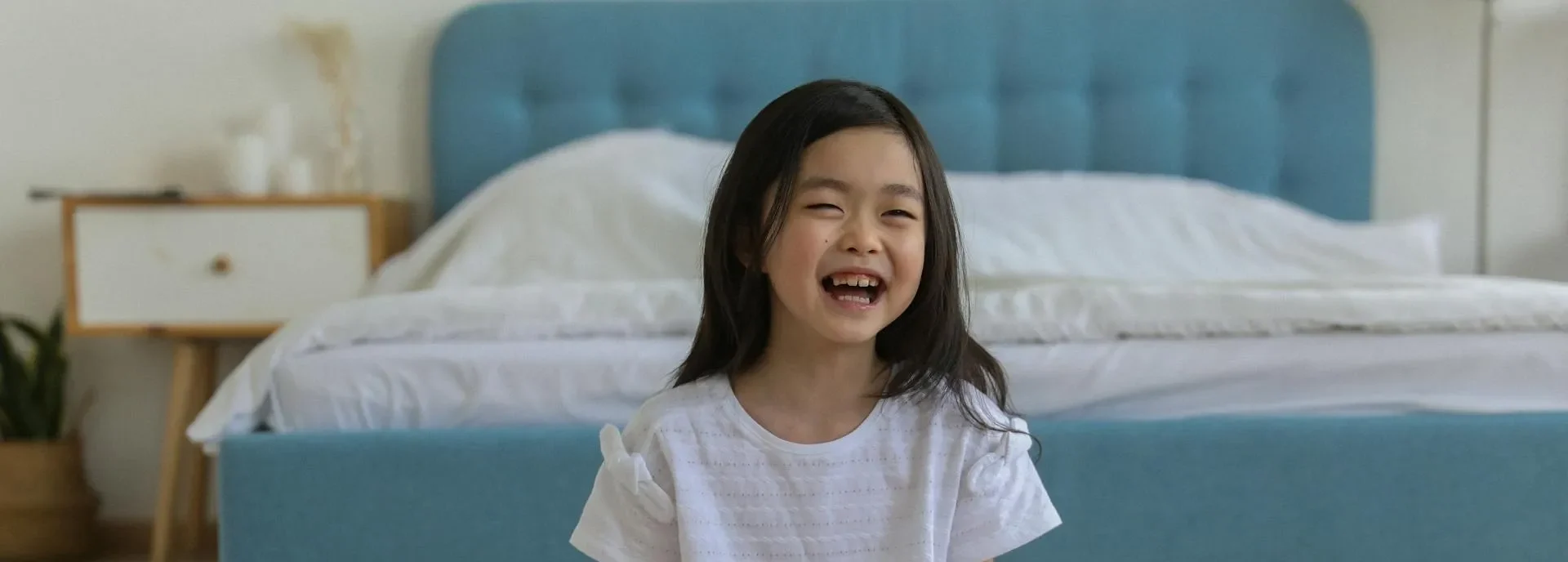
June 4, 2020
Breathing Games: Discovery at Home
Take a breath Today from Discovery at Home: We have some fun breathing games with local yoga instructor and friend of the Kansas...
-

June 3, 2020
Seismic Engineering: Discovery at Home
Shake, rattle, and roll! We love testing structures with our shake table here at the Discovery Center. Caitlin Luttjohann, Director of...
-
June 2, 2020
Pure Process: Discovery at Home Sensory-Friendly Sundays
https://youtu.be/AgOfPpIN2Tg Join Nancy Nelson, Early Childhood Educator from the Kansas Children's Discovery Center this great at-home...
-

June 1, 2020
Magical Chemistry Rocks: Discovery at Home
Rocks that fizz?! This activity is a favorite here at the Discovery Center, where we like to use food coloring to create colorful rocks or...
-

May 30, 2020
Leaky Bag Experiment: Discovery at Home | Experimento de la Bolsa Antifugas: Descubrimiento en Casa
Today from Discovery at Home: Try the leaky bag experiment! This activity is presented in English and Spanish thanks to our friends at...
-
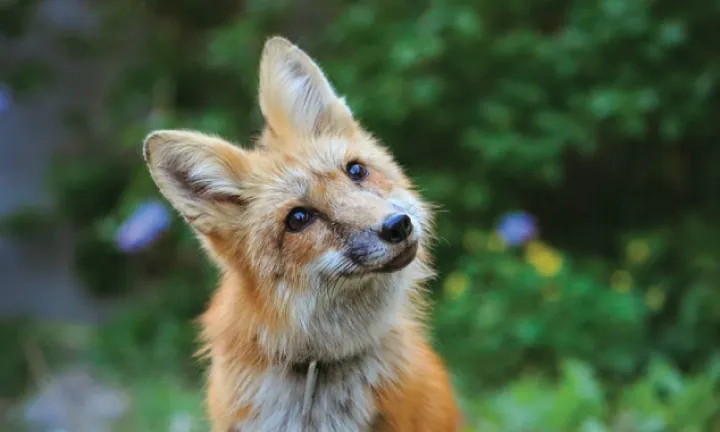
May 28, 2020
Animal Ears Yoga: Discovery at Home Kids and Family Yoga with Kathy Damron
What would you be able to hear if you had ears like a deer or a fox? Today from Discovery at Home: local yoga instructor and friend of the...
-
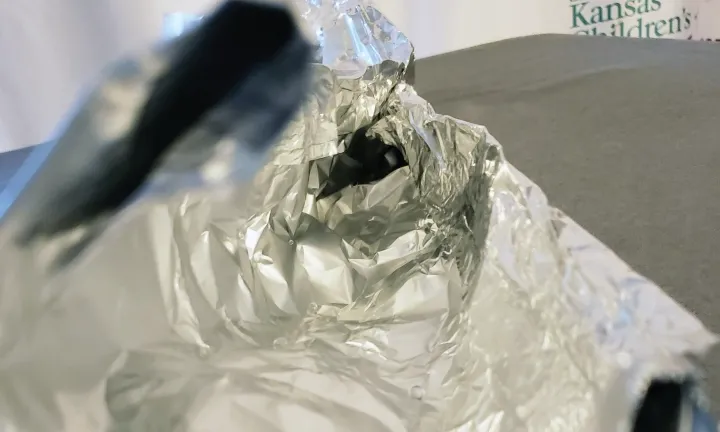
May 27, 2020
Foil River: Discovery at Home
Don't let your water play be foiled! Join Caitlin Luttjohann, Director of STEAM Education at the Kansas Children's Discovery Center, to...
-
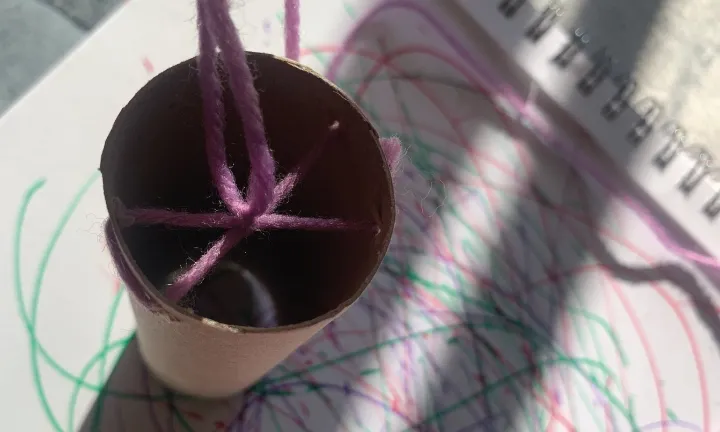
May 26, 2020
Tube Pendulum Process Art: Discovery at Home
Get into the swing of things! Check out this tube pendulum process art with Sarina Smith from the Kansas Children's Discovery Center....
-

May 19, 2020
Coin Tower Challenge: Discovery at Home
Do the Coin Tower Challenge! Use the power of inertia to move the bottom coin, and only the bottom coin, from your tower! This activity is...
-
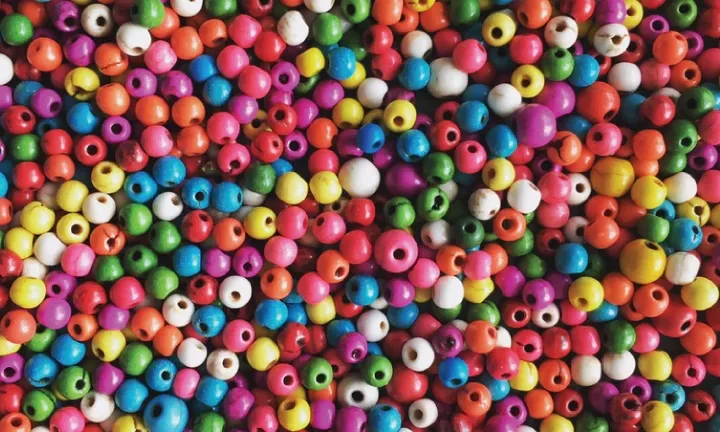
May 18, 2020
Estimation Exploration: Discovery at Home
How many? How much? Explore Estimation with Caitlin Luttjohann, Director of STEAM Education at the Kansas Children's Discovery Center....
-
May 15, 2020
Experimento de bola flotante: Descubrimiento en Casa
Presentation de hoy desde Descubrimiento en Casa: ¡acerca del principio de Bernoulli a través del experimento de la bola flotante! Esta...
-
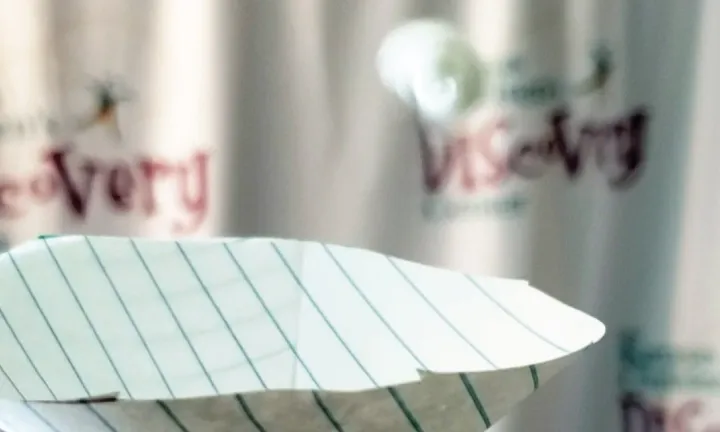
May 15, 2020
Floating Ball Experiment: Discovery at Home | Experimento de bola flotante: Descubrimiento en Casa
Today from Discovery at Home: Learn about Bernoulli's principle with this floating ball experiment! This activity is presented in English...
-

May 14, 2020
Superpower Yoga: Discovery at Home
It's a bird! It's a plane! Local yoga instructor and friend of the Kansas Children's Discovery Center Kathy Damron joins us for a family...
-
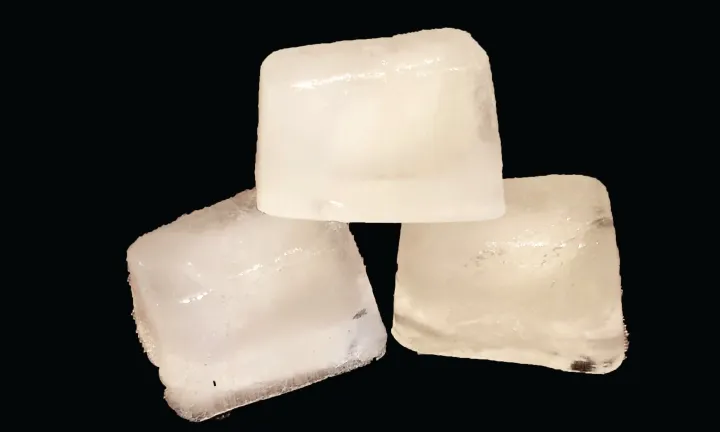
May 11, 2020
Ice Cube Engineering: Discovery at Home
So cool! Engineer an ice tower with Caitlin Luttjohann, Director of STEAM Education at the Kansas Children's Discovery Center. What do...
-
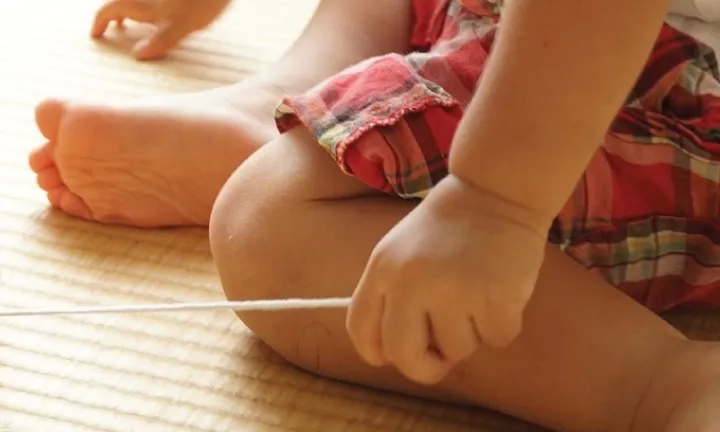
May 9, 2020
Baby Pull Wagon: Discovery at Home
Let's go, baby! It's serious fun for babies with a peekaboo game and baby pull wagon activity! Sally Wright, educator at the Kansas...
-

May 8, 2020
Pom Pom Launcher: Discovery at Home
Launch! Make a pom pom launcher with Marissa Wagner from the Kansas Children's Discovery Center! Marissa is an education major at Washburn...
-
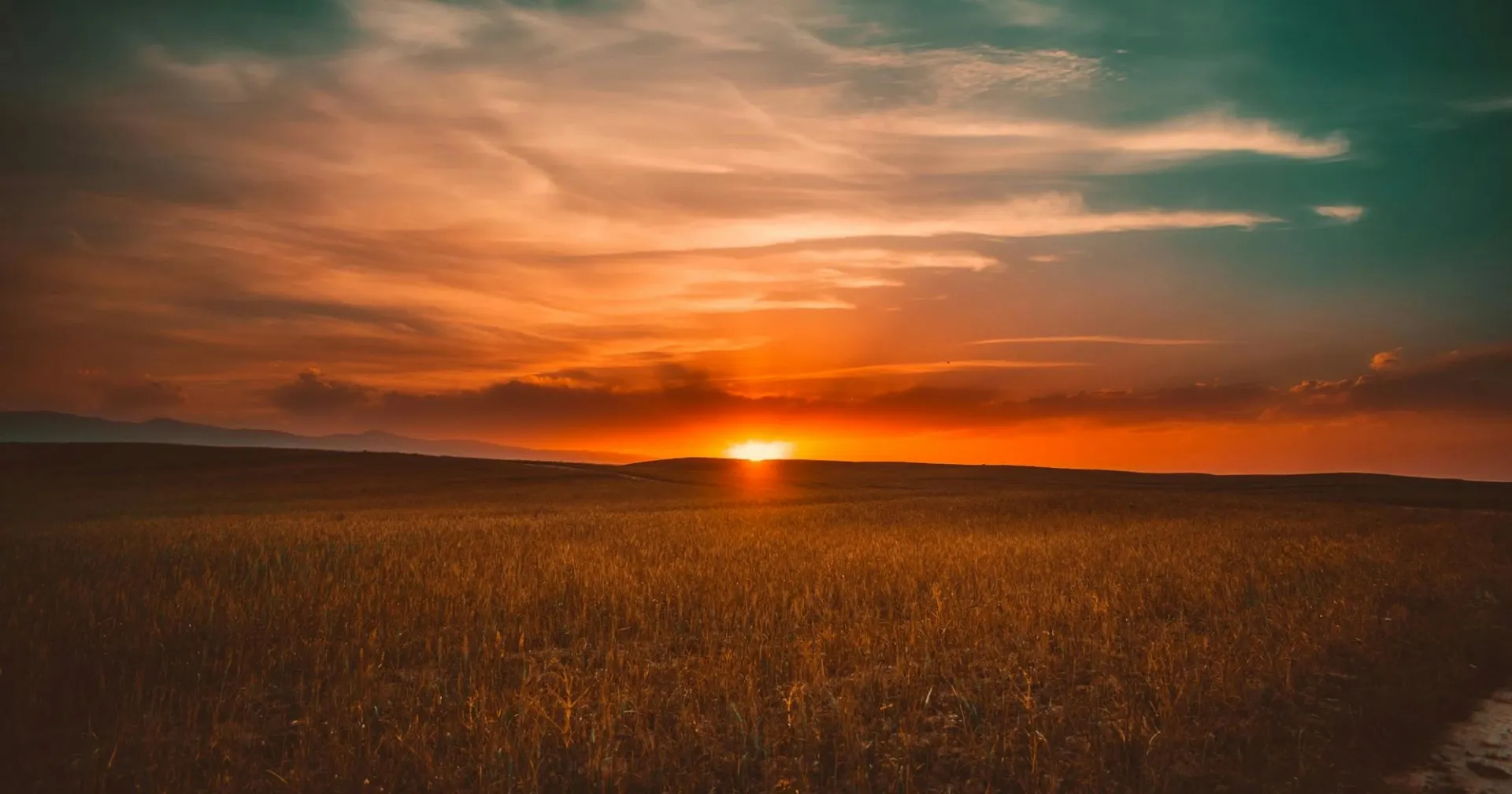
May 6, 2020
Sunrise with Meddy Teddy: Discovery at Home
Meddy Teddy Today from Discovery at Home: local yoga instructor and friend of the Kansas Children's Discovery Center Kathy Damron joins us...
-
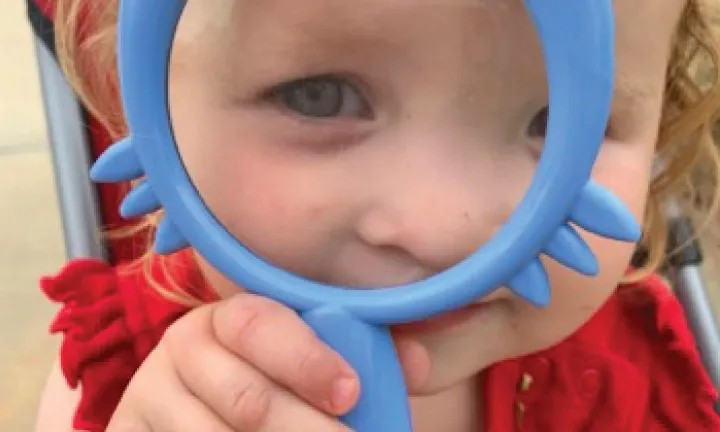
May 5, 2020
Nature Detective: Discovery at Home
Become a nature detective! Bring your Nature Adventure Journal and go with Nancy to seek, find and explain amazing things in nature. On...
-

May 4, 2020
Spin Art: Discovery at Home
Spin, spin! Spin art with Sarina Smith from the Kansas Children's Discovery Center. Sarina is an Art Studio major at Washburn University...
-
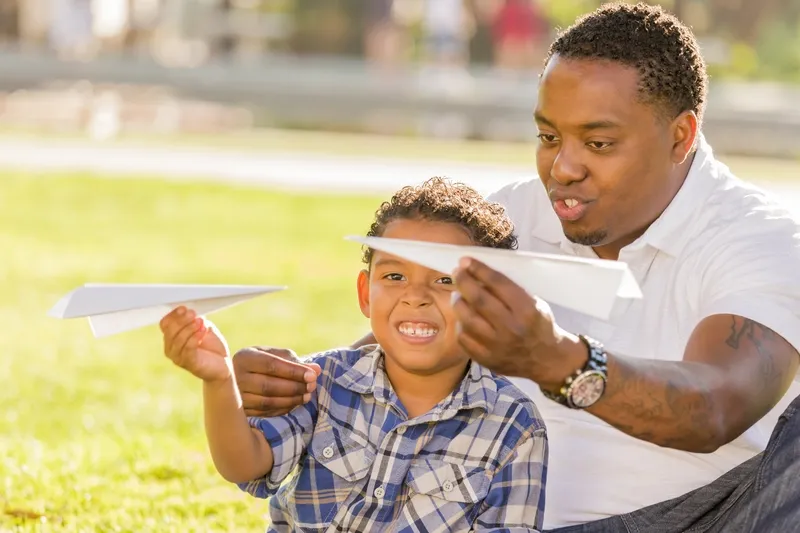
May 2, 2020
Paper Airplane Engineering: Discovery at Home
Now boarding! Perfect your paper airplane technique with Caitlin Luttjohann, Director of STEAM Education at the Kansas Children's...
-
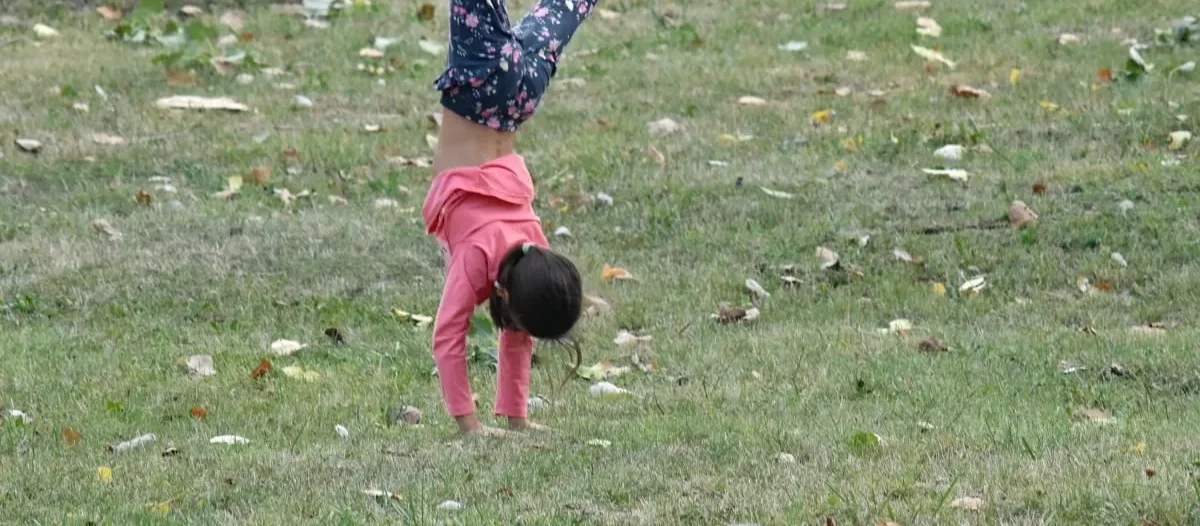
April 30, 2020
Headstand: Discovery at Home
Heads up! Celebrate with a headstand with local yoga instructor and friend of the Kansas Children's Discovery Center Kathy Damron. Kathy...
-
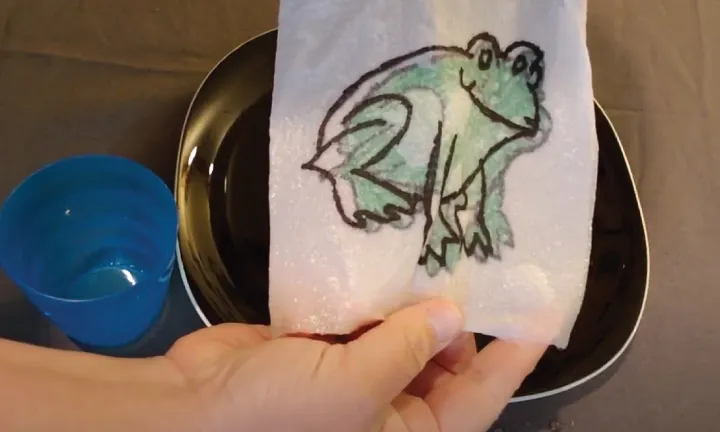
April 29, 2020
Amphibian Absorbency: Discovery at Home
Frog science! Use a paper towel art project to experience one of the unique properties of amphibian skin: the way it can absorb oxygen!...
-

April 28, 2020
Robotic Hand: Discovery at Home
Give science a hand! Make a cool robotic hand using cardboard, straws and string with Marissa Wagner from the Kansas Children's Discovery...
-
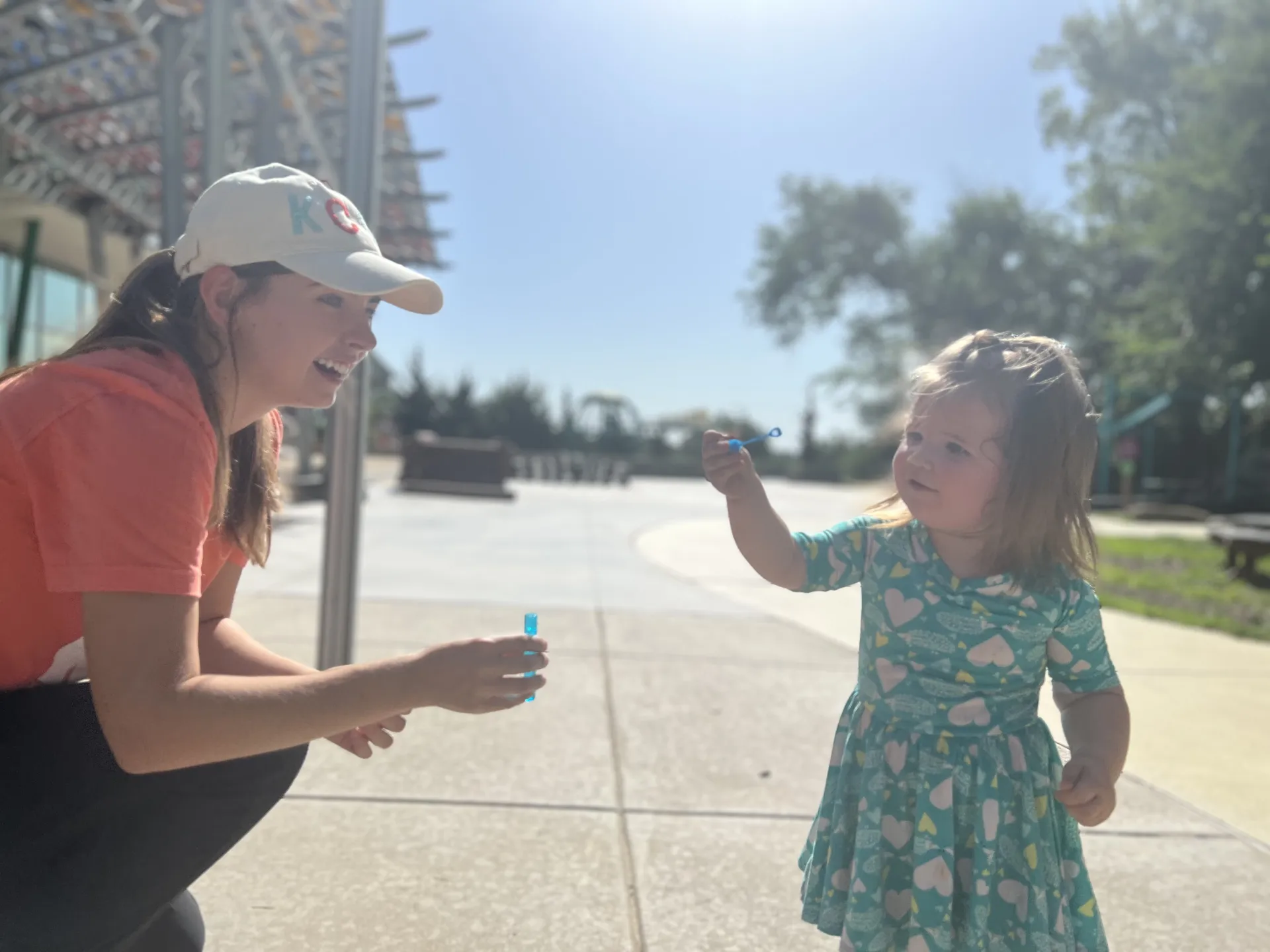
April 25, 2020
Bubble Tool Engineering: Discovery at Home
No bubble wands? No problem! Use materials you have at home to engineer the best bubble-blowing tool. This activity is powered by our...
-
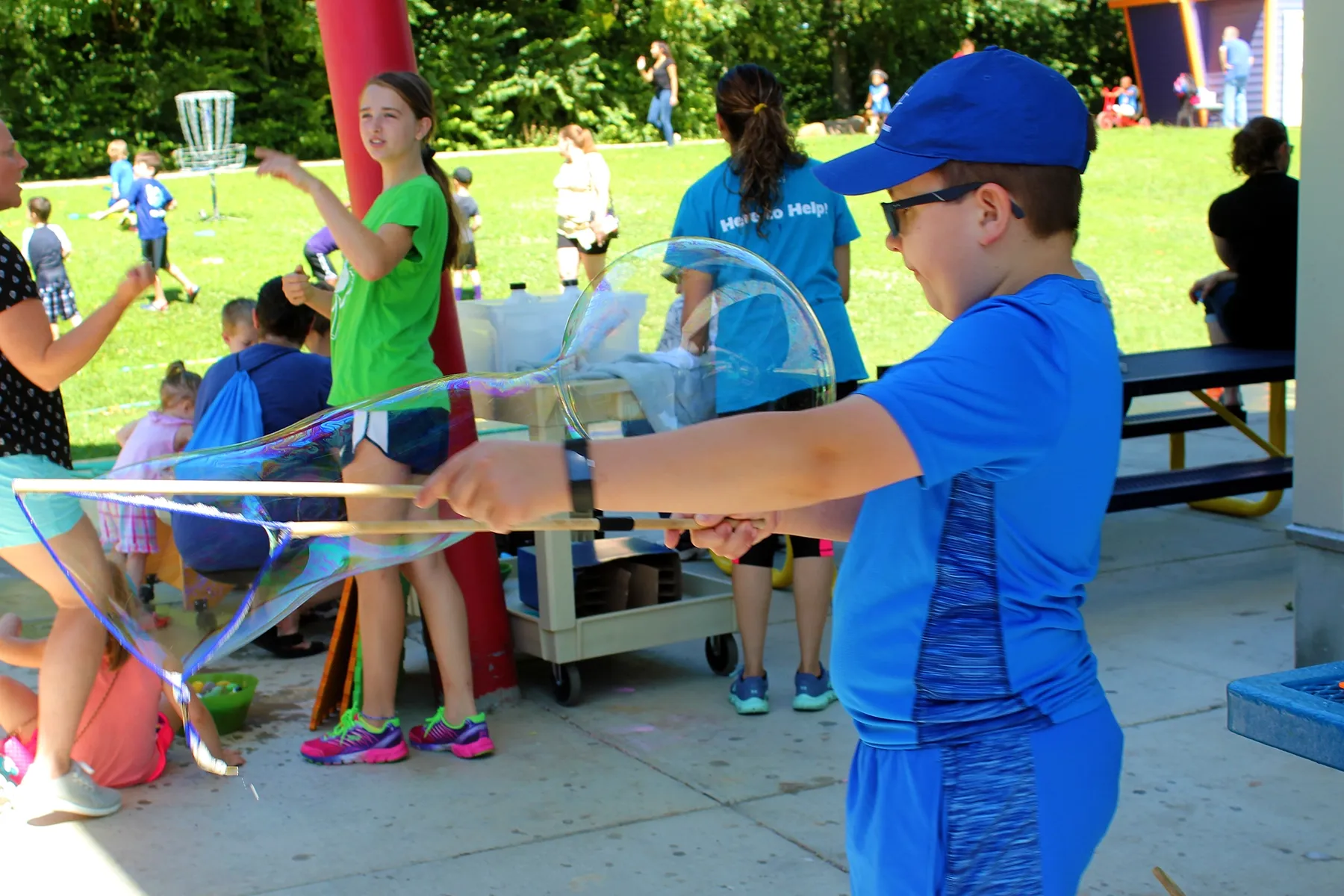
April 24, 2020
Bubble Mix Engineering: Discovery at Home
Find the solution! Caitlin and Laura respond to an urgent request from a viewer to help create the perfect bubble solution—and we get a...
-
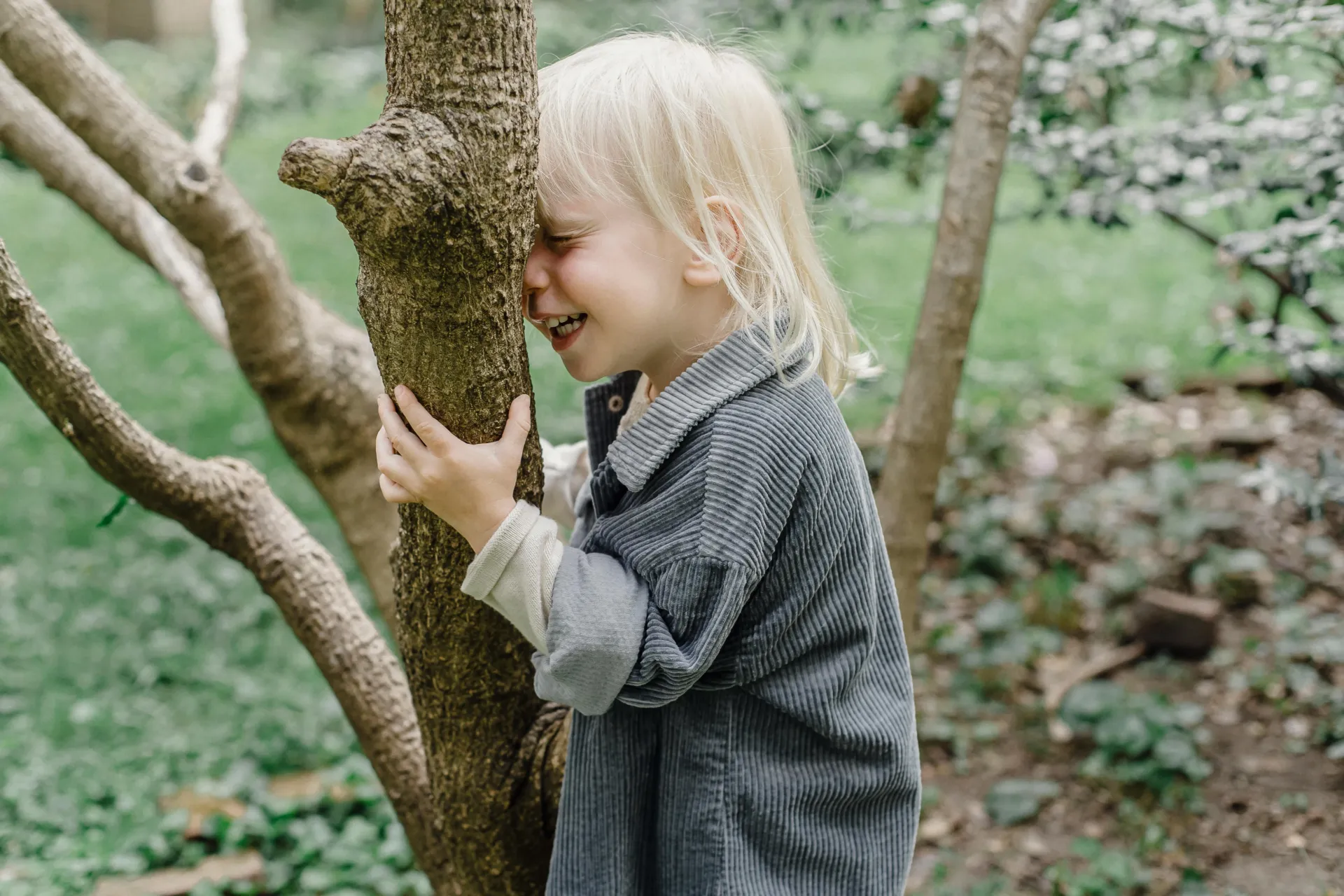
April 23, 2020
Yoga In The Garden: Discovery at Home
Tree pose! It's tree pose in the trees during yoga in the garden with local yoga instructor and friend of the Kansas Children's Discovery...
-

April 21, 2020
Dandelion Playdough: Discovery at Home
It's dandelion playdough with Nancy Nelson, Early Childhood Educator at the Kansas Children's Discovery Center! Mix dandelions into your...
-
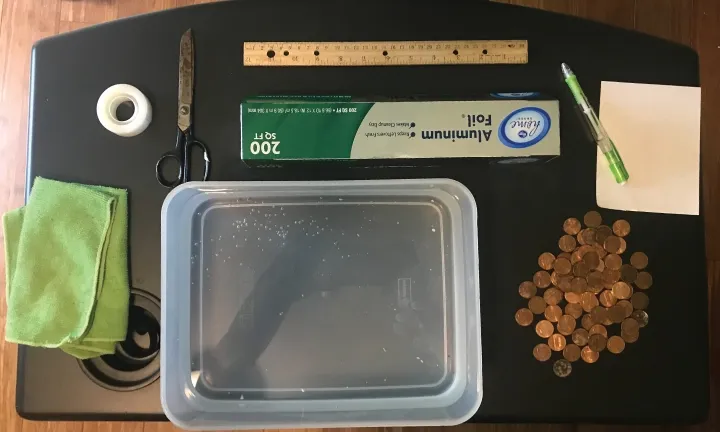
April 18, 2020
Foil Boat Build: Discovery at Home
See if this foil challenge floats your boat! What do kids learn from this activity? Engineering skills! Engineers learn to solve problems...
-
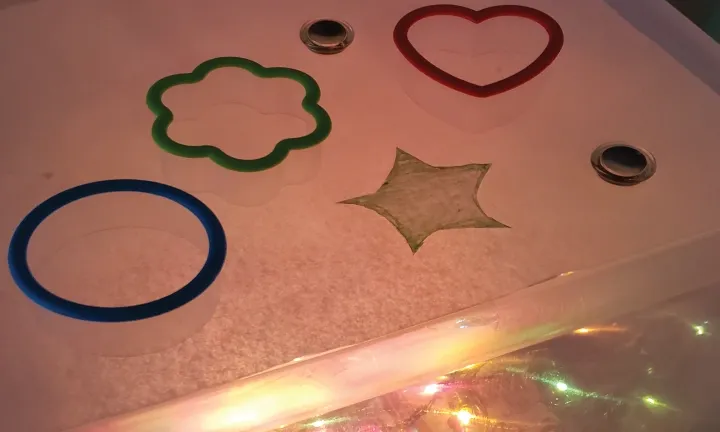
April 17, 2020
Light Table: Discovery at Home
It's a bright idea! Build a DIY light table with Caitlin Luttjohann, Director of STEAM Education at the Kansas Children's Discovery...
-
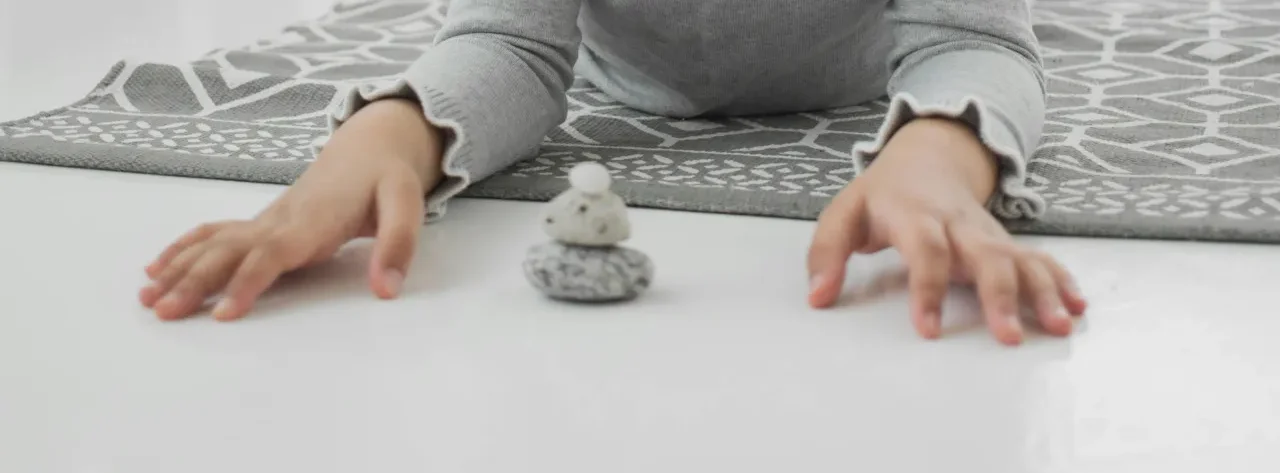
April 16, 2020
Stillness and Breathing: Discovery at Home
Take a breath. Local yoga instructor and friend of the Kansas Children's Discovery Center Kathy Damron joins us for a family yoga session!...
-
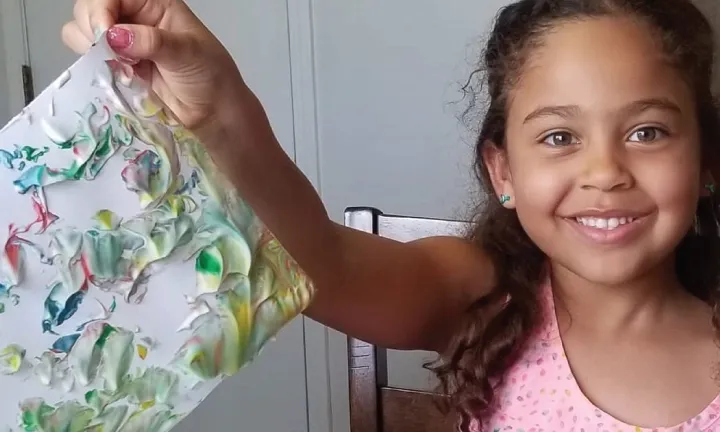
April 14, 2020
Shaving Cream Sensory Play: Discovery at Home
Let's get messy! Sensory play lets children touch, squeeze, smell and feel helps build connections in the brain that facilitate...
-
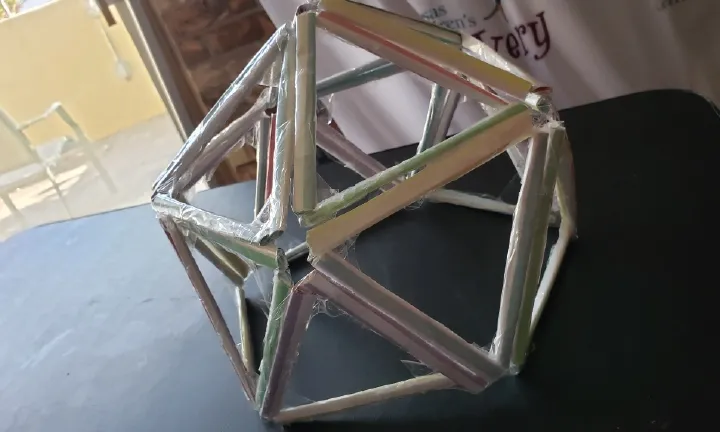
April 11, 2020
Geodesic Dome: Discovery at Home
Dome time! Build a geodesic dome with Caitlin Luttjohann, Director of STEAM Education at the Kansas Children's Discovery Center! This is...
-

April 10, 2020
Tree Climbing and Acceptable Risk: Discovery at Home
Nancy Nelson, Early Childhood Educator, is IN A TREE and talking about the importance of acceptable risk for children's physical and...
-

April 9, 2020
Bedtime Singing Bowls: Discovery at Home
Sing a song! Join us for singing bowls for bedtime (or naptime!) with local yoga instructor and friend of the Kansas Children's Discovery...
-
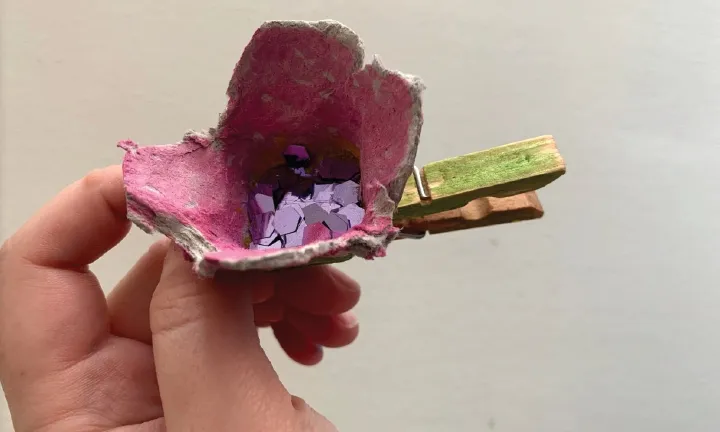
April 8, 2020
Egg Carton Flowers: Discovery at Home
Hatch some fun! We're hatching up some fun egg carton flowers with Sarina Smith from the Kansas Children's Discovery Center. Sarina is an...
-
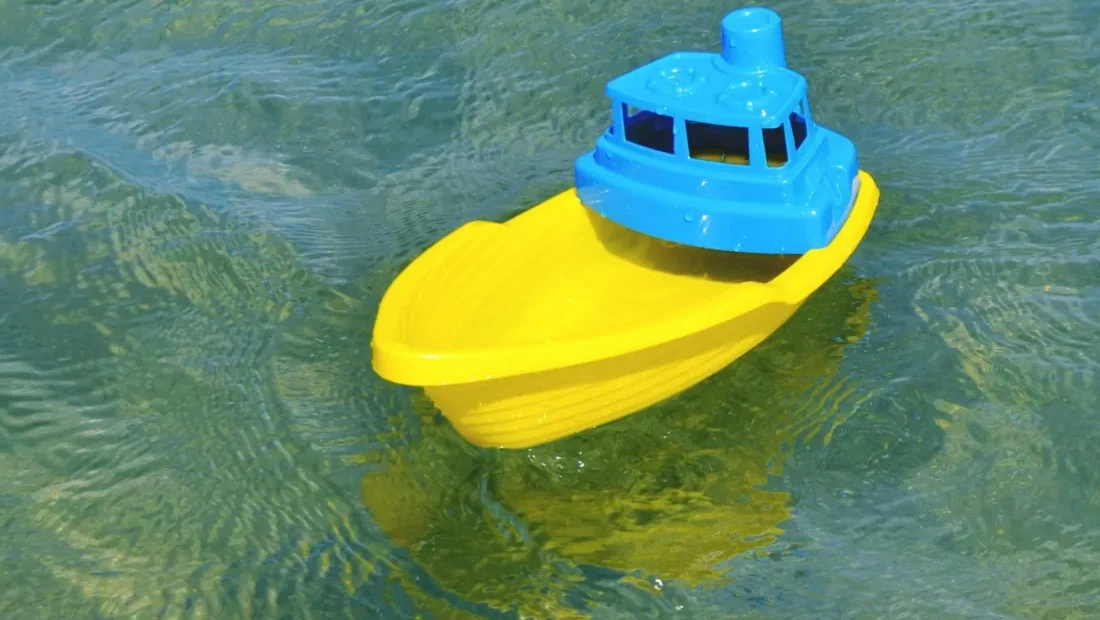
April 4, 2020
Sink or Float Science: Discovery at Home
Sinking science! We're sinking and floating with Nancy Nelson, Early Childhood Educator at the Kansas Children's Discovery Center! Find...
-

April 4, 2020
Paper Towel Roll Baby Play: Discovery at Home
Baby play! It's serious fun for babies with a finger play rhyme and paper towel roll play! Sally Wright, educator at the Kansas Children's...
-
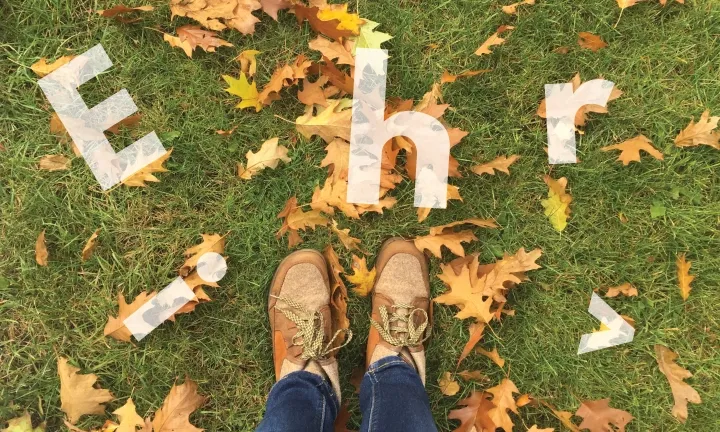
April 3, 2020
Letter Hunt: Discovery at Home
How many letters can you find in nature? Can you spell your name? What do kids learn by hunting for letters? Symbolic thinking, or the...
-

April 2, 2020
Kids and Family Yoga with Kathy Damron: Discovery at Home
Local yoga instructor and friend of the Kansas Children's Discovery Center Kathy Damron joins us for a family yoga session! Take a moment...
-

April 1, 2020
Paper Flowers: Discovery at Home
Paper flower art! Join Caitlin Luttjohann with assistance today from Catie Rutkowski, both from the Kansas Children's Discovery Center,...
-

March 30, 2020
Inertia Cup Trick: Discovery at Home
Tricky science! Join Caitlin Luttjohann, Director of STEAM Education at the Kansas Children's Discovery Center for a fun cup trick that...
-
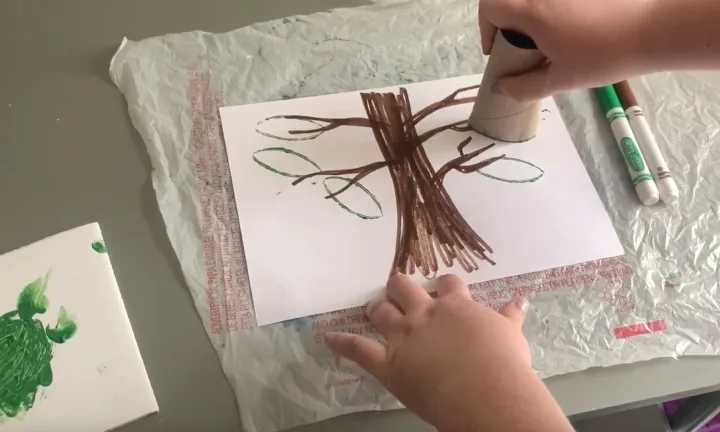
March 28, 2020
Tube Tree Painting Process Art: Discovery at Home
Make a tree! Create this fun tree artwork with Sarina Smith from the Kansas Children's Discovery Center. Sarina is an Art Studio major at...
-

March 28, 2020
Mini Beast Spotting: Discovery at Home
It's a mini beast spotting adventure! Bring your Nature Adventure Journal and go with Nancy on hunt for tiny creatures. Lift up rocks,...
-
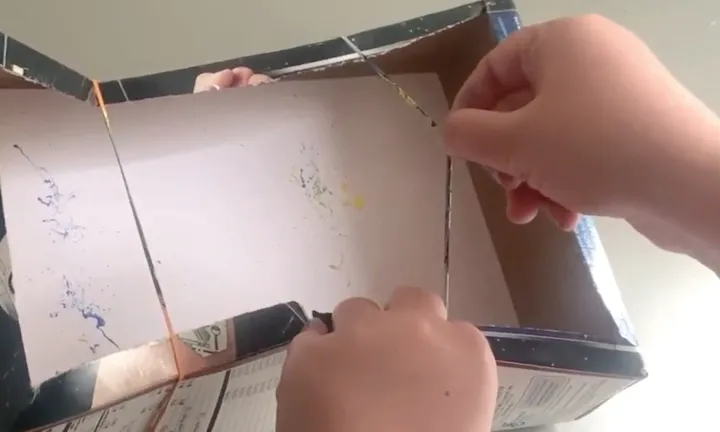
March 27, 2020
Rubber Band Process Art: Discovery at Home
Get snappy! Check out this snappy rubber band process art with Sarina Smith from the Kansas Children's Discovery Center. Sarina is an Art...
-
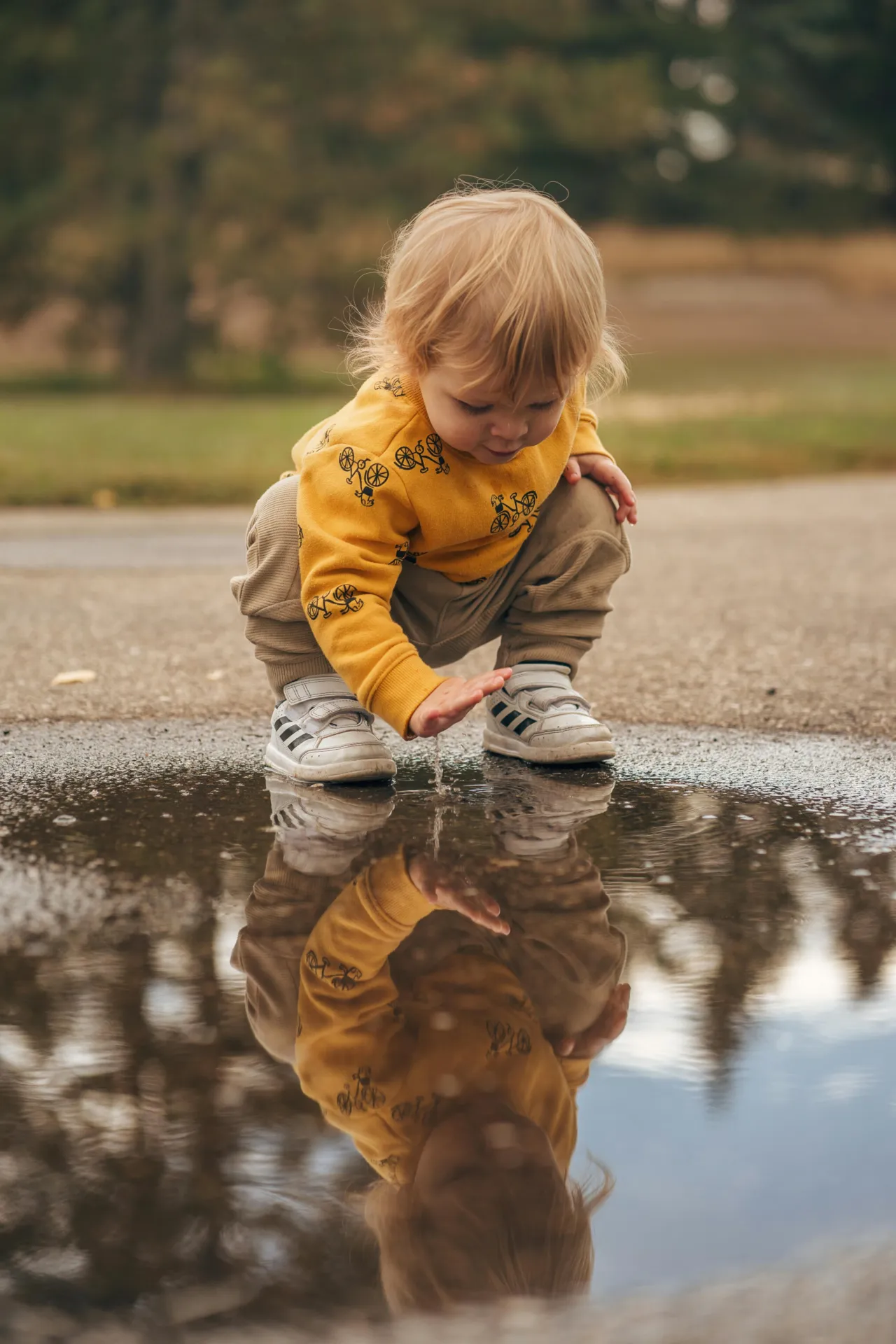
March 26, 2020
Water Spotting: Discovery at Home
Where's the water? Bring your Nature Adventure Journal and go with Nancy on a puddle hunt! Spot water wherever it flows, explore and...
-
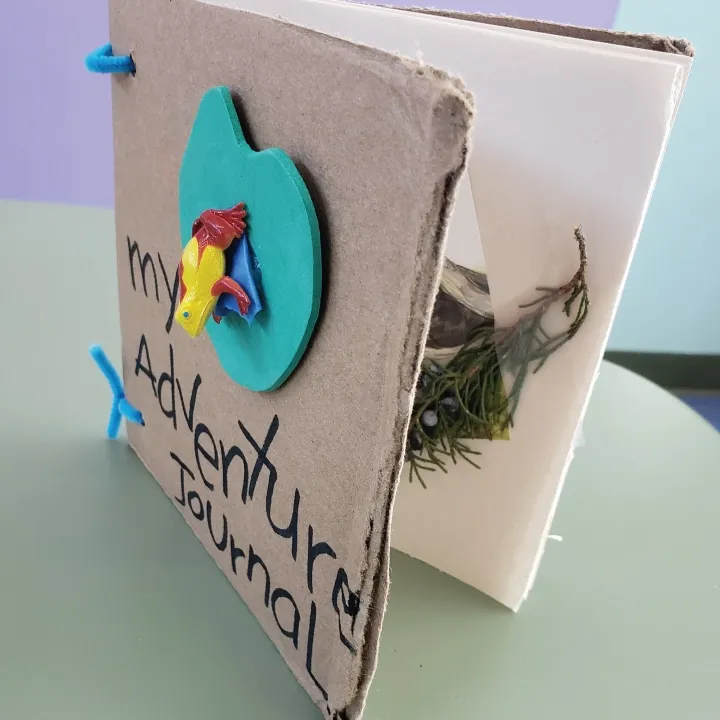
March 24, 2020
Nature Adventure Book: Discovery at Home
Make your very own Nature Adventure Journal! What do kids learn by making a journal? Journaling offers creativity and the ability to...
-
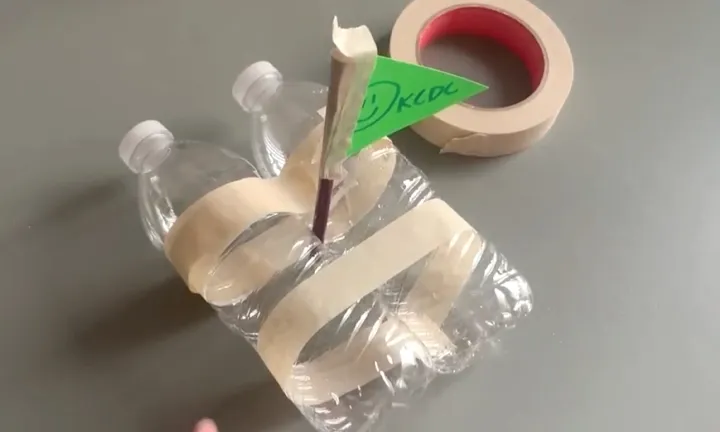
March 23, 2020
Water Bottle Boats: Discovery at Home
Row, row, row your boat! Build a water bottle boat with Sarina Smith from the Kansas Children's Discovery Center. Sarina is an Art Studio...
-
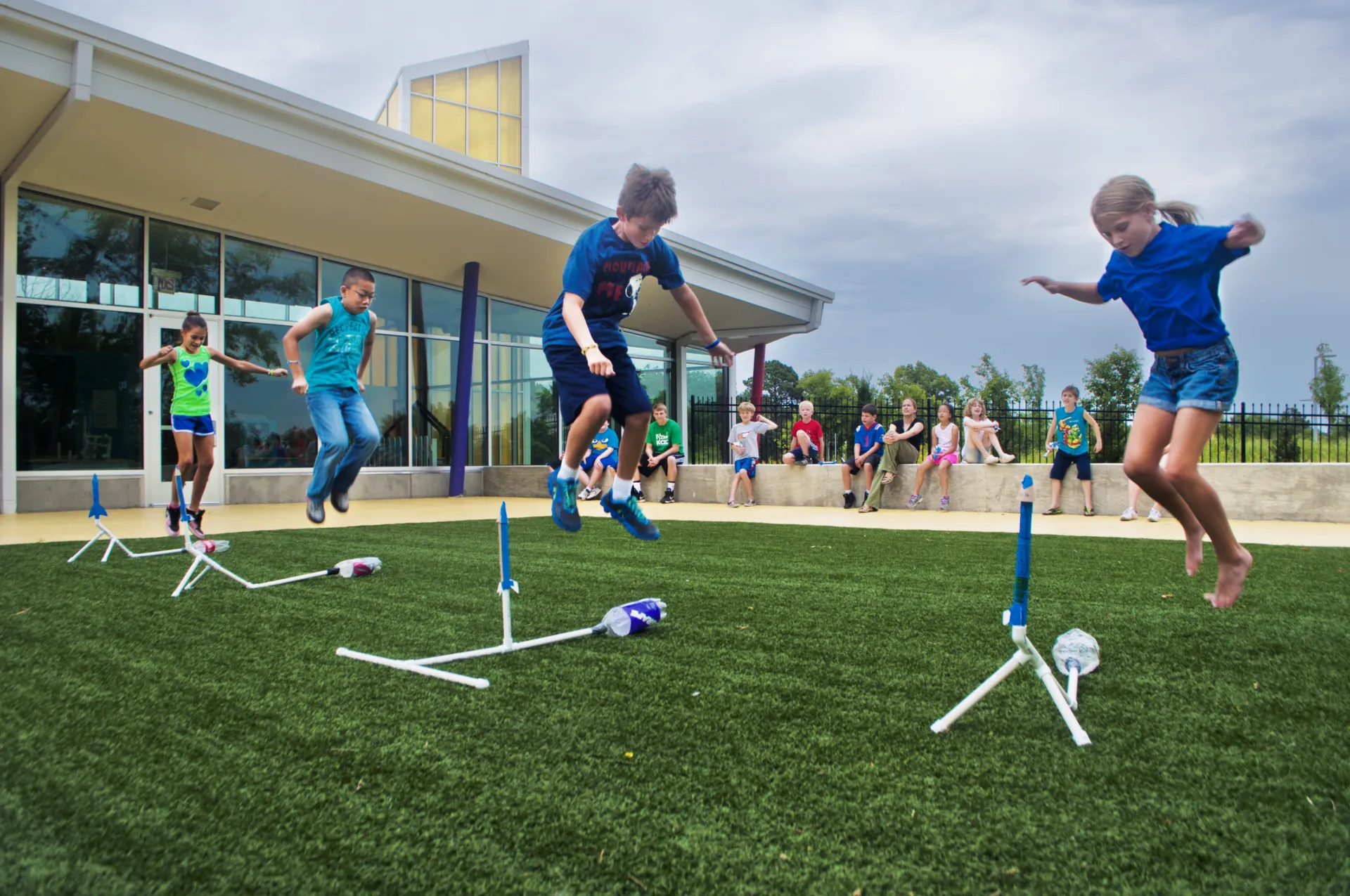
March 21, 2020
Stomp Rockets: Discovery at Home
Blast off! It's a Discovery Center classic: stomp rockets! Join Caitlin Luttjohann, Director of STEAM Education at the Kansas Children's...
-
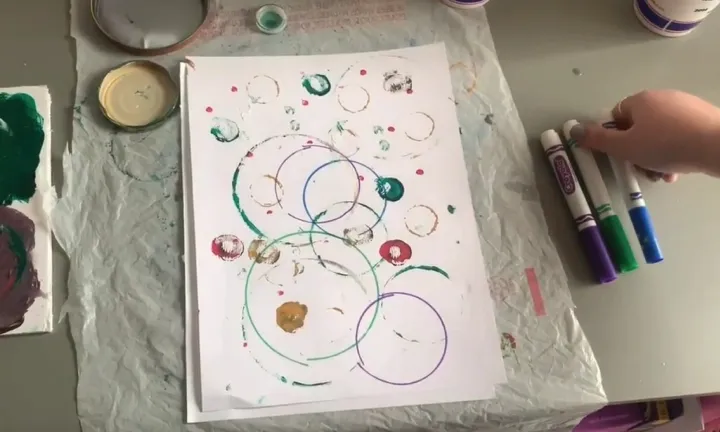
March 20, 2020
Circle Process Painting: Discovery at Home
Circular logic! Check out a circle process painting with Sarina Smith from the Kansas Children's Discovery Center. Sarina is an Art Studio...
-
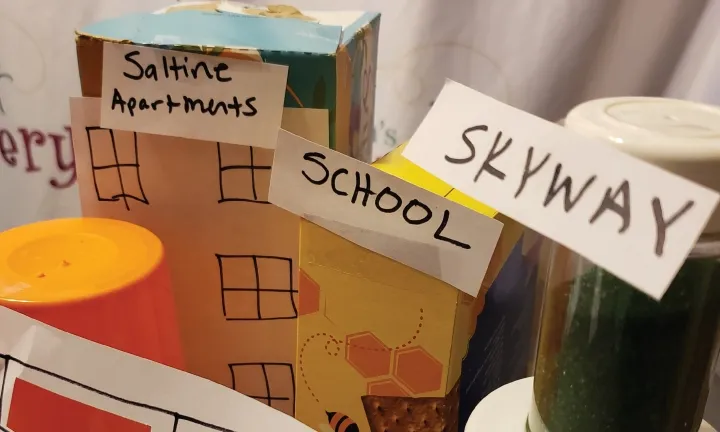
March 19, 2020
Recycled City: Discovery at Home
Build your city! What do kids learn by creating their own city? Symbolic thinking, or the ability to think about one thing representing...
-
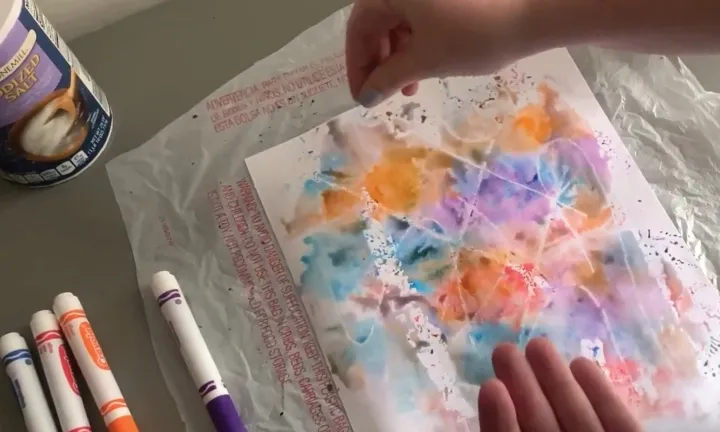
March 17, 2020
Watercolor Resist with Markers and Crayons: Discovery at Home
Resist! Check out a very cool watercolor resist technique with markers and crayons with Sarina Smith from the Kansas Children's Discovery...
-

March 16, 2020
Tallest Tower Competition: Discovery at Home
Materials Needed: 10 - 20 Plastic Cups (multiple sizes if possible) Tape measure Directions: Build the tallest tower...
-
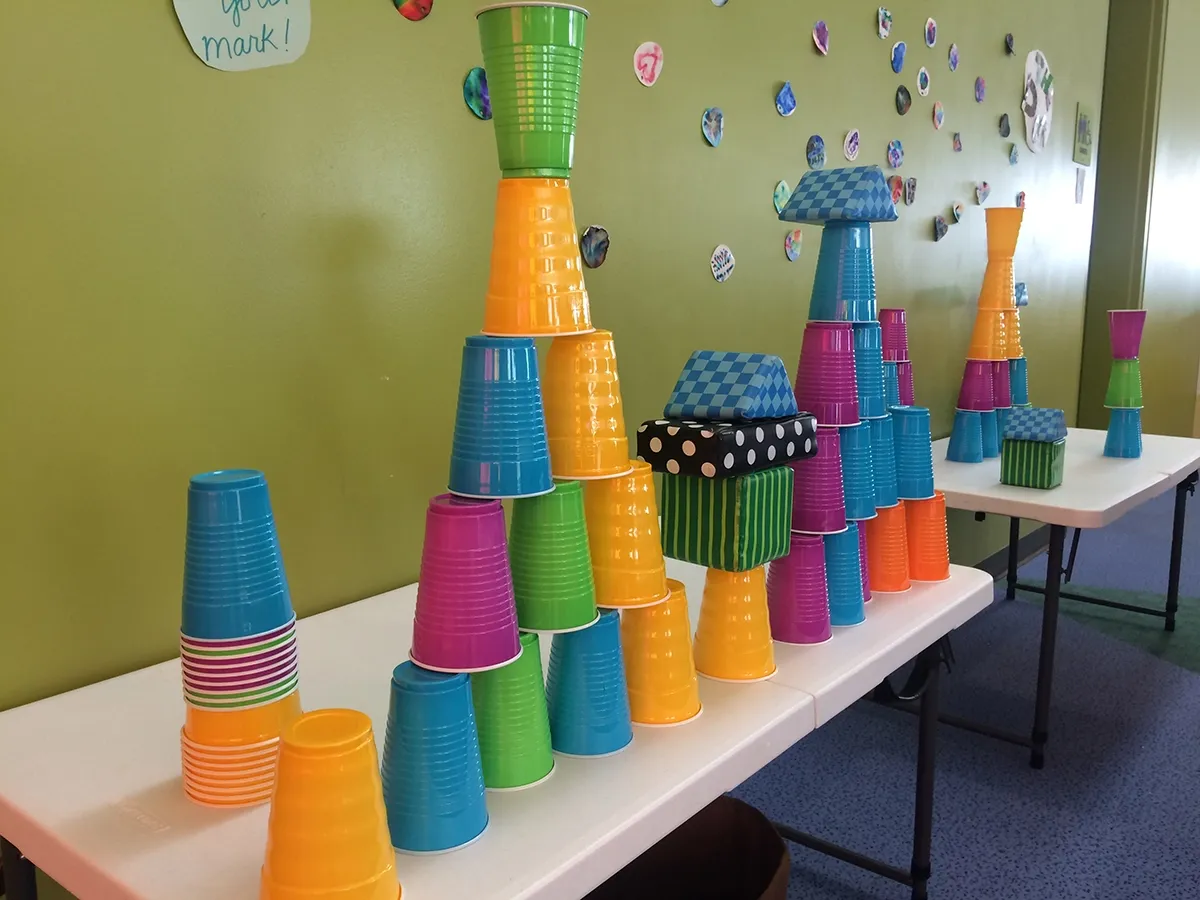
March 13, 2020
Curious Catapults: Discovery at Home
Ready... aim... Learn how to make a DIY catapult with Caitlin Luttjohann, Director of STEAM Education at the Kansas Children's Discovery...
-

March 8, 2020
Our Recipe for Slime: Discovery at Home
Slime: the gift that keeps on giving! Here's the slime recipe usually used by Discovery Center educators, who are truly slime...
-

October 18, 2019
Spooky Science Lava Lamps: Discovery at Home
Looking for a spooky science experiment to do at home? You can make your own lava lamp at home with a few simple materials—no heat...
-

October 14, 2019
Crystal Creations: Discovery at Home
It is officially spooky season! We’ve got a fun and easy way for you to create some cool crystal creations! You can decorate your home, or...
-
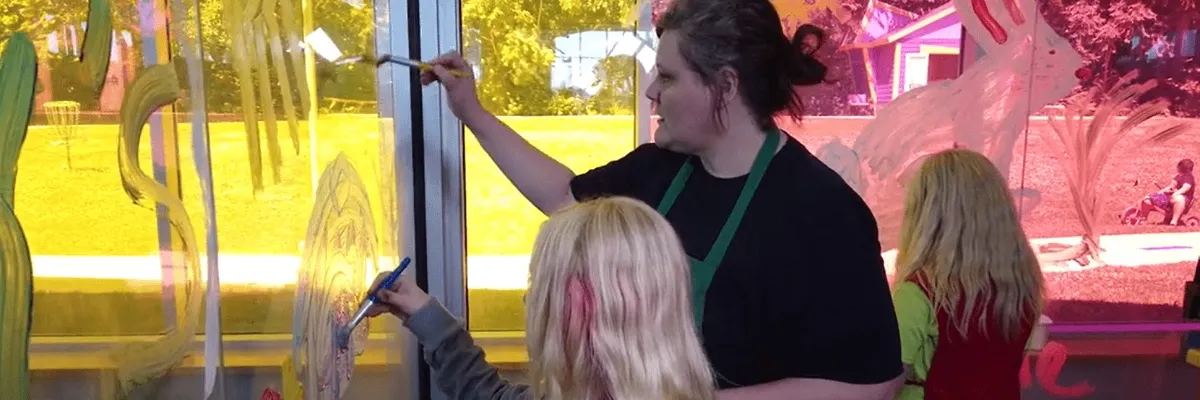
October 14, 2019
New video offers an inside look at a children's museum serving children with incarcerated moms
New video offers an inside look at a children's museum serving children with incarcerated moms A new video highlights our Play Free...
-
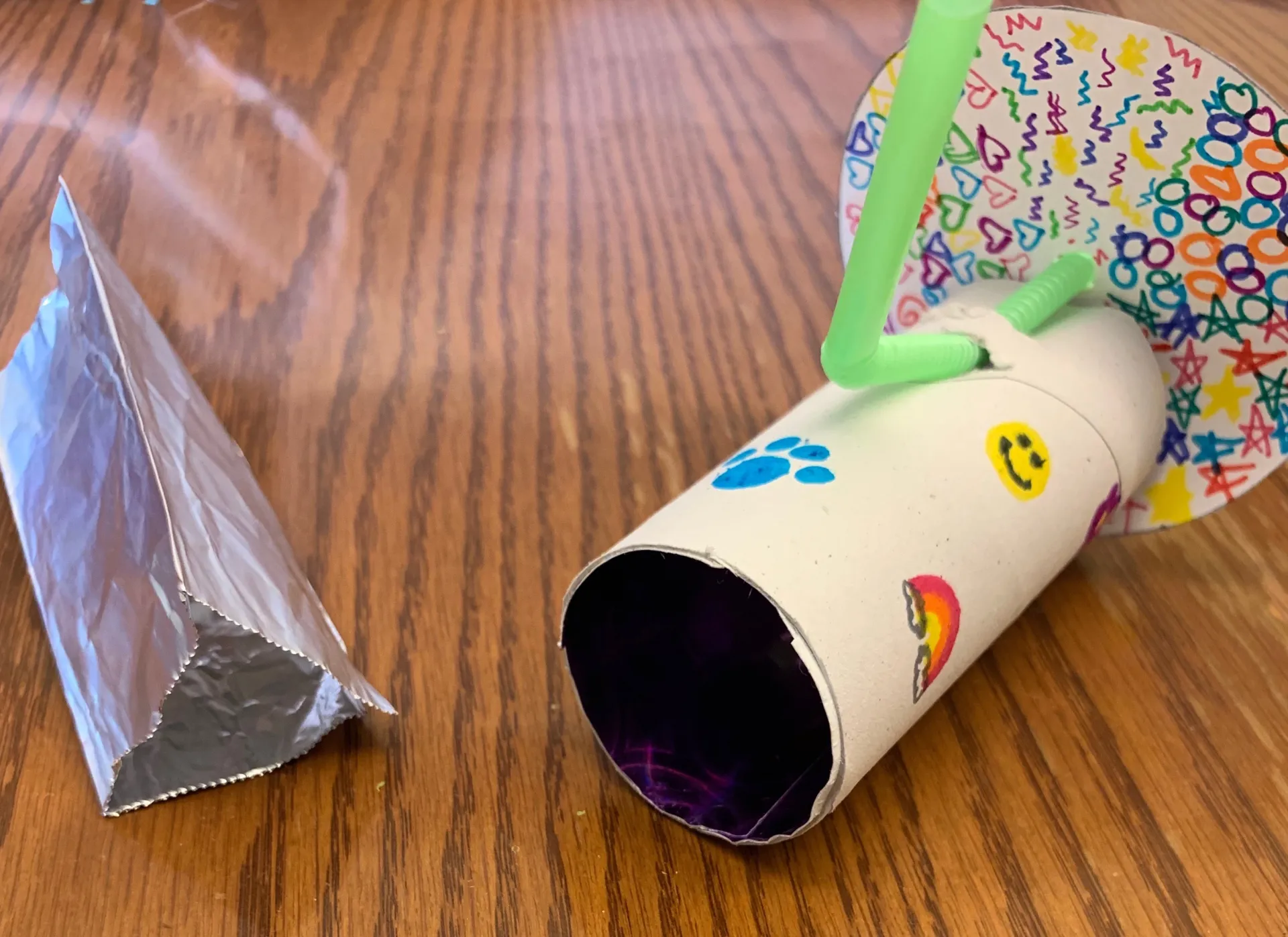
August 19, 2019
Paper Towel Tubes Engineering: Discovery at Home
We're on a roll! What do you do with your empty paper towel and toilet paper tubes? Don’t throw them out, upcycle them! We’ve got five...
-
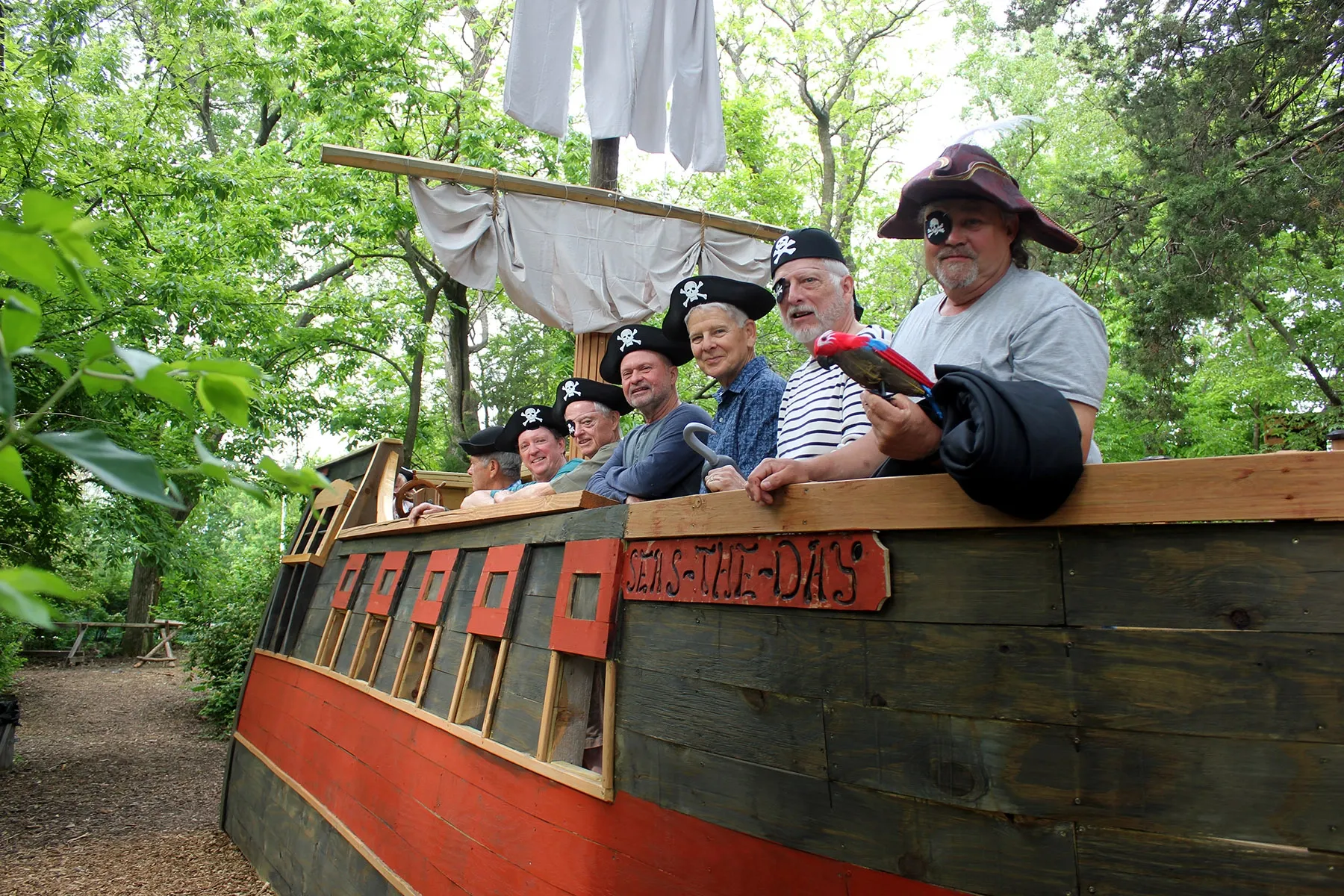
May 15, 2019
Discovery Center Ship Sets Sail
Discovery Center Ship Sets Sail The Kansas Children’s Discovery Center opened a new outdoor pirate ship! The ship was designed and built...
-
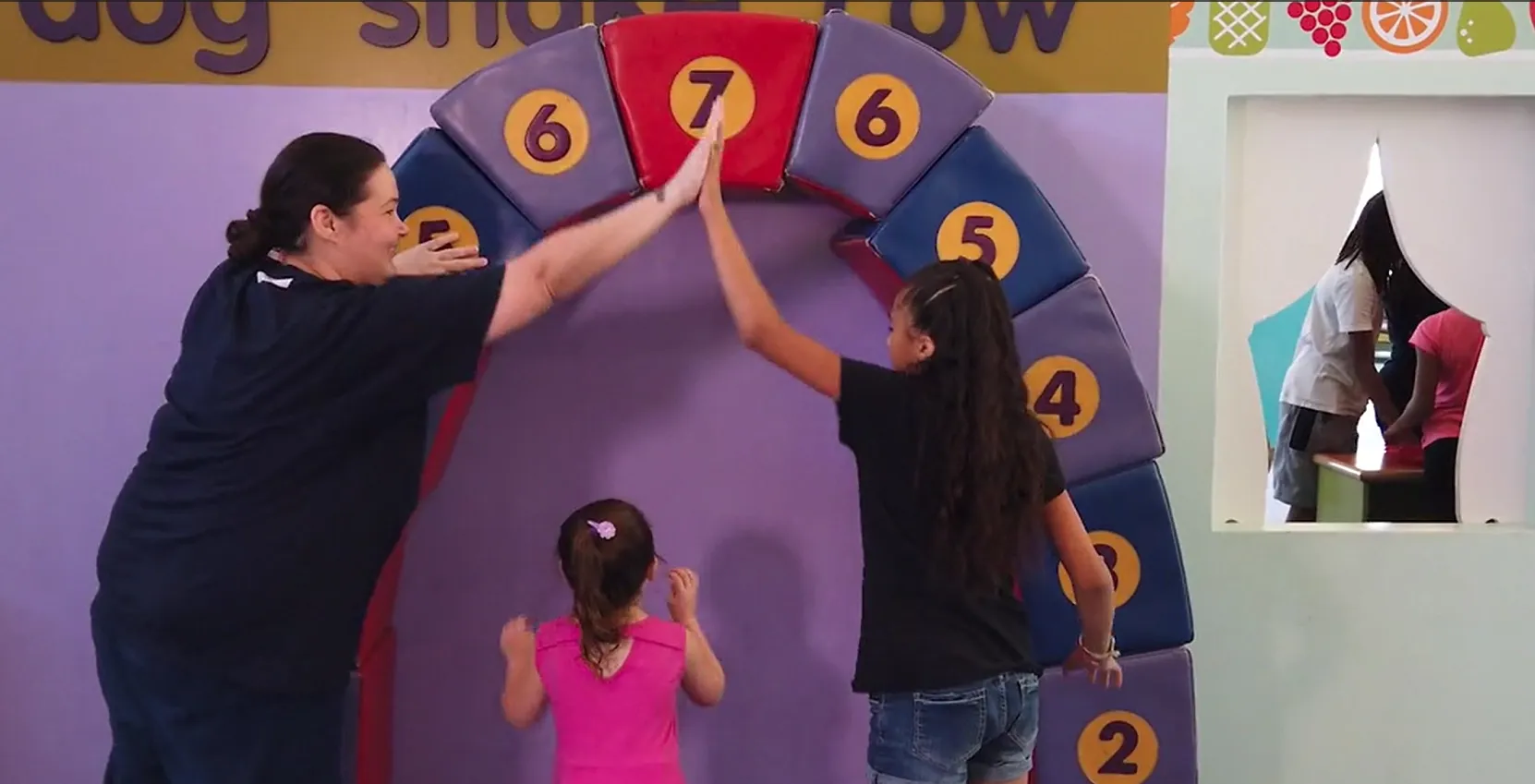
March 18, 2019
Discovery Center on CNN: More mothers are ending up behind bars. Meeting the needs of their children is becoming a bigger priority
More mothers are ending up behind bars. Meeting the needs of their children is becoming a bigger priority Anissa Gray, CNN March 18,...
-

December 11, 2018
Winter Weather Safety Tips from Dr. Holly Serk
Winter Weather Safety By Dr. Holly Serk When the weather outside becomes frightful, finding ways to keep your family safe, healthy and...
-
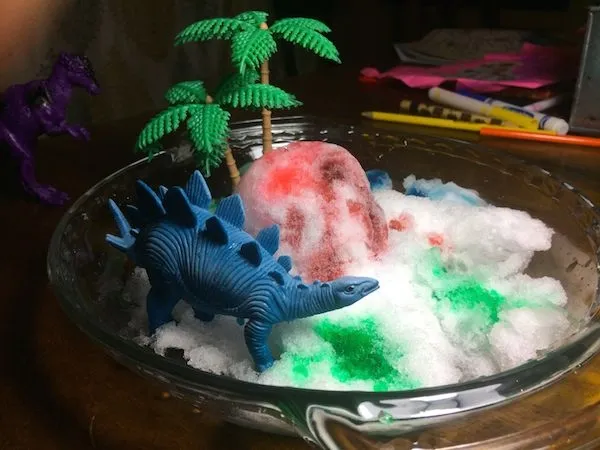
November 25, 2018
Snow Fun! Snow Art at Home
Snow much fun! When schools are closed, it's a great time to chill out with a little indoor snow play! You can have serious fun with snow...
-
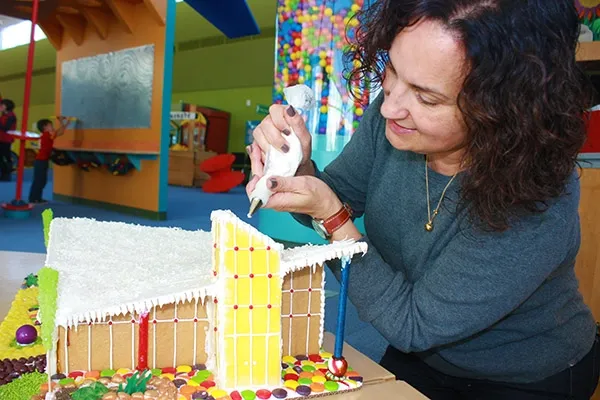
November 16, 2018
A Sweet Museum!
A Sweet Museum! For the second year, Discovery Center board member and volunteer Ximena Garcia has created a gingerbread version of the...
-

August 17, 2018
A Teacher's Six Simple Steps For the Start of School
A Teacher's Six Simple Steps For the Start of School by Nicole Meier Ready or not, the first day of school is coming! Here are just a...
-

July 11, 2018
Getting Socially Ready for School: Four Tips from a Kindergarten Teacher
Getting Socially Ready for School: Four Tips from a Kindergarten Teacher by Nicole Meier Heading off to kindergarten can be a time of...
-

June 7, 2018
10 Ways to Get Your Child Ready for Kindergarten
10 Ways to Get Your Child Ready for Kindergarten Kindergarten is an exciting adventure. It can also be a big change for many kids. Here...
